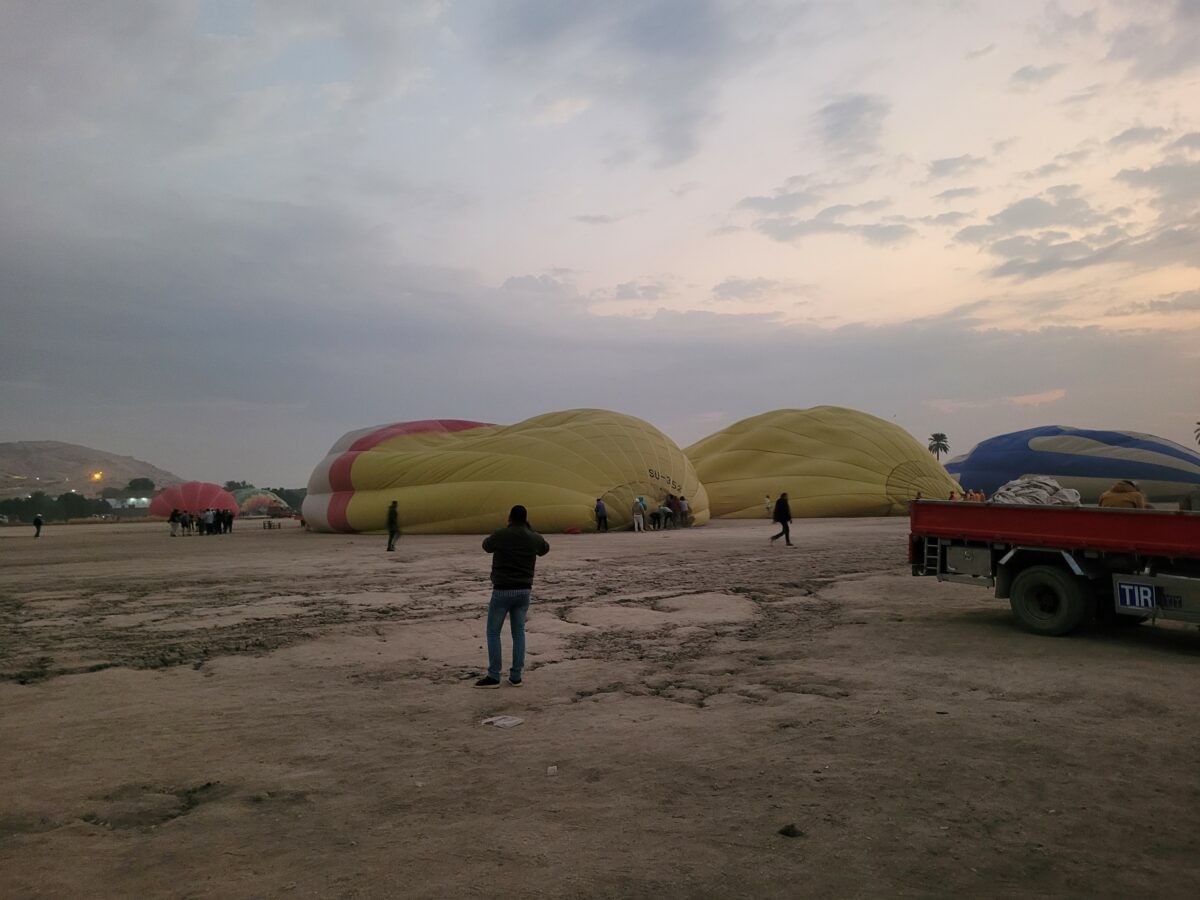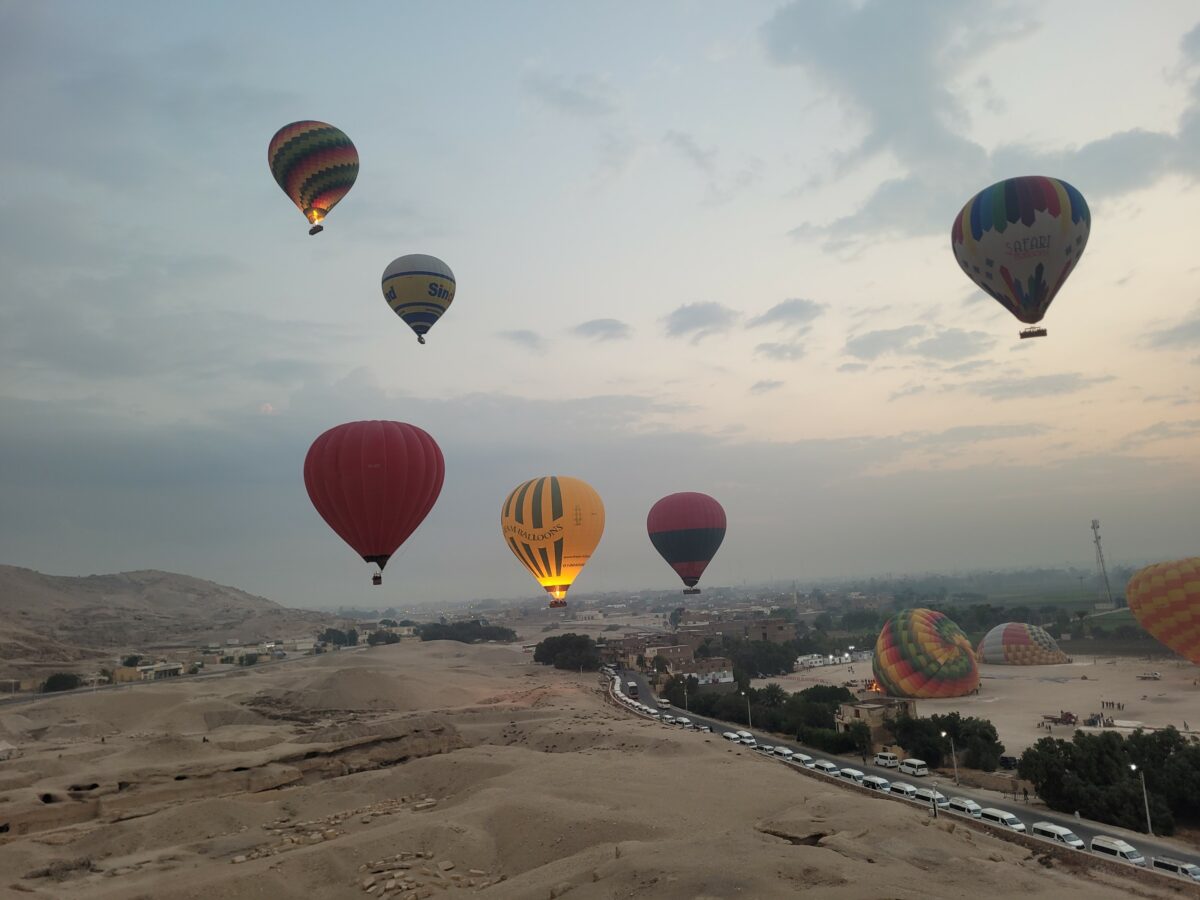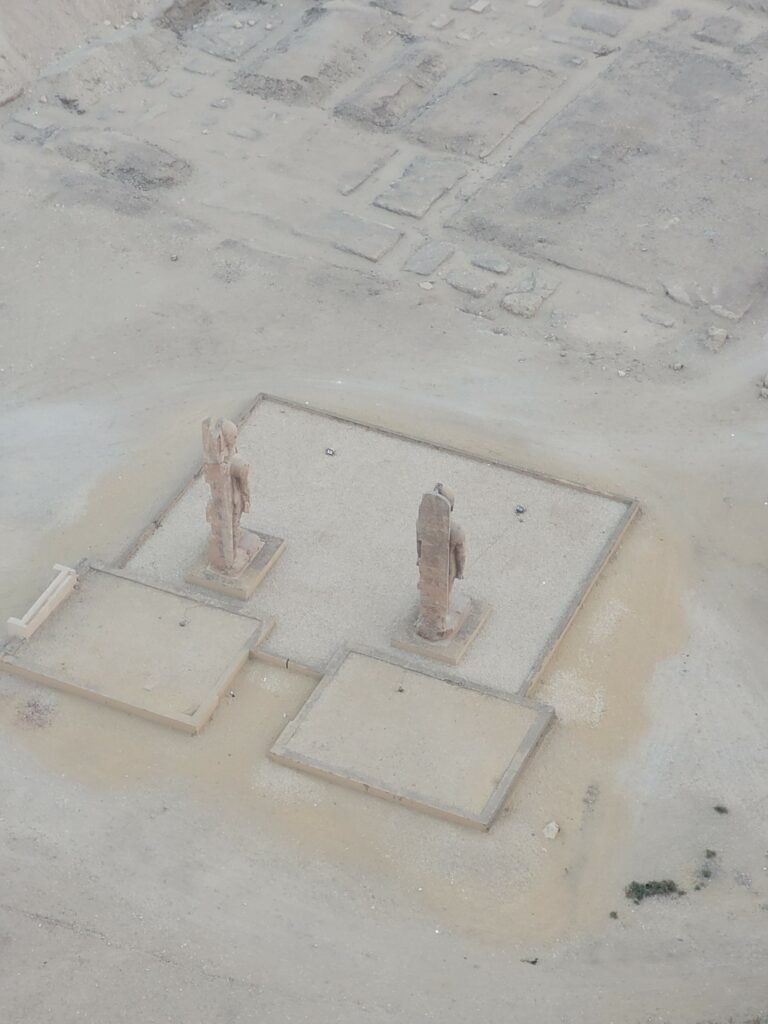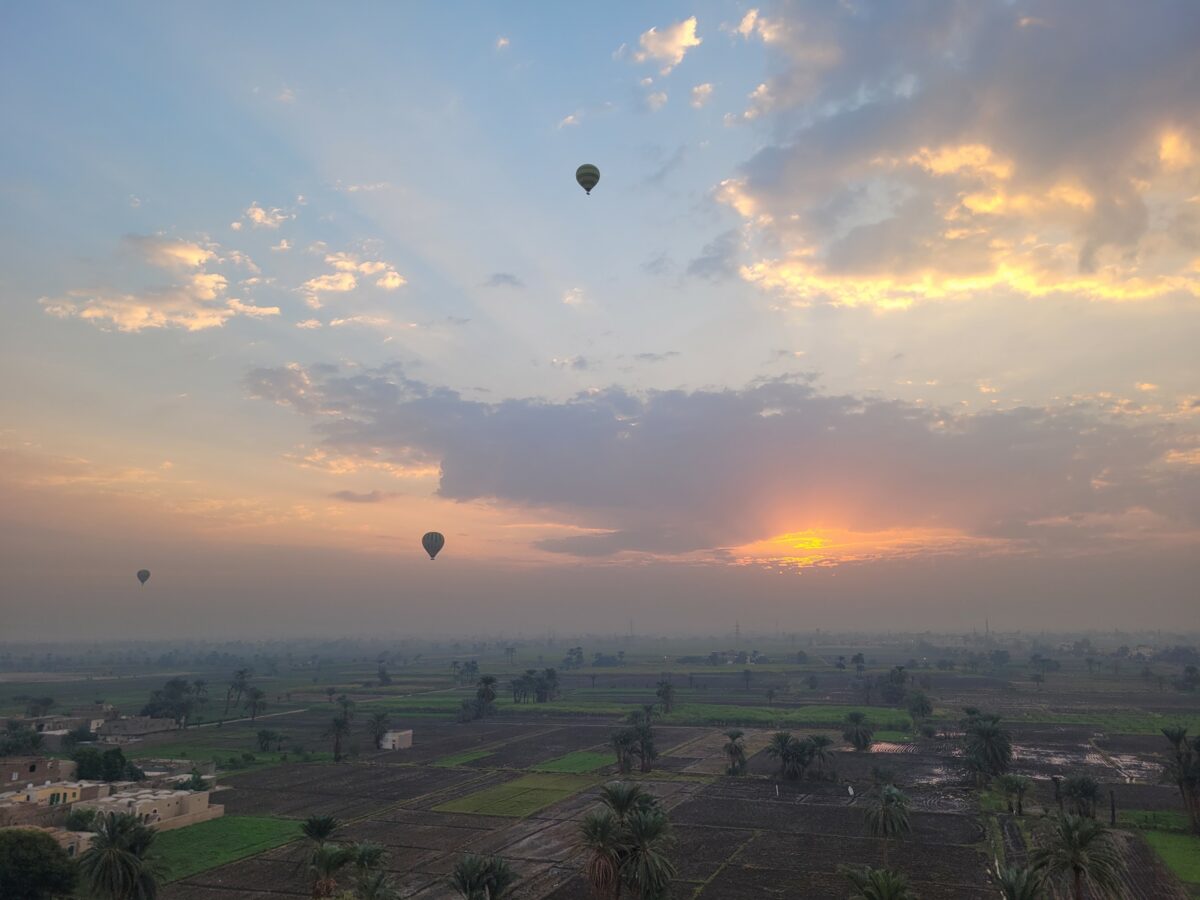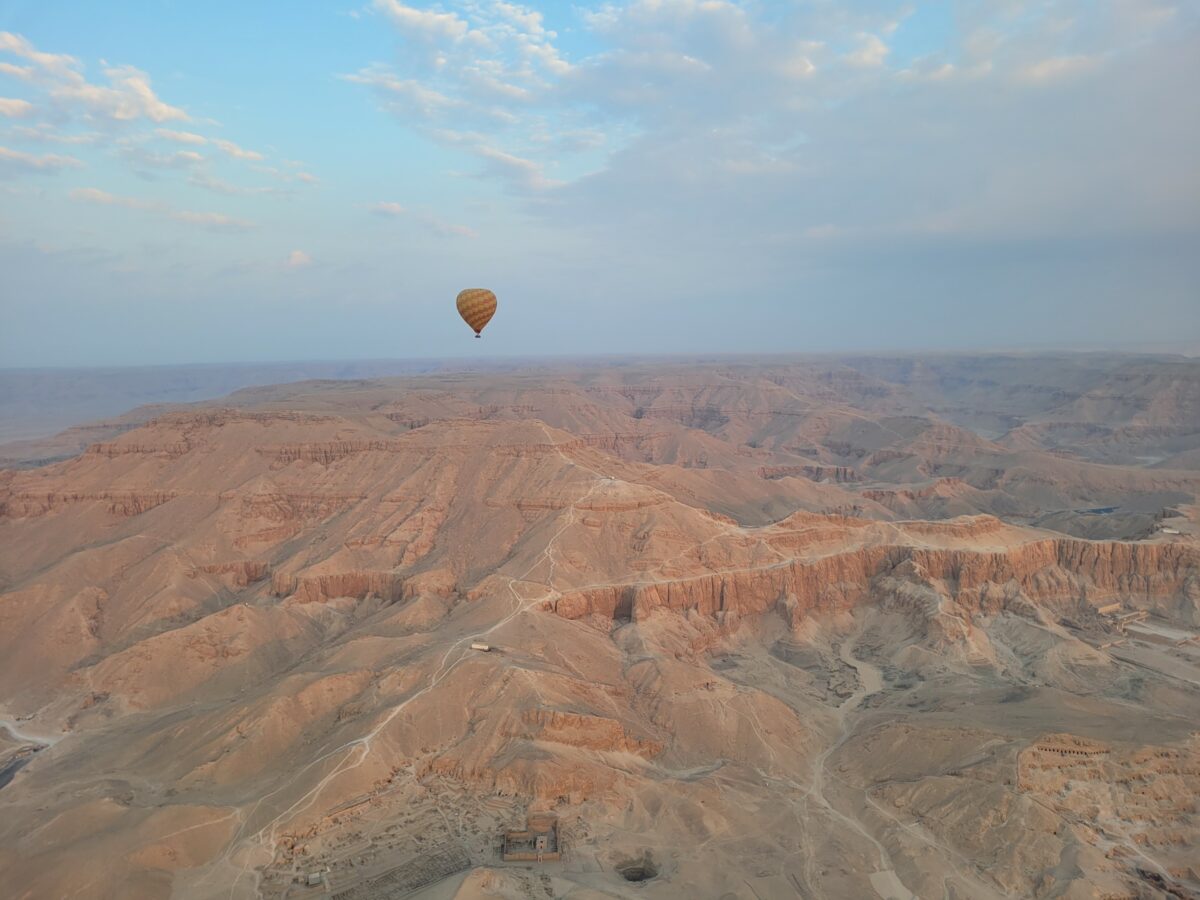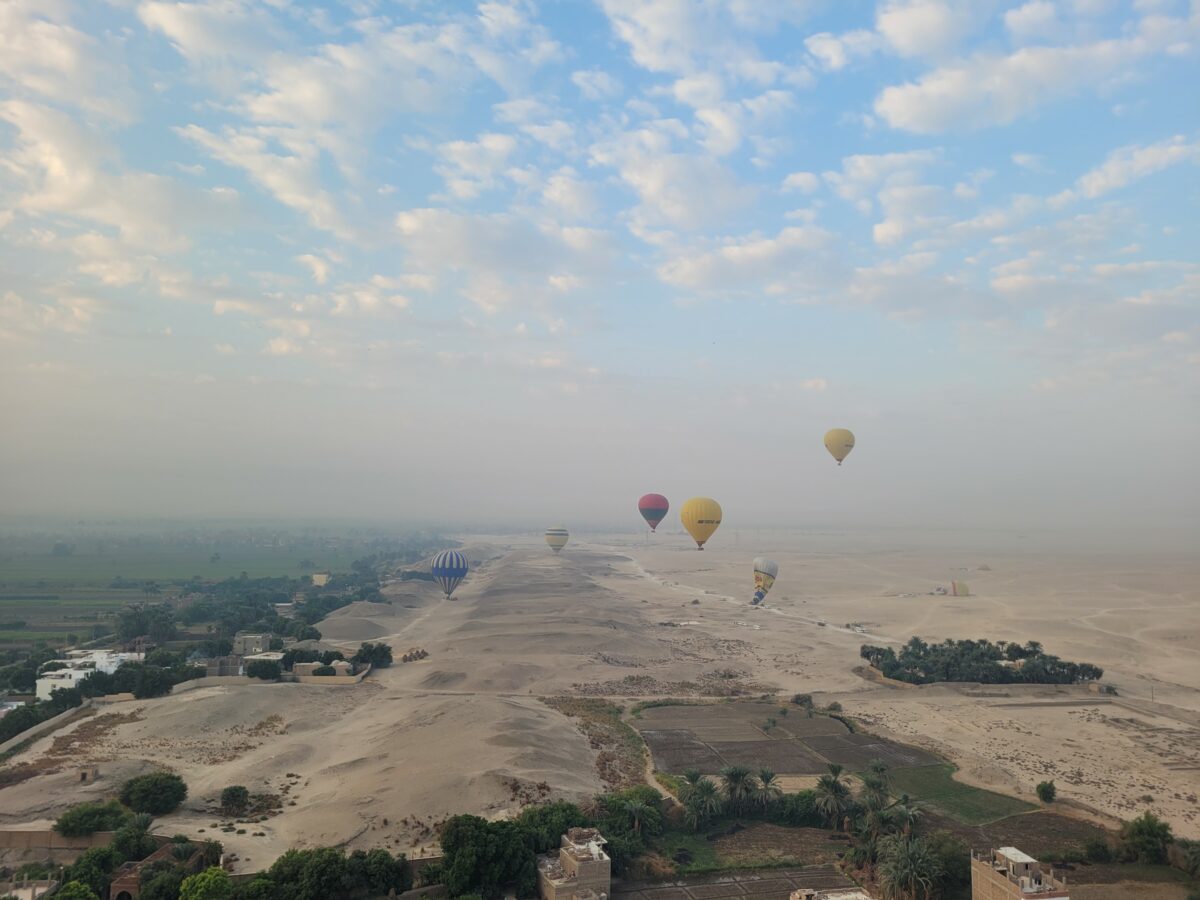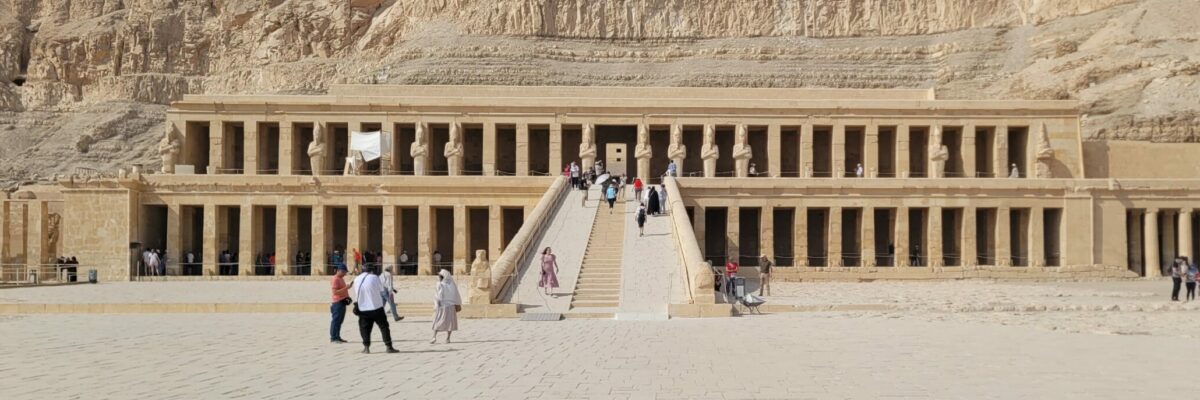
Luxor, often referred to as the “world’s greatest open-air museum,” is a city on the east bank of the Nile River in southern Egypt. It stands as a testament to the grandeur and magnificence of ancient Egyptian civilization, boasting an array of temples, tombs, and monuments that attract visitors from all corners of the globe. From the mystical Valley of the Kings to the awe-inspiring Karnak Temple, Luxor is a treasure trove of history and culture waiting to be explored.
Valley of the Kings
The Valley of the Kings is perhaps the most famous archaeological site in Luxor, serving as the final resting place for numerous pharaohs and nobles of the New Kingdom. Carved into the limestone cliffs on the west bank of the Nile, this necropolis is home to elaborately decorated tombs adorned with intricate hieroglyphics and vibrant murals. Visitors can explore several of these tombs, including the renowned tomb of Tutankhamun, with its treasures that captivated the world when discovered by Howard Carter in 1922.
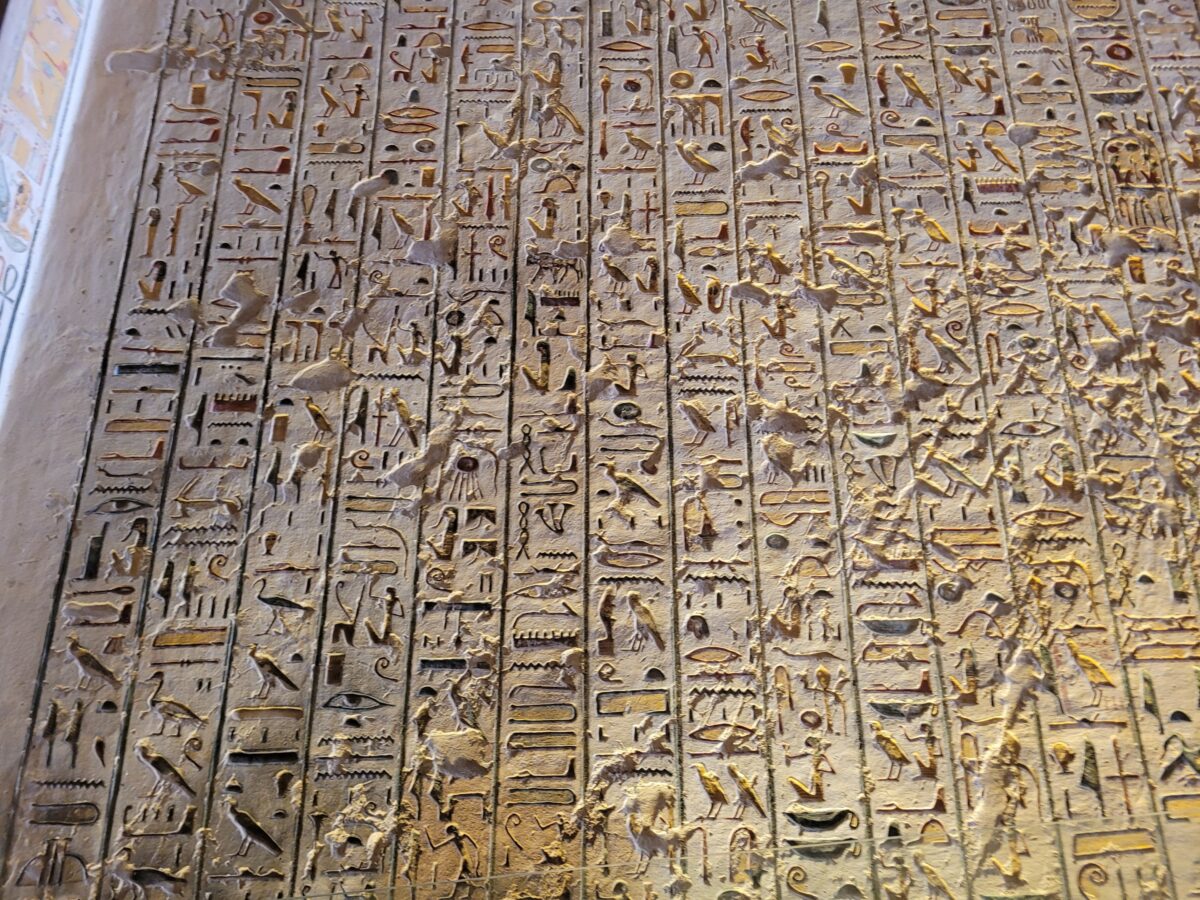
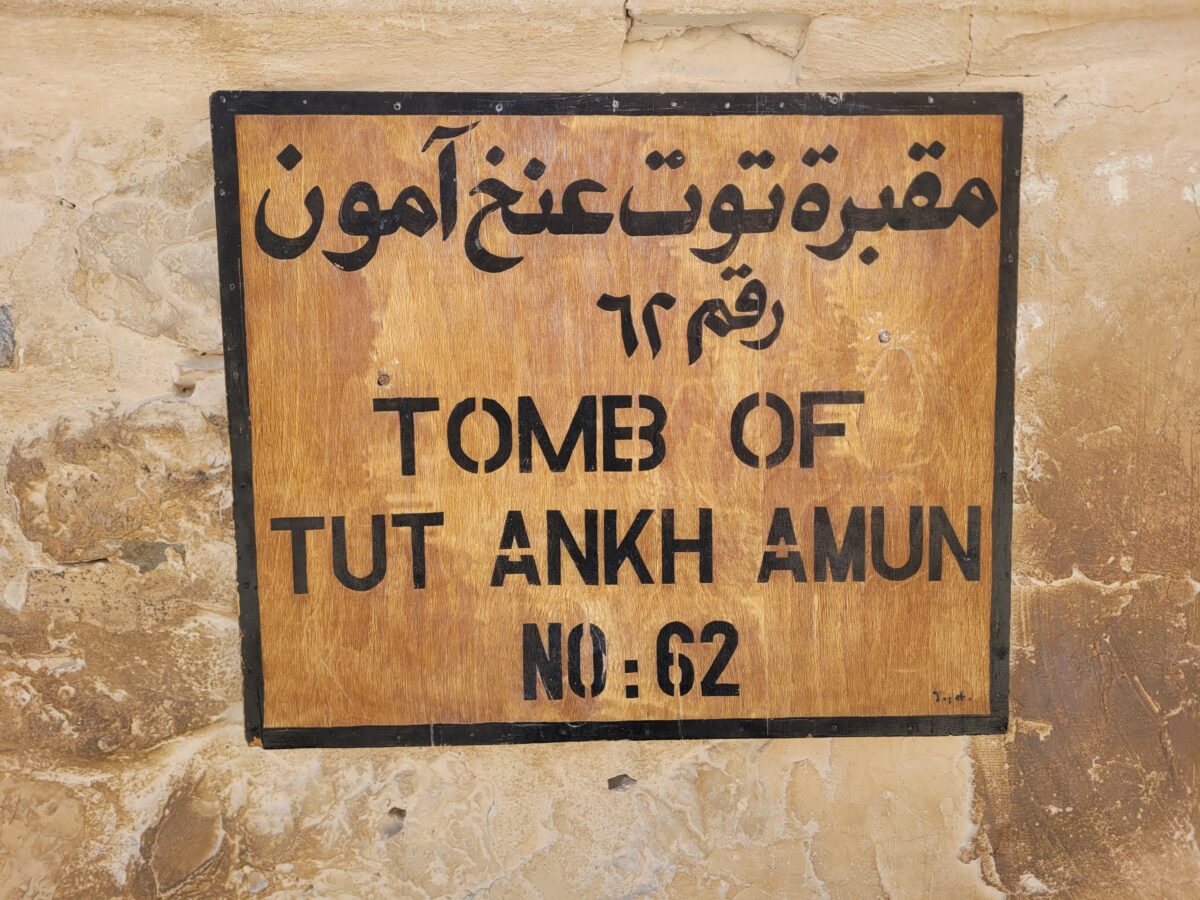
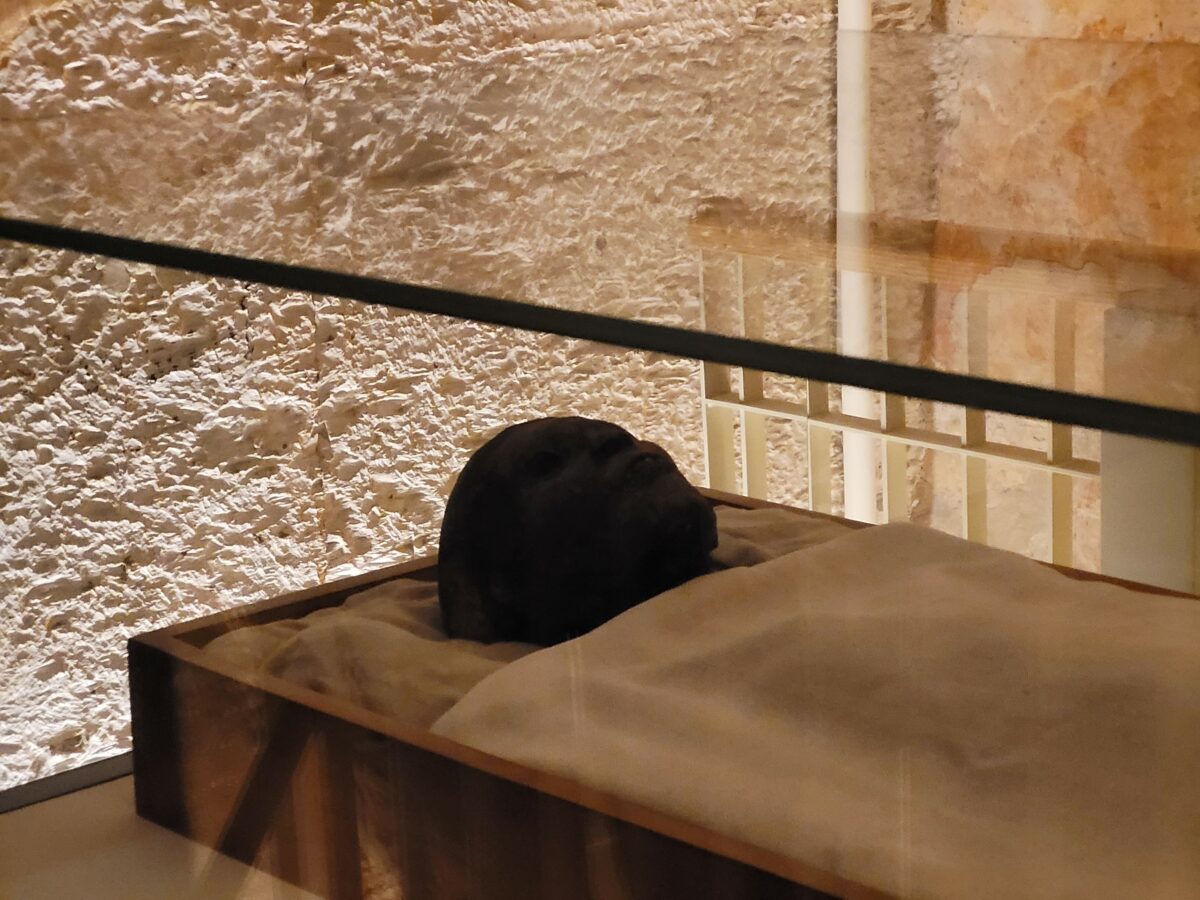
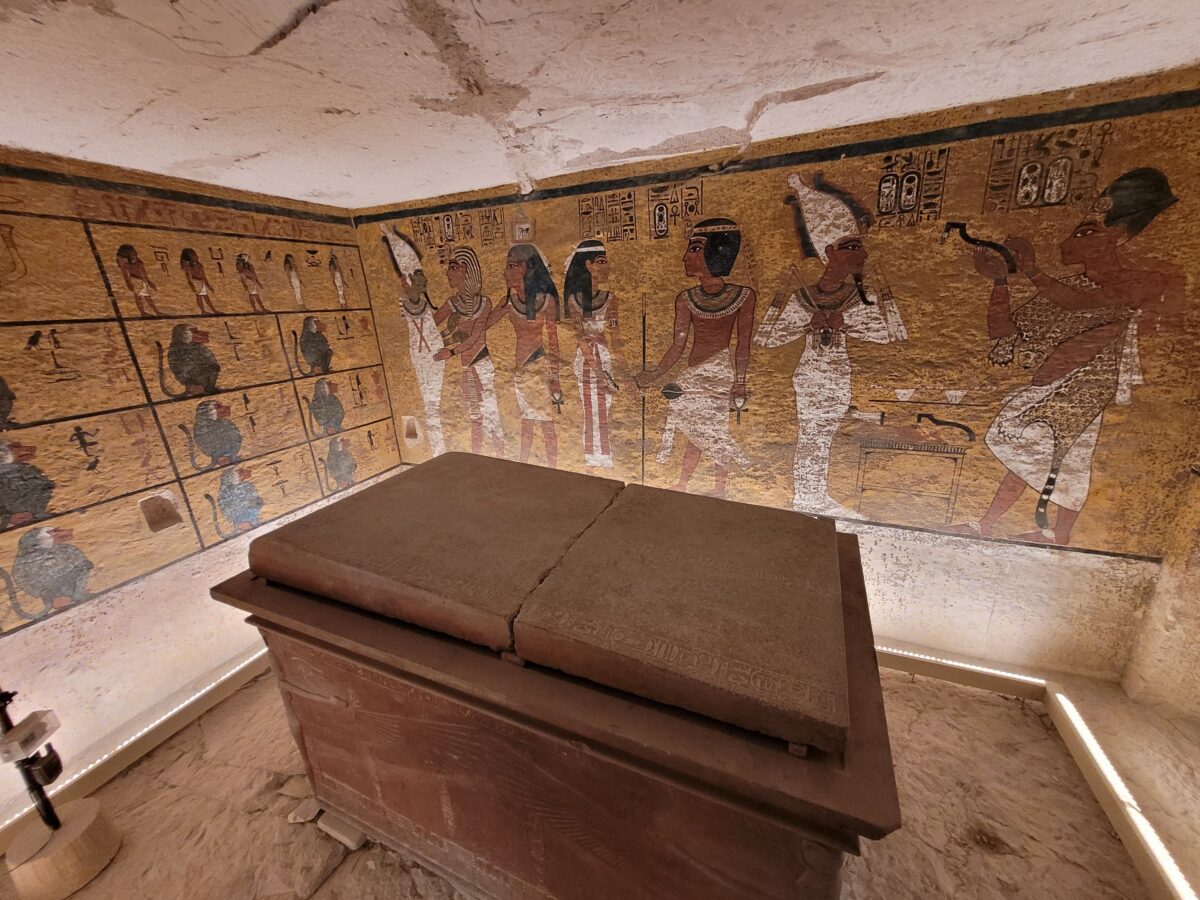
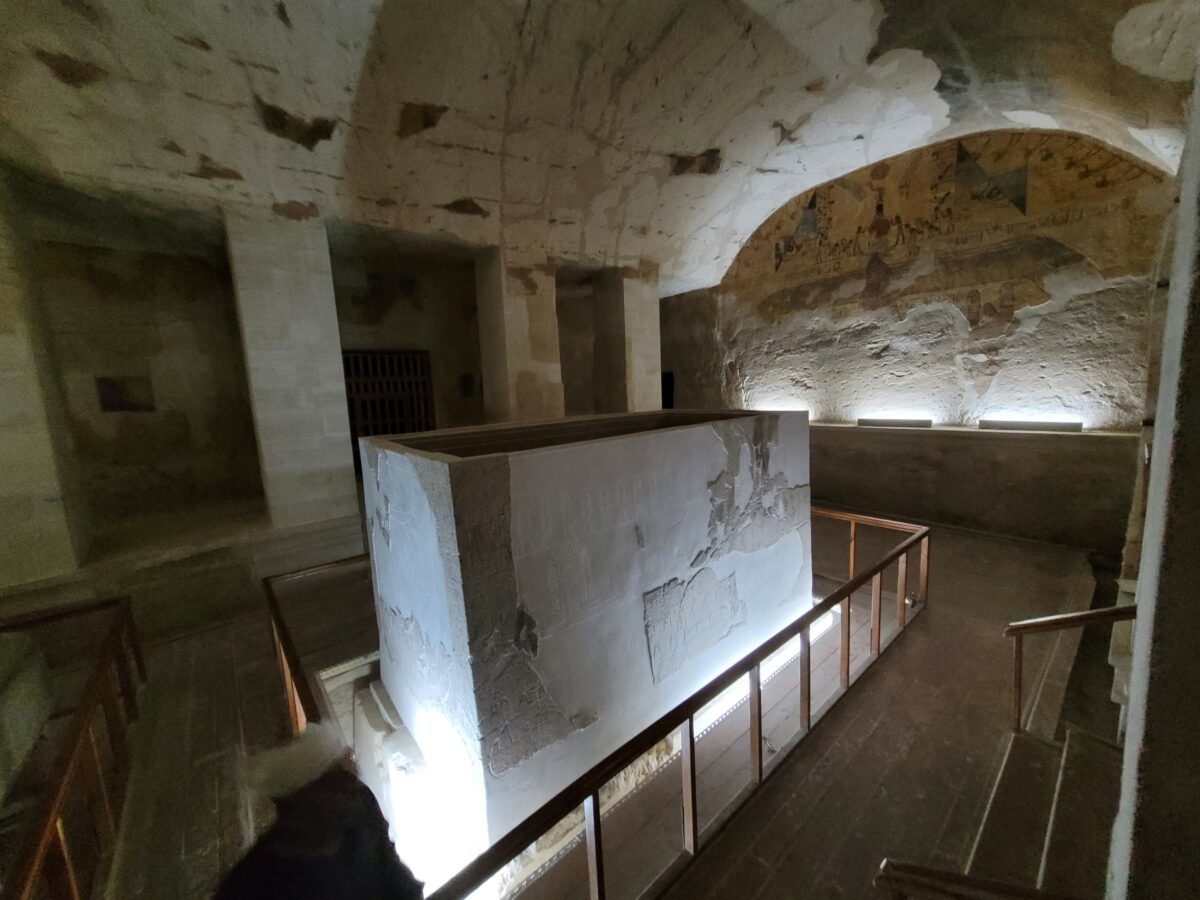
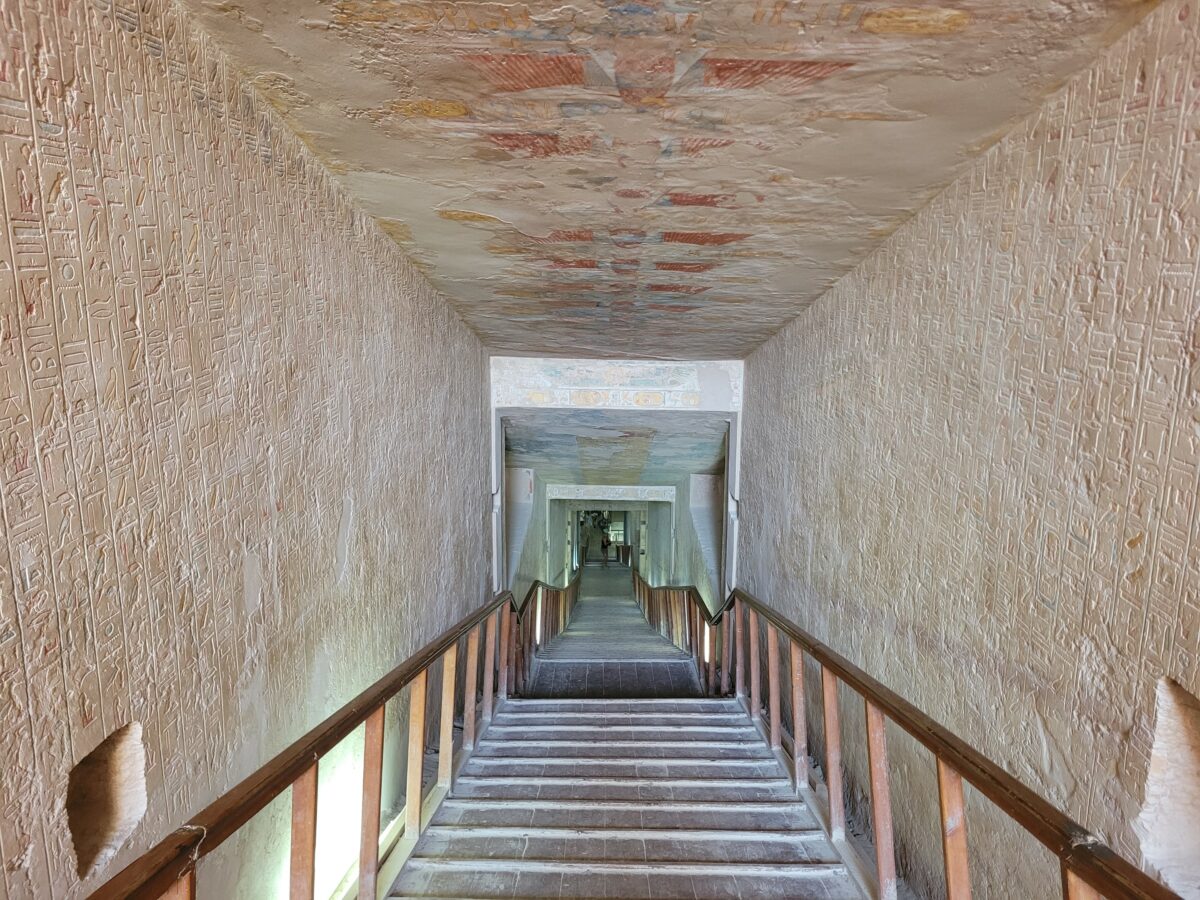
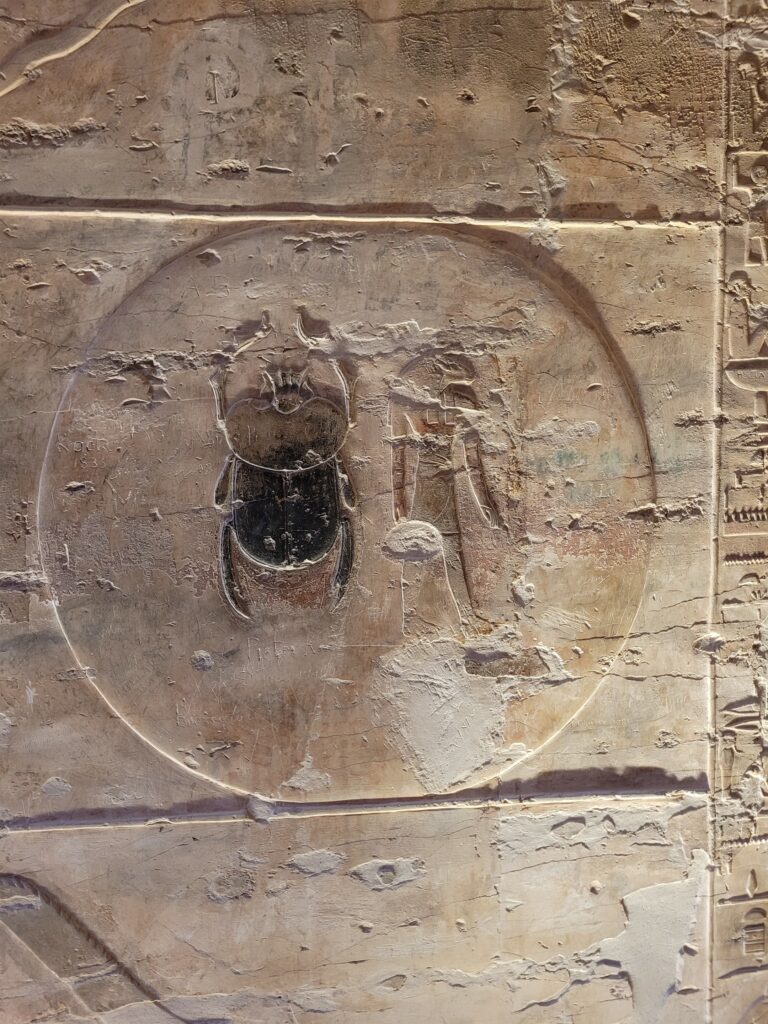
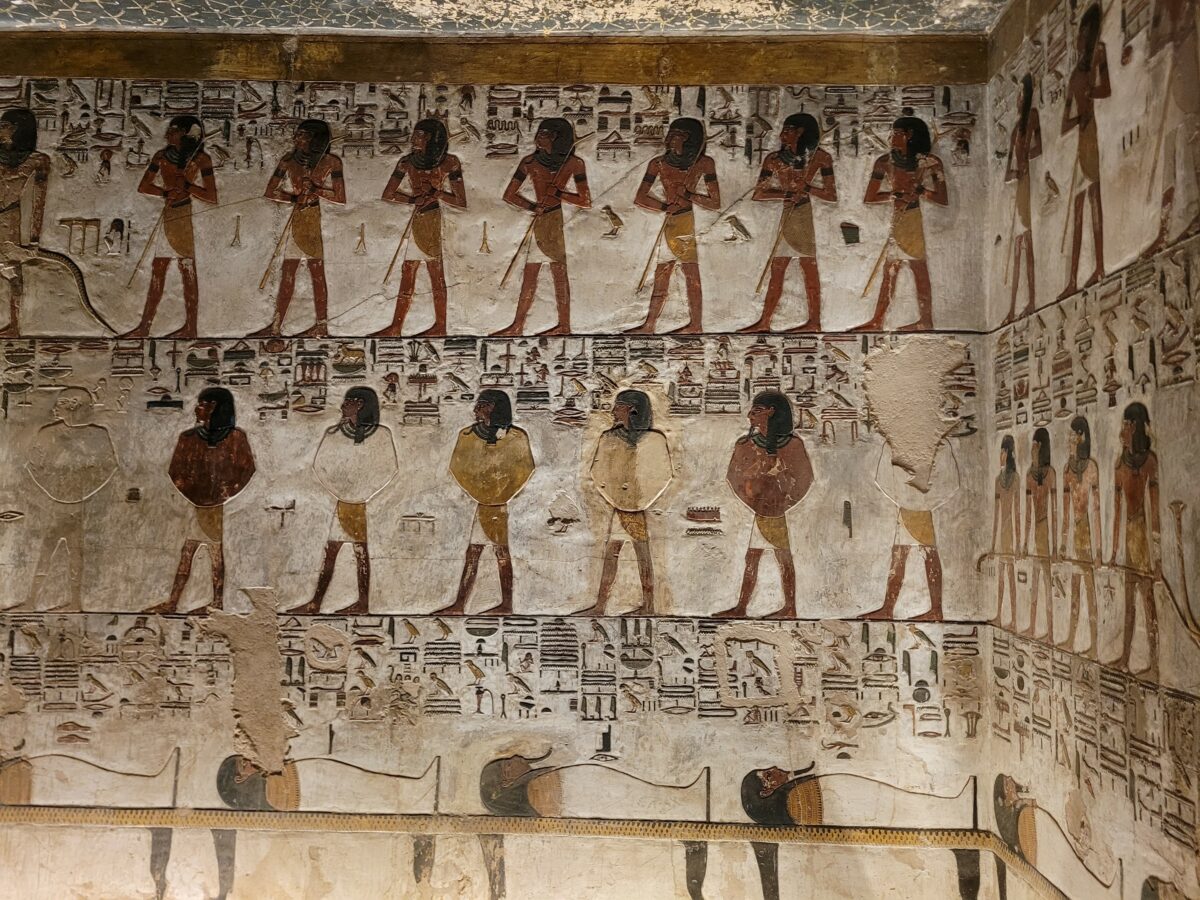
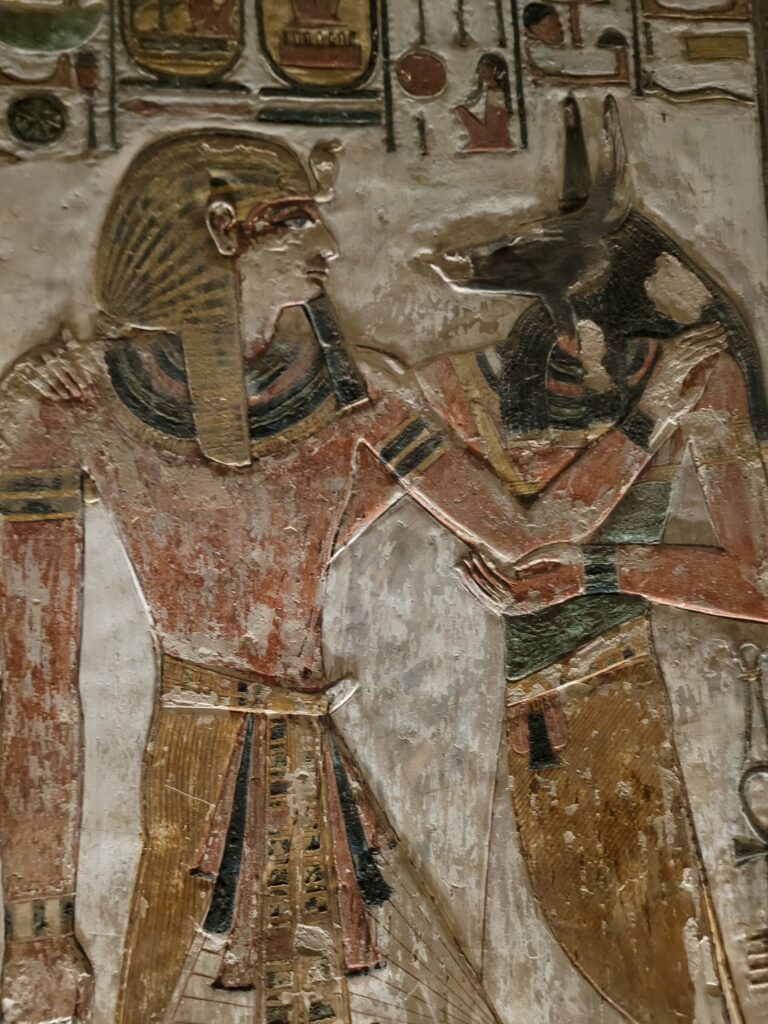
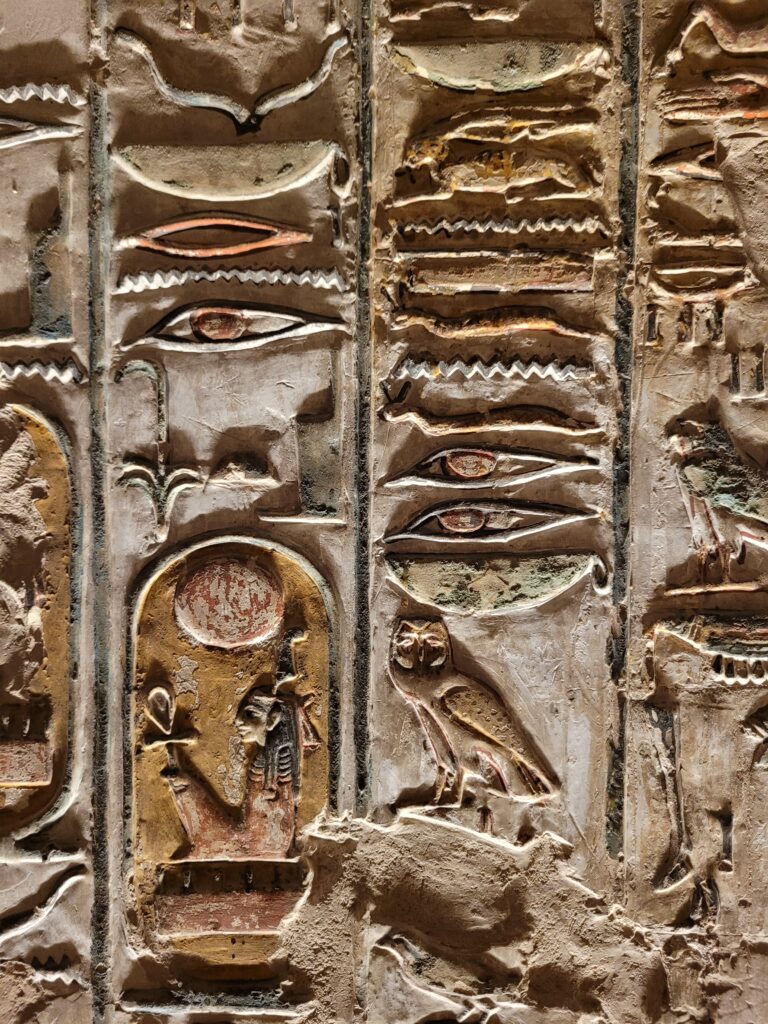
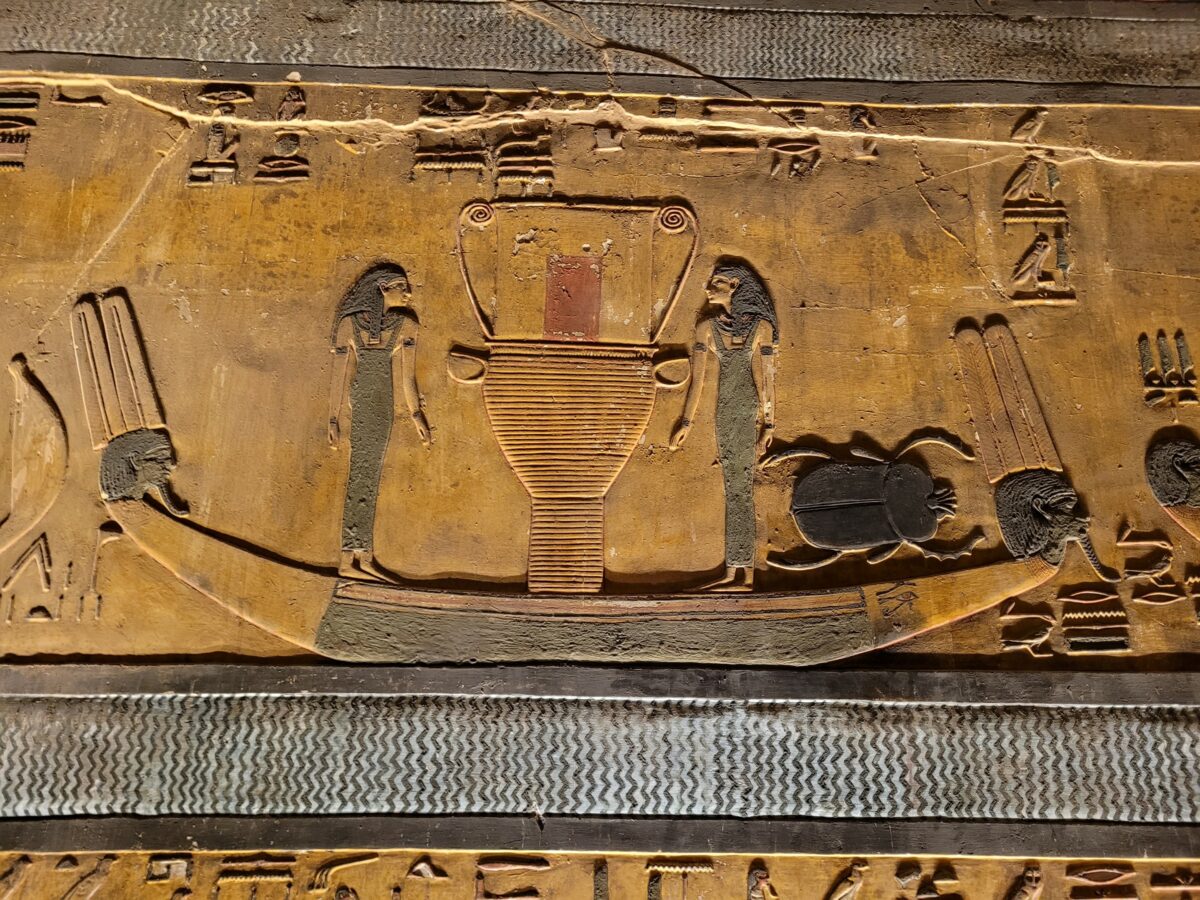

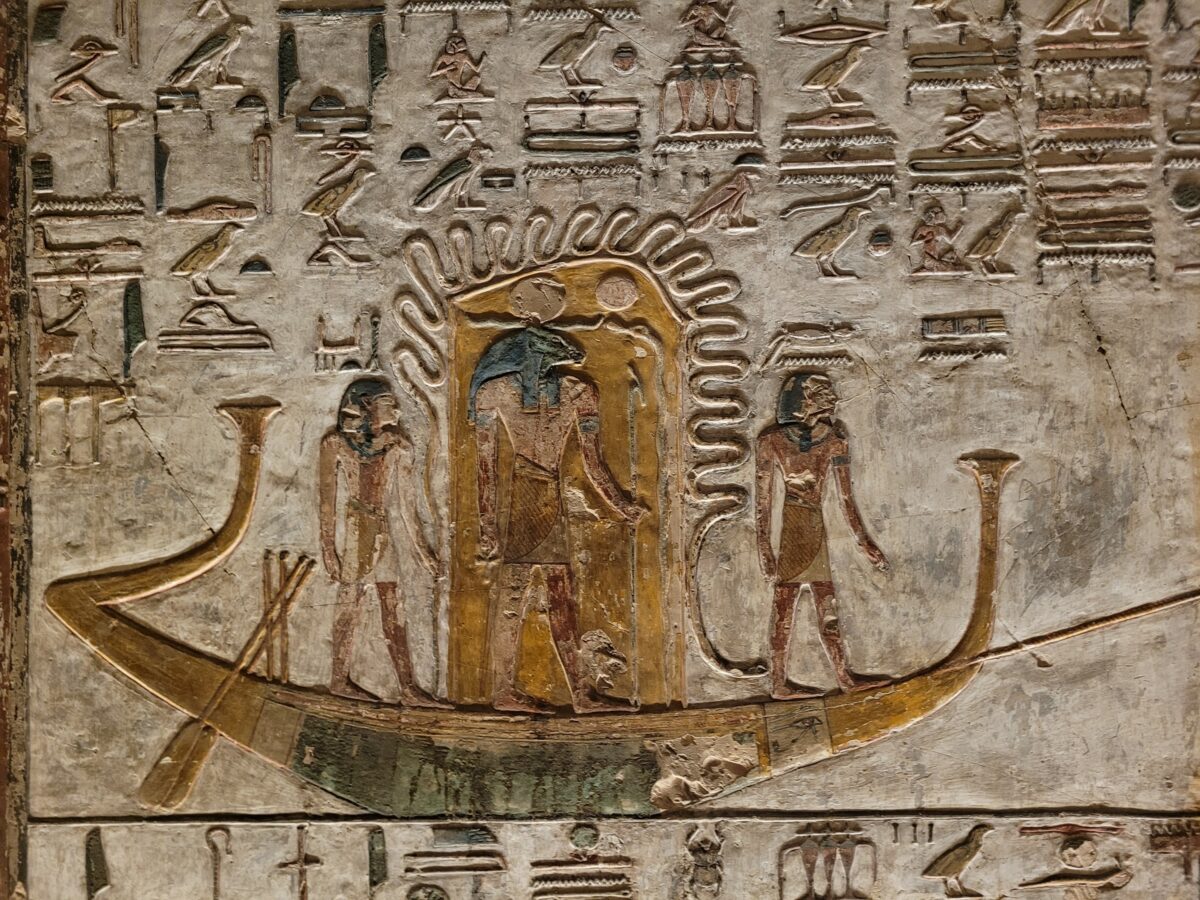
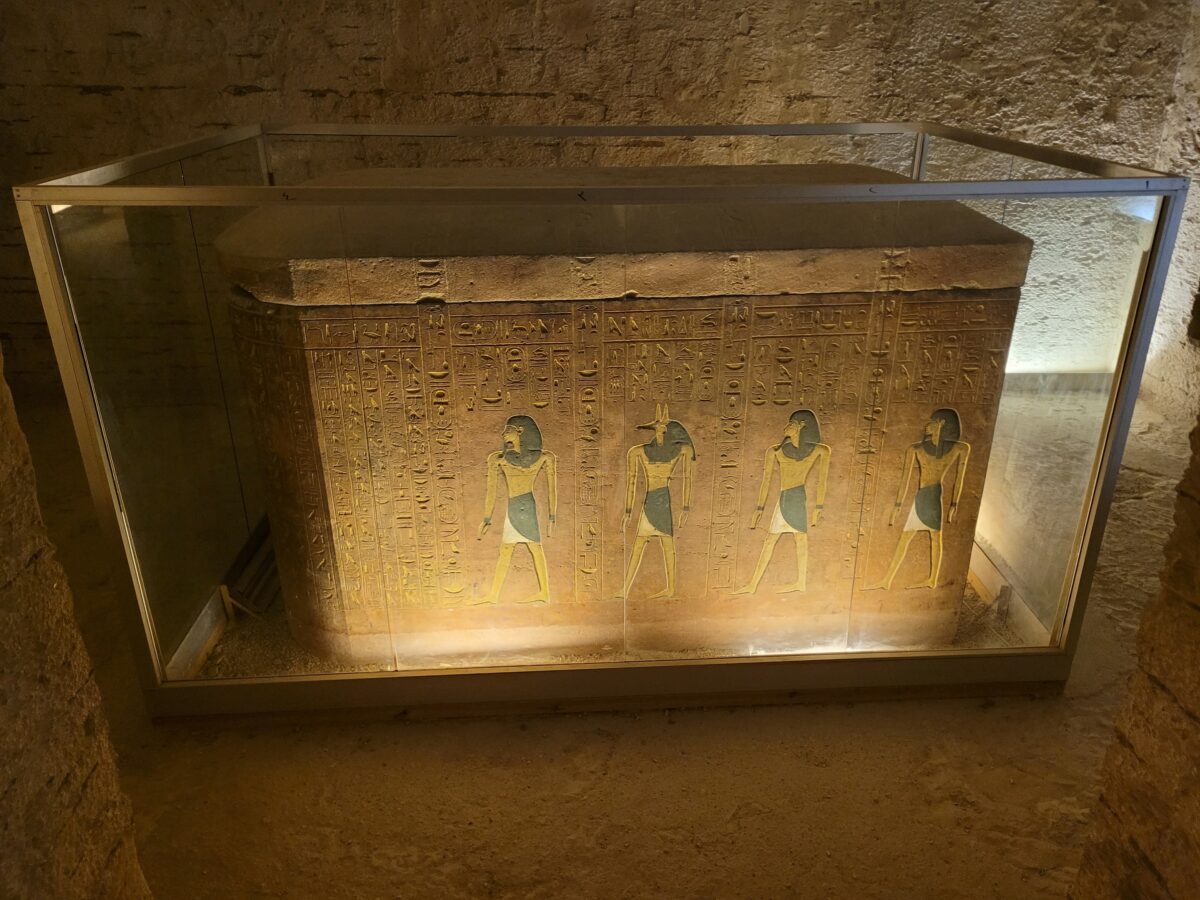
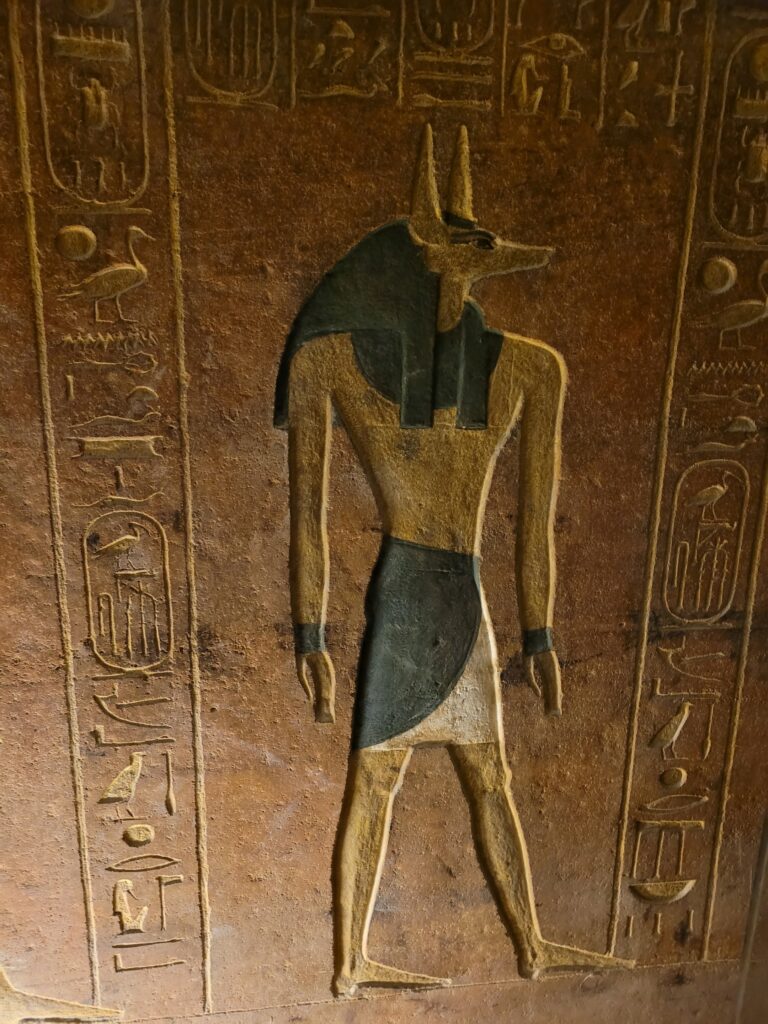
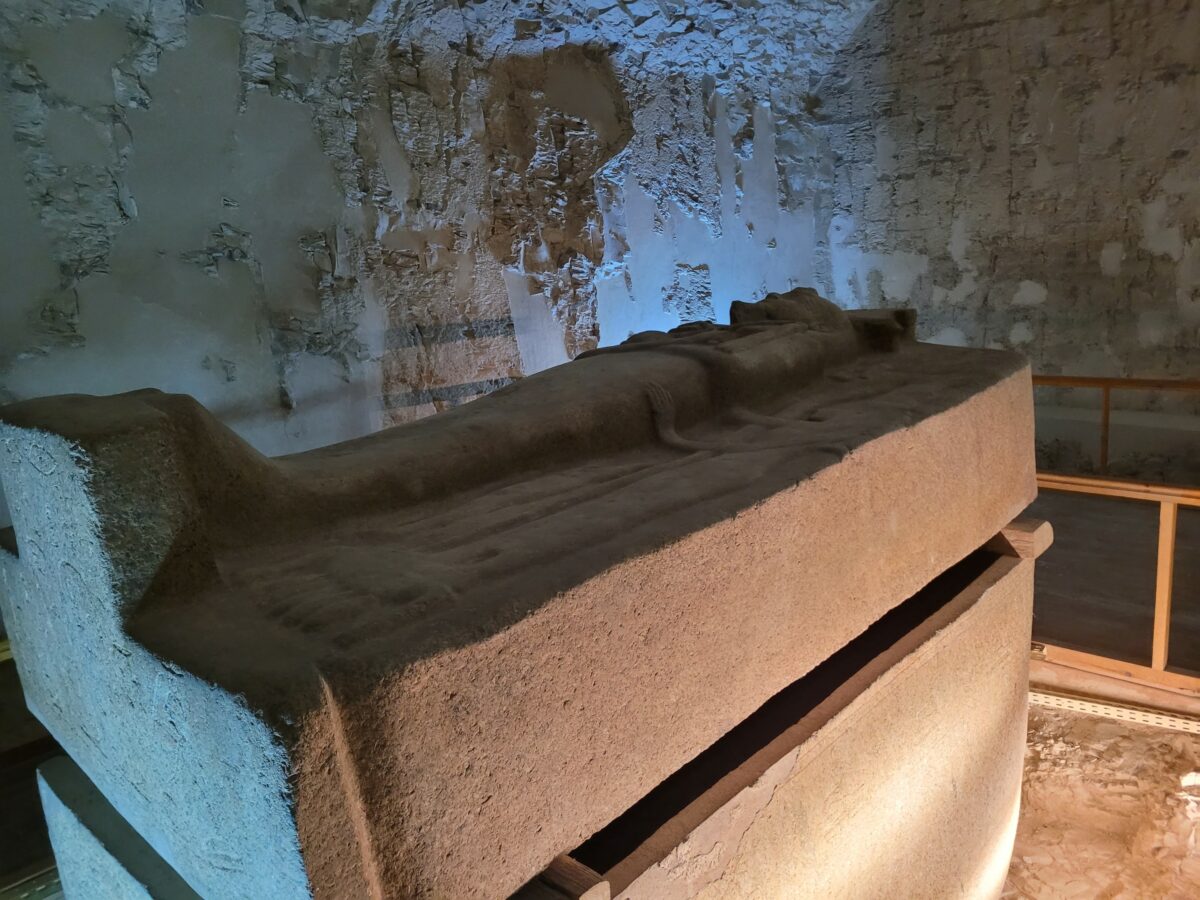
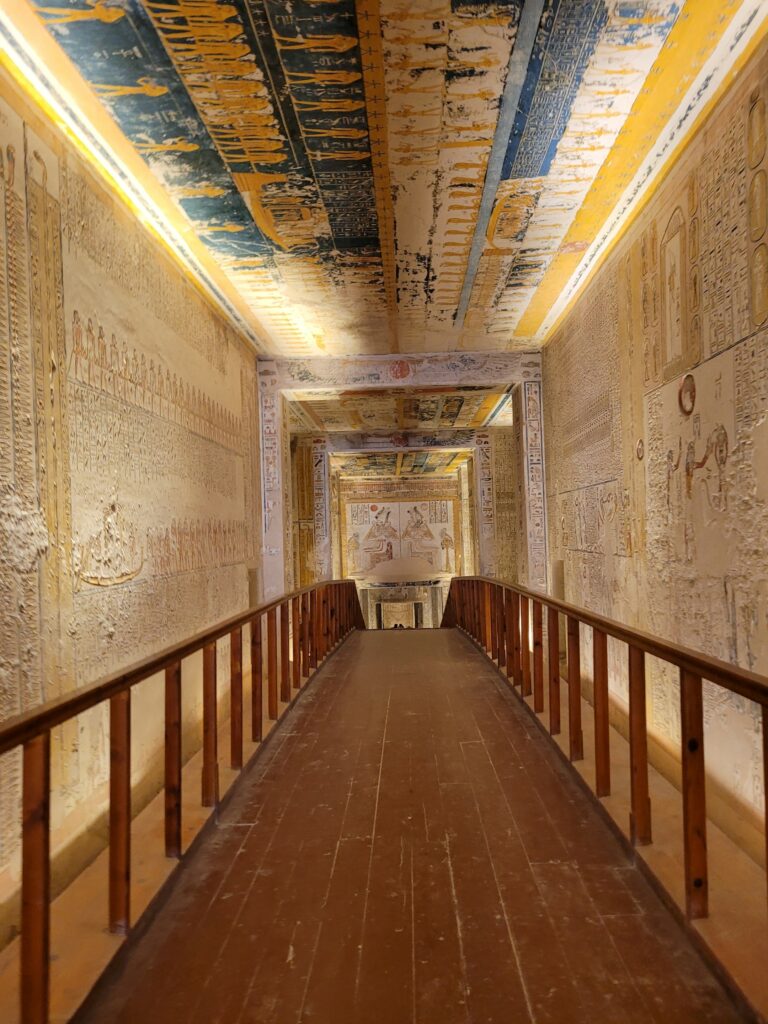
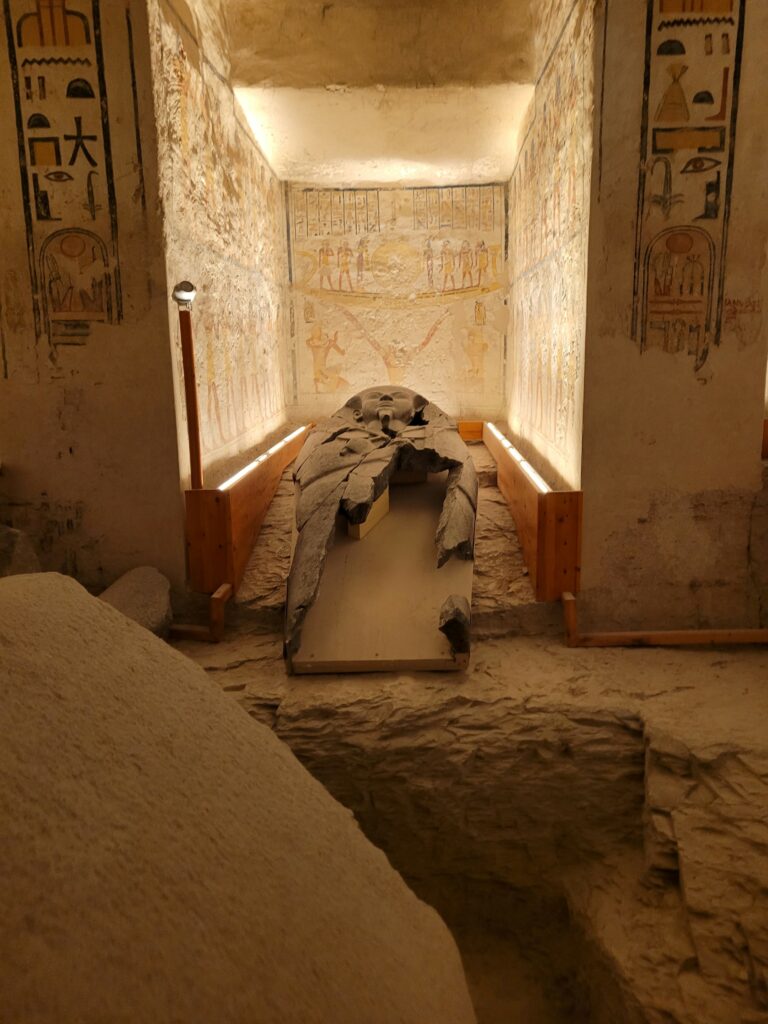
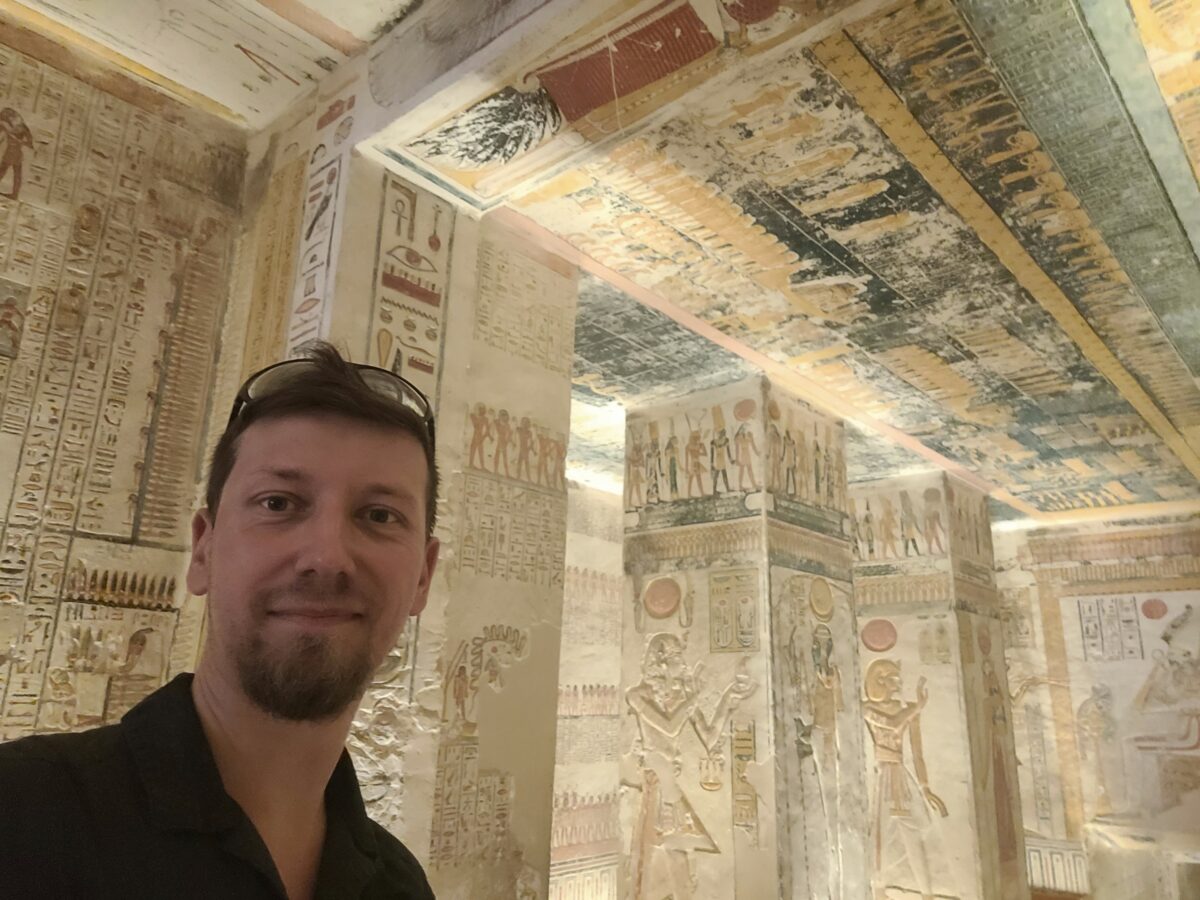
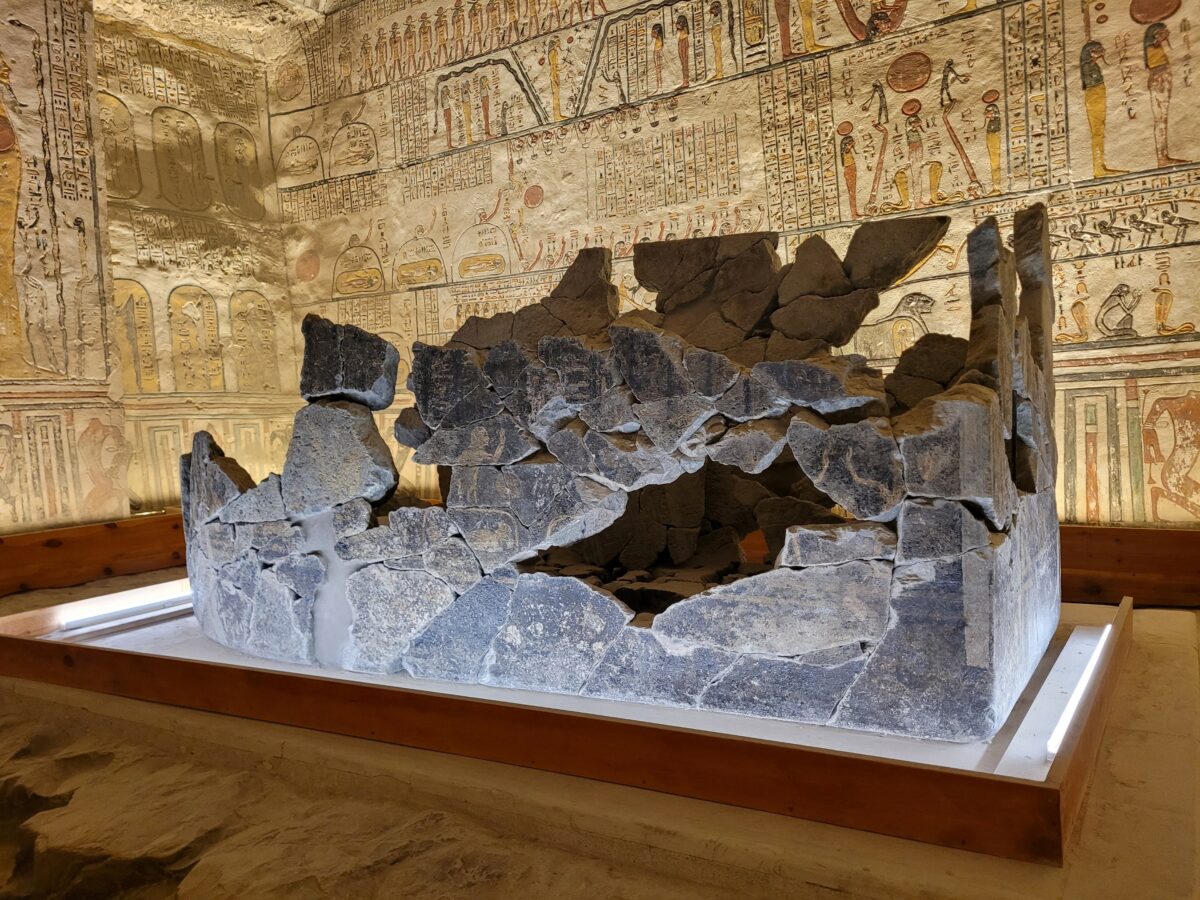
Valley of the Queens
Adjacent to the Valley of the Kings lies the Valley of the Queens, where queens, princesses, and high-ranking officials were buried during the New Kingdom period. Though smaller in scale than its counterpart, the Valley of the Queens is equally impressive, with beautifully decorated tombs showcasing scenes from the afterlife and the journey to eternity. The tomb of Queen Nefertari, beloved wife of Ramses II, is particularly renowned for its exquisite wall paintings and vibrant colors, earning it the title of the “Sistine Chapel of Ancient Egypt.”
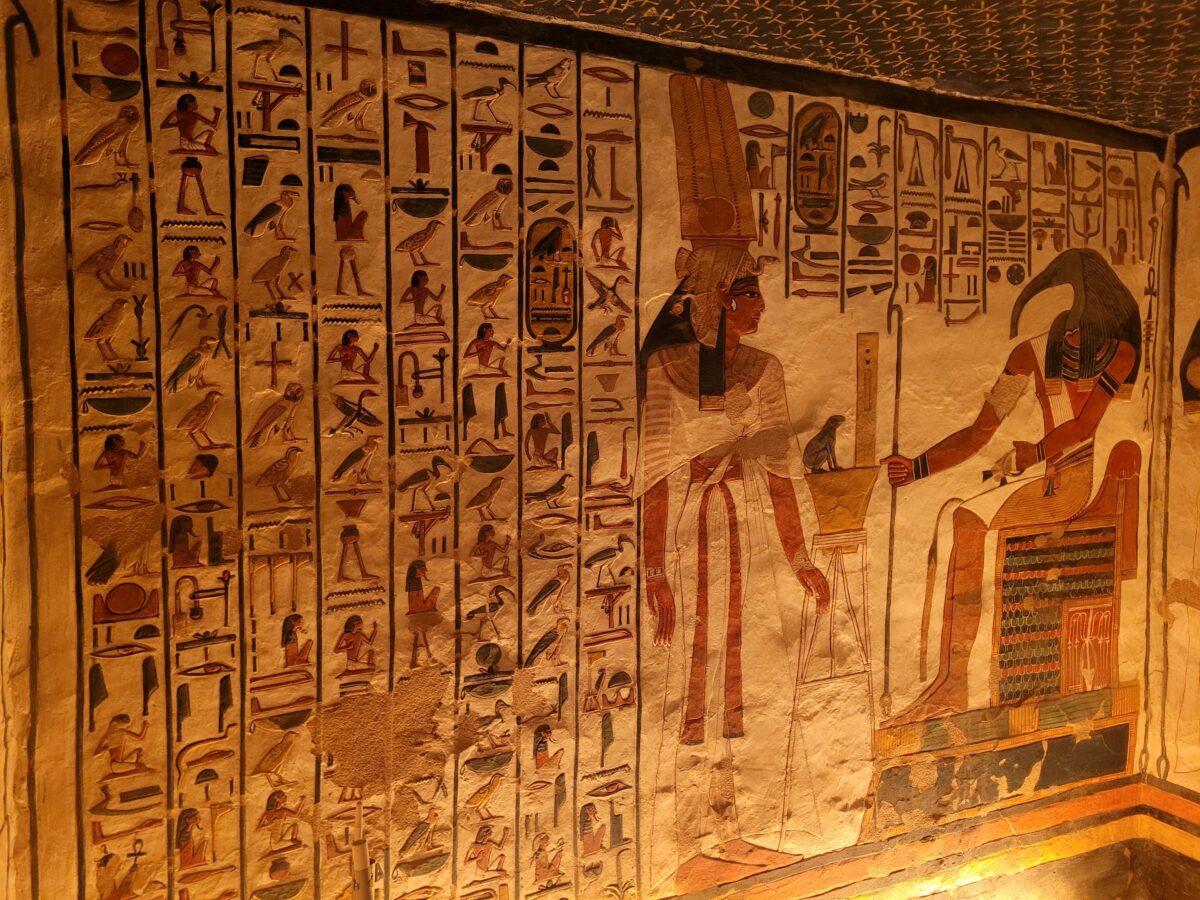
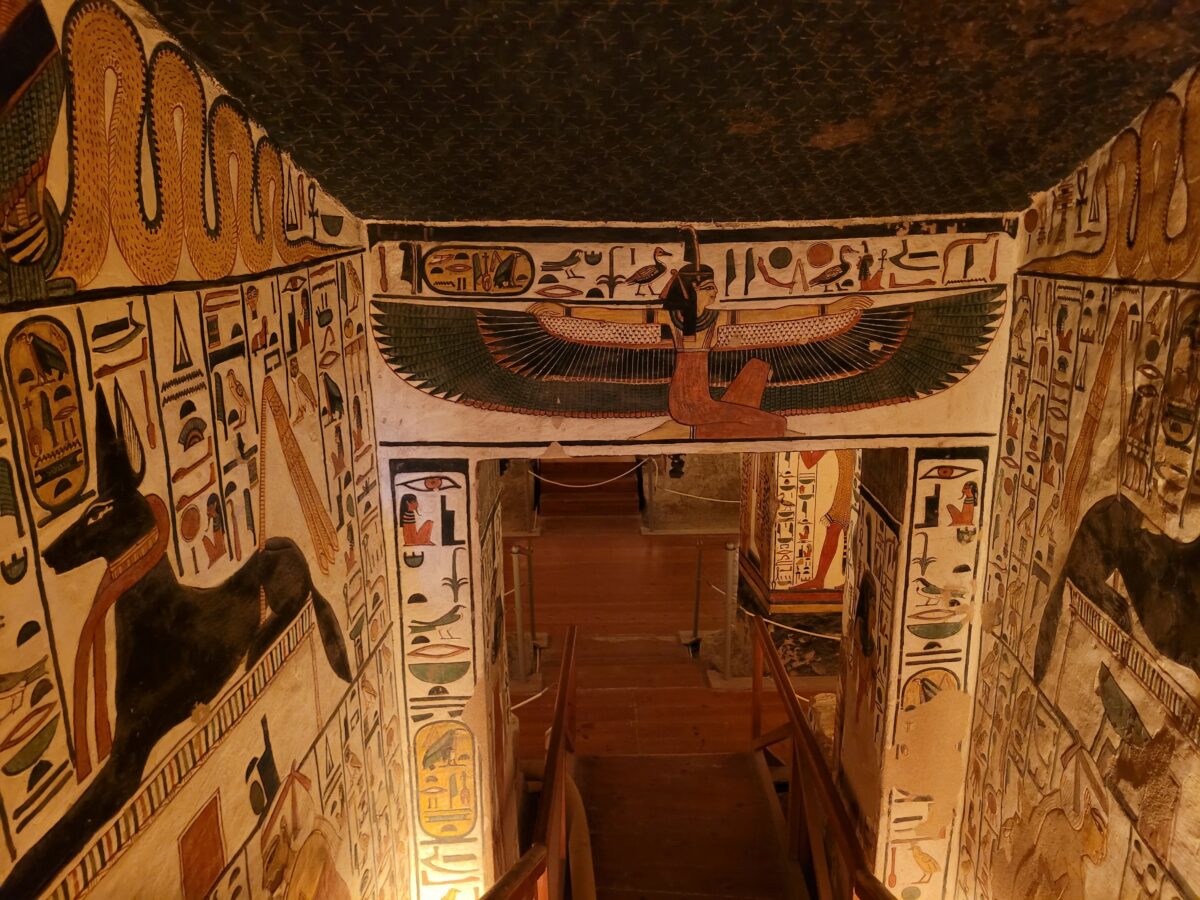
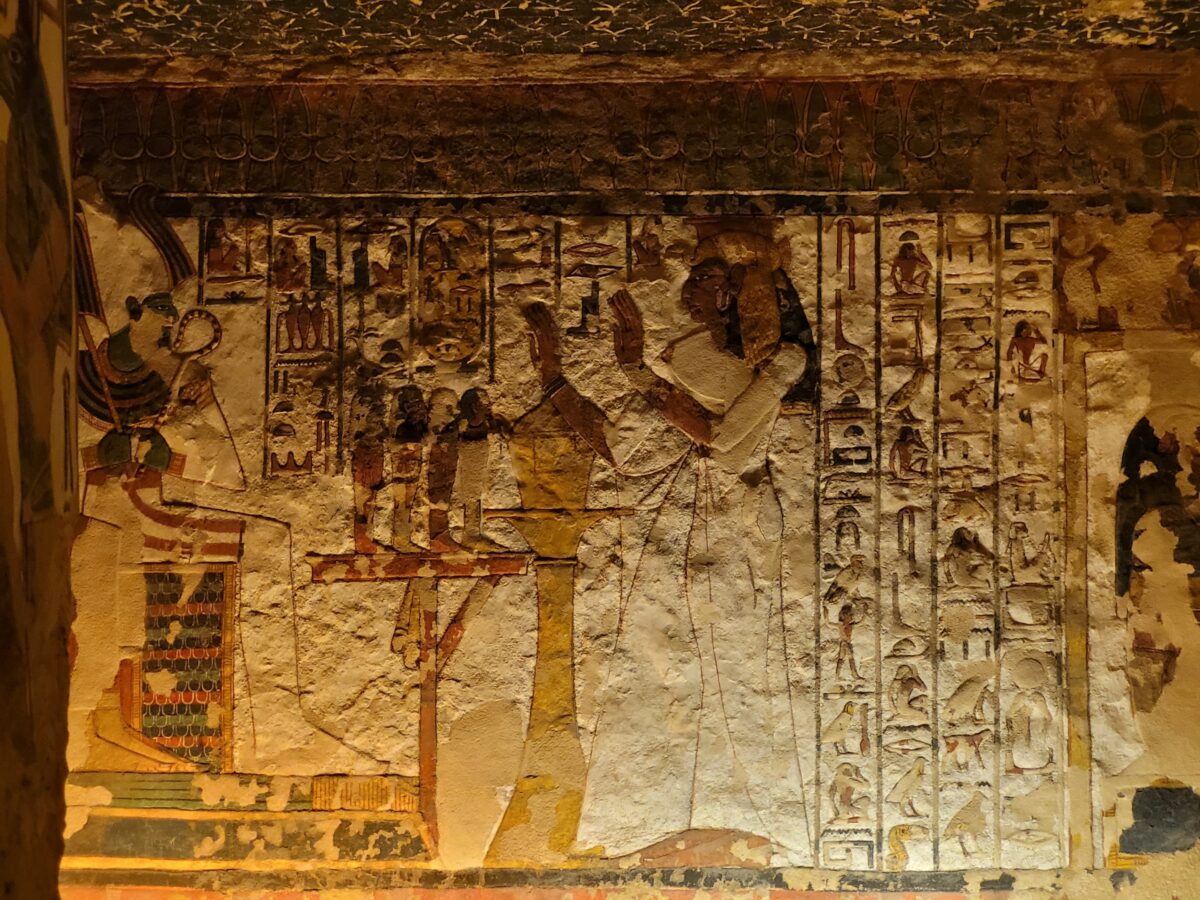
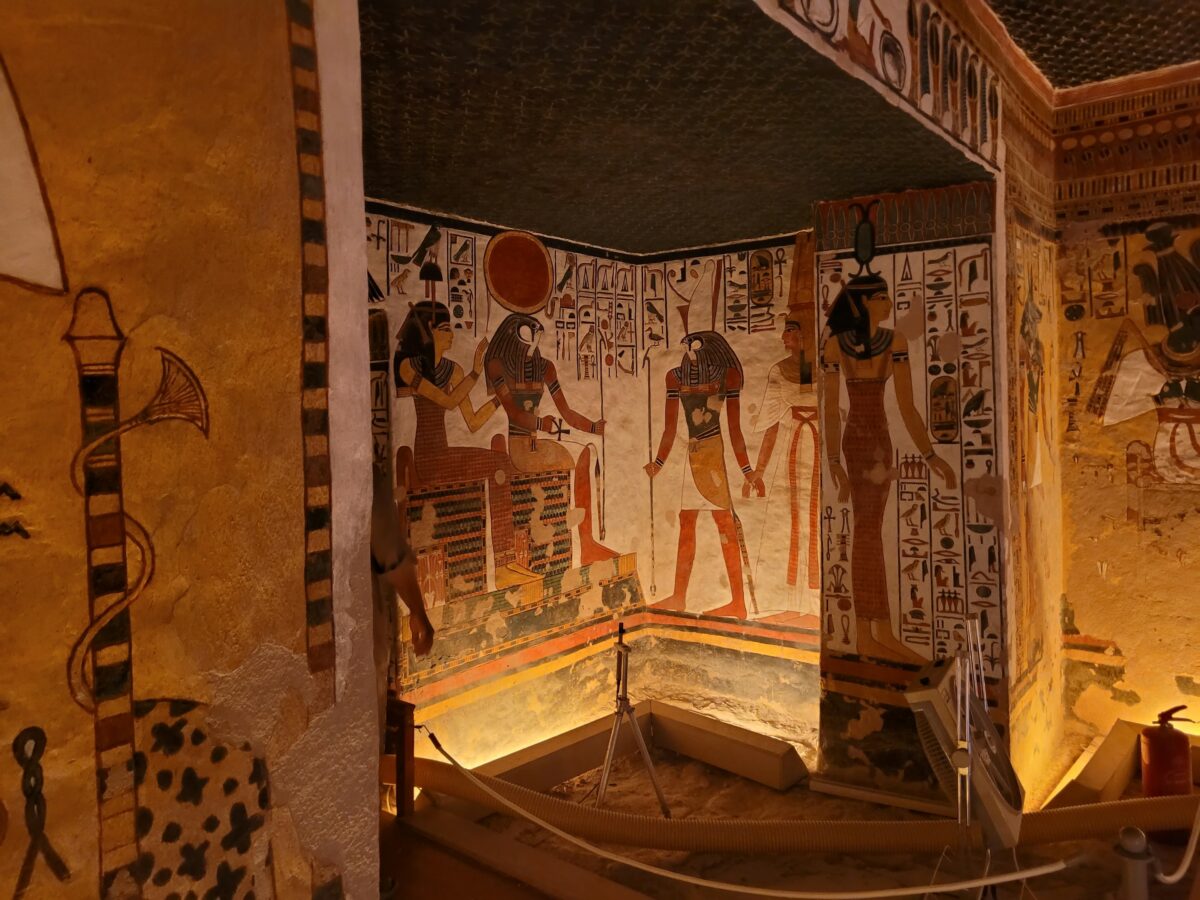
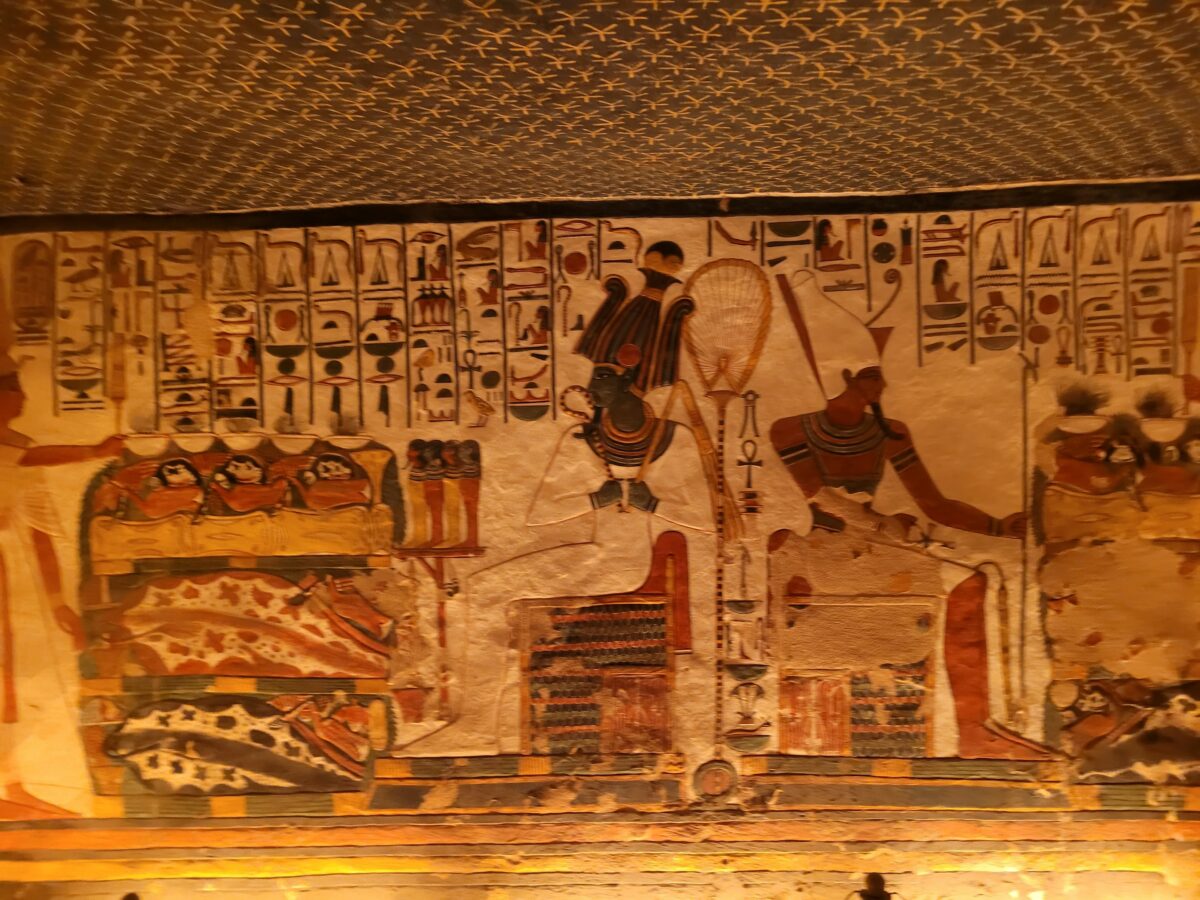
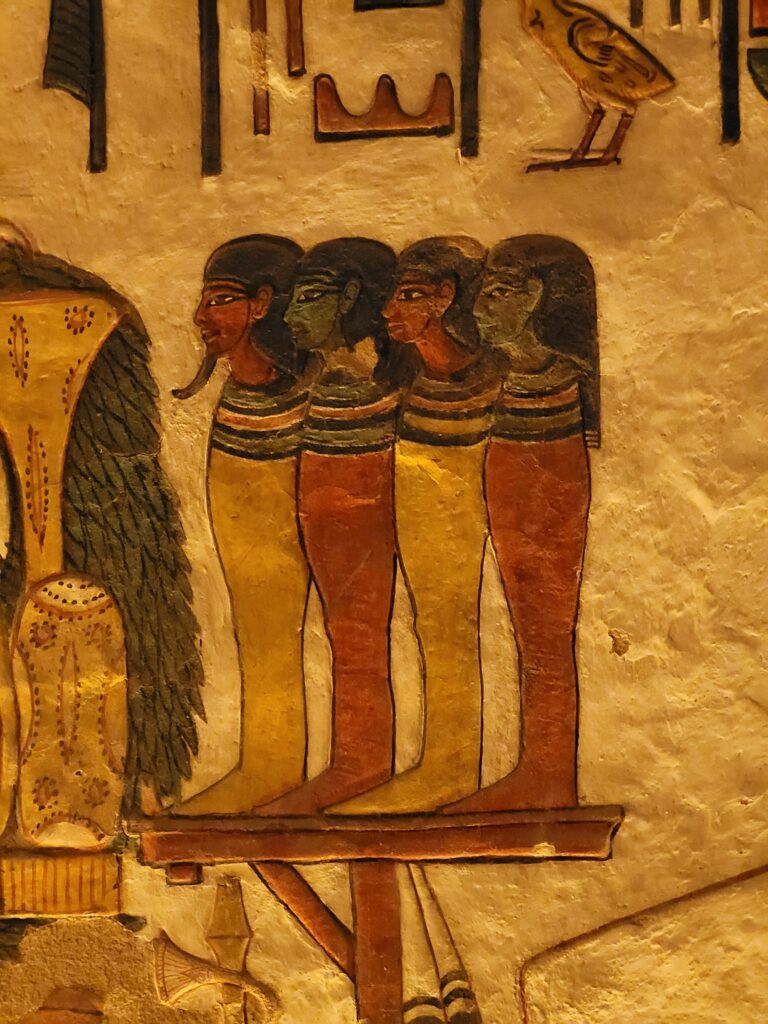
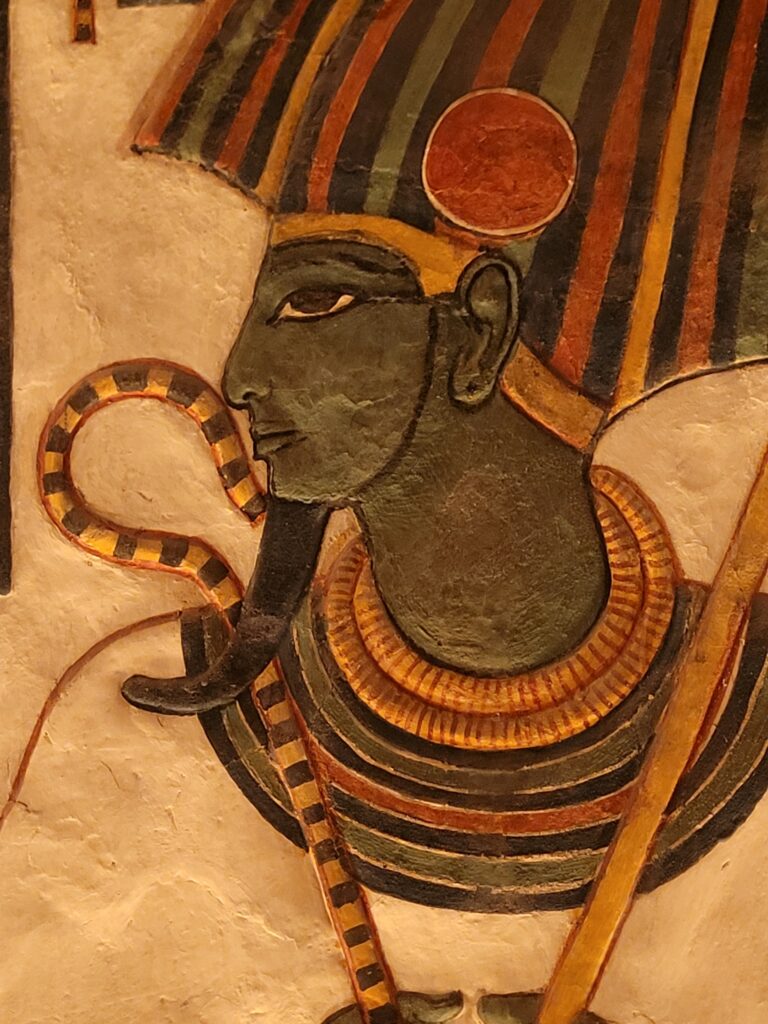

Hatshepsut
The Mortuary Temple of Hatshepsut, located on the west bank of the Nile, is a testament to the remarkable reign of one of ancient Egypt’s most famous female pharaohs. Designed to blend seamlessly with the natural surroundings, the temple features terraces, colonnades, and statues dedicated to the worship of the gods and the commemoration of Hatshepsut’s achievements. Despite attempts to erase her from history, Hatshepsut’s temple stands as a symbol of her power and legacy.
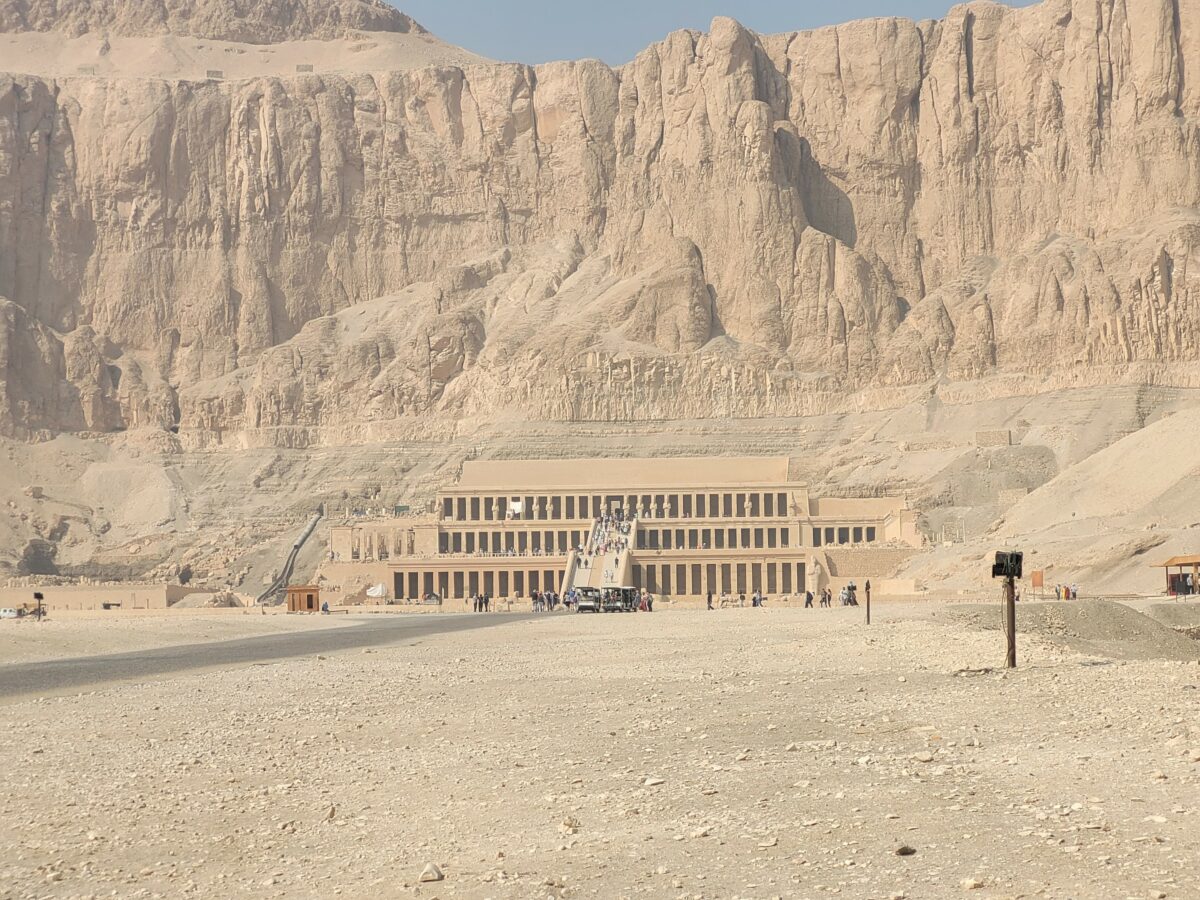
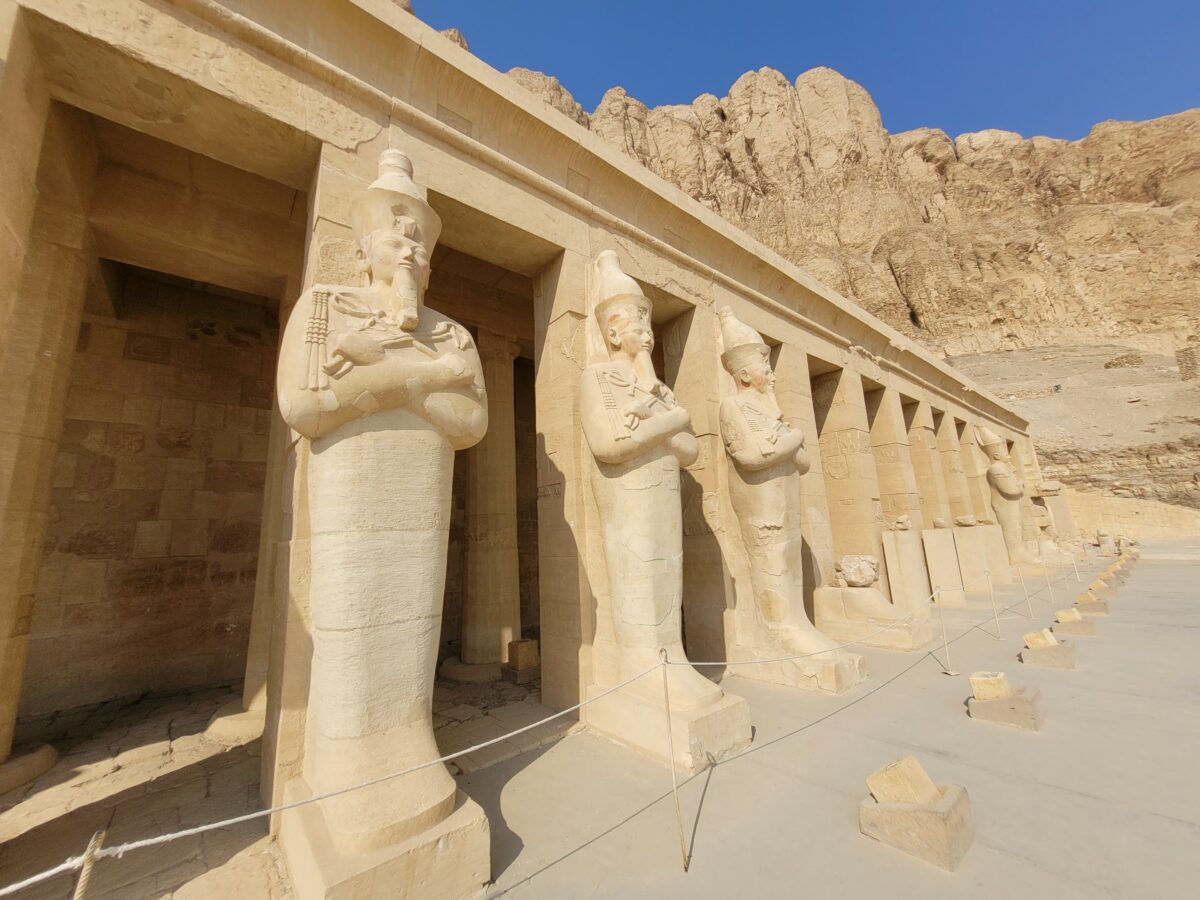
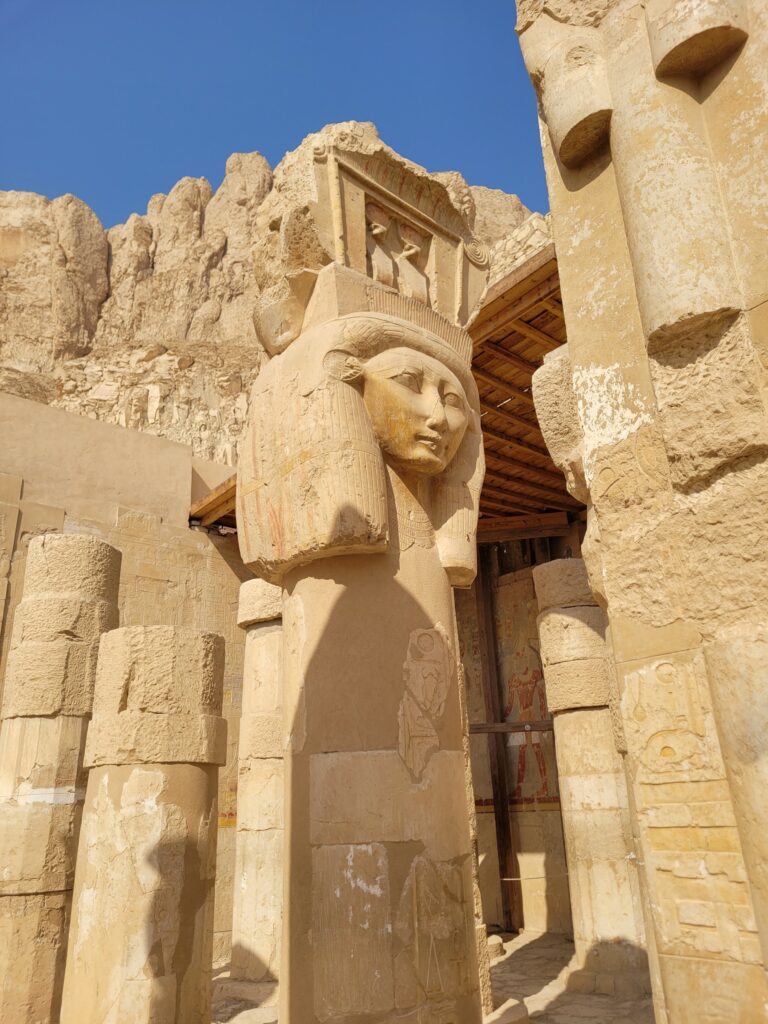
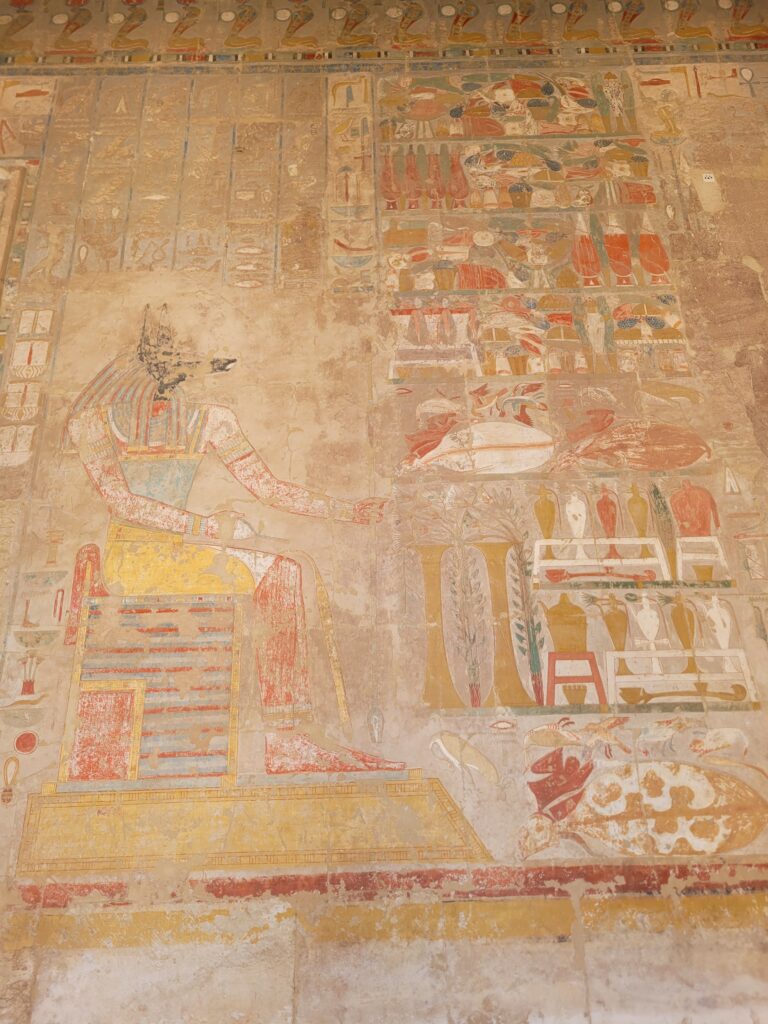

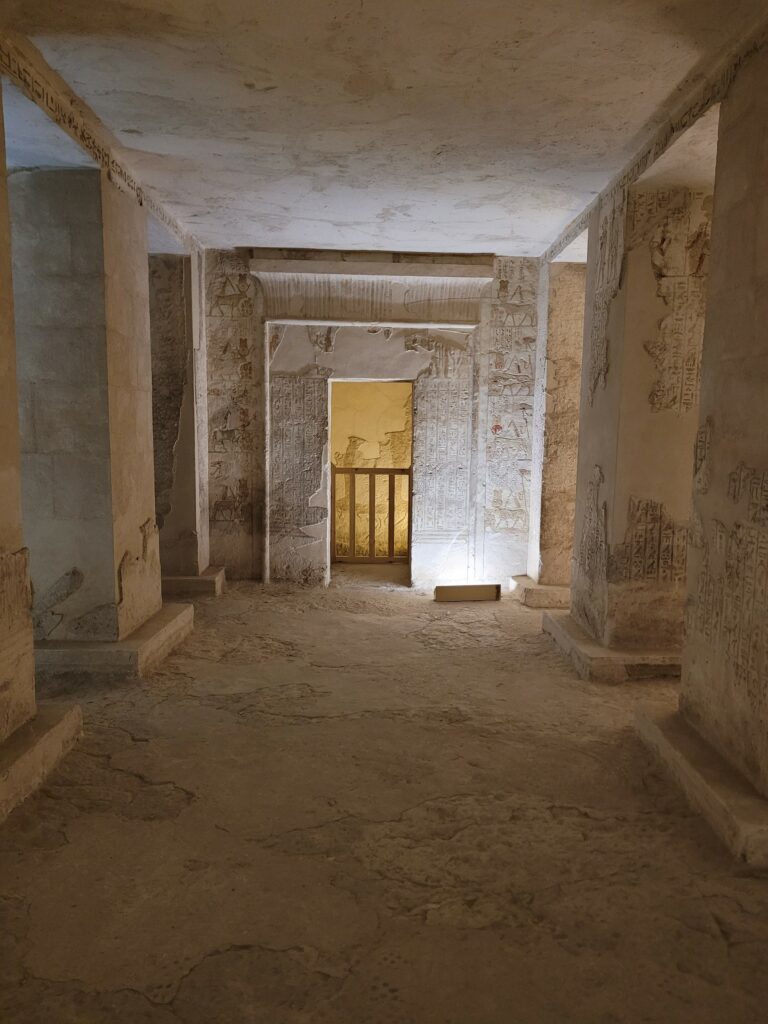
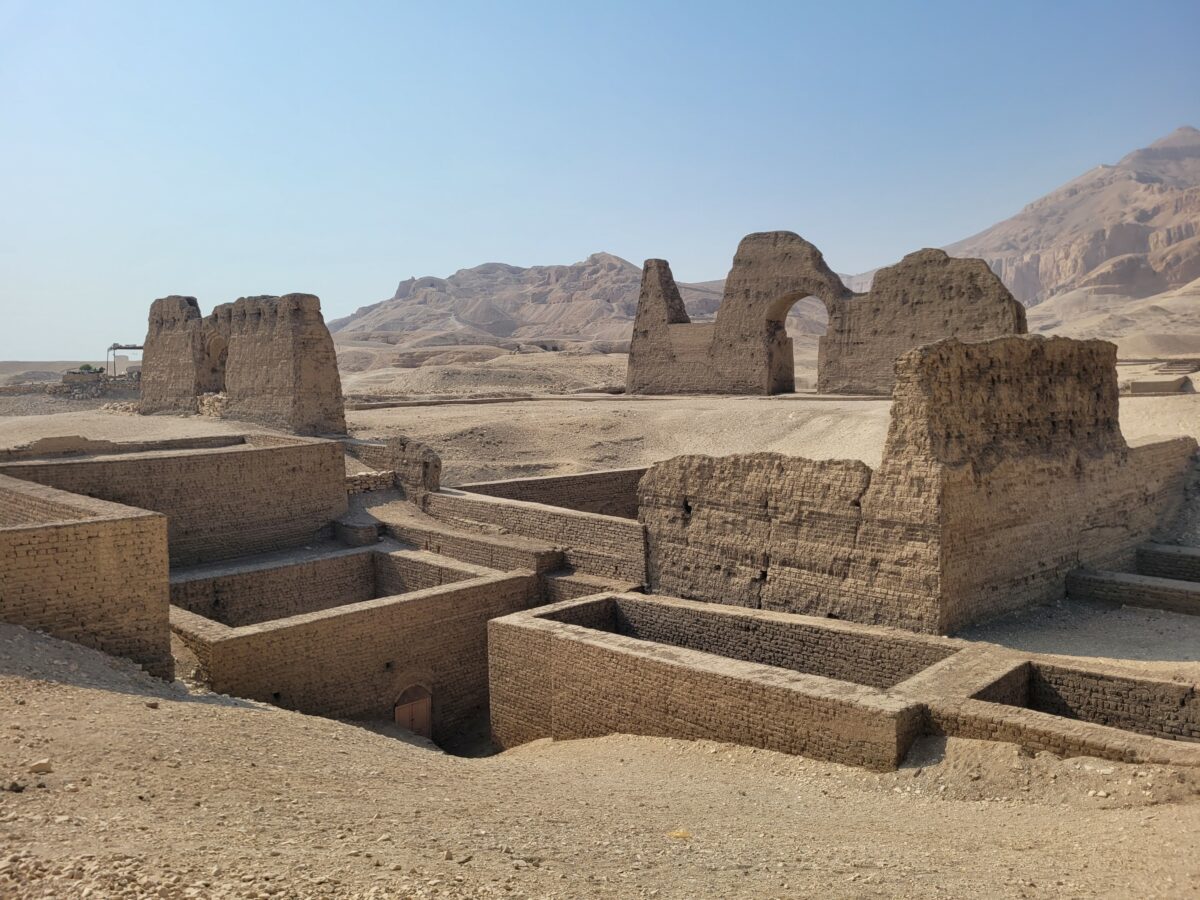
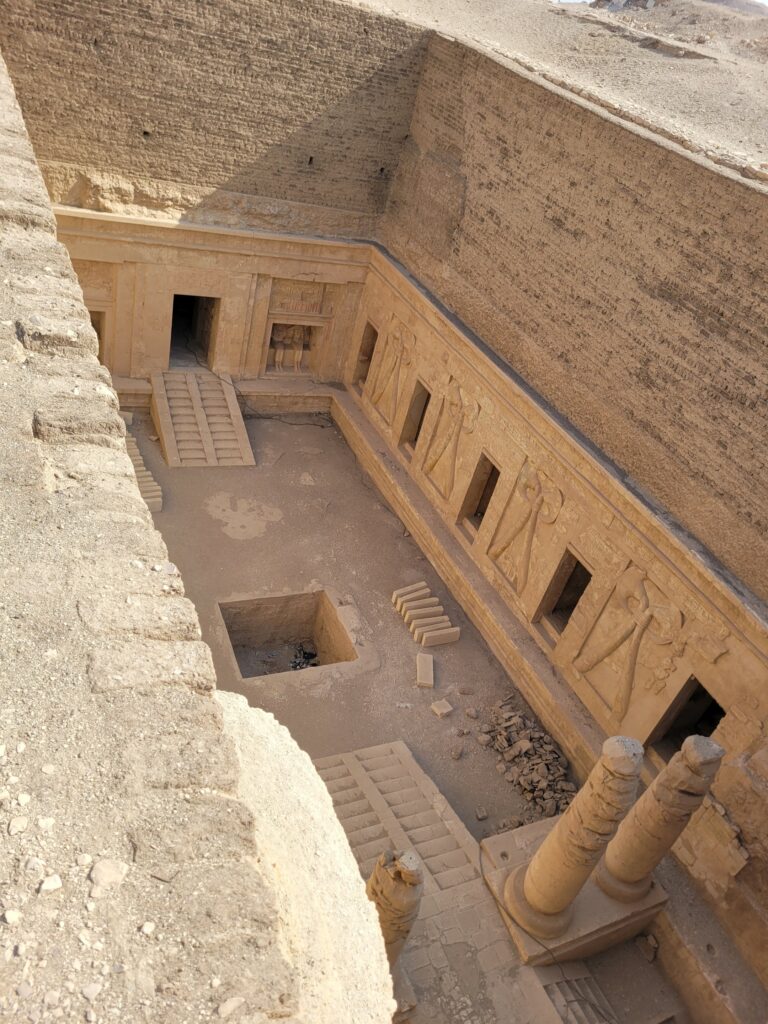
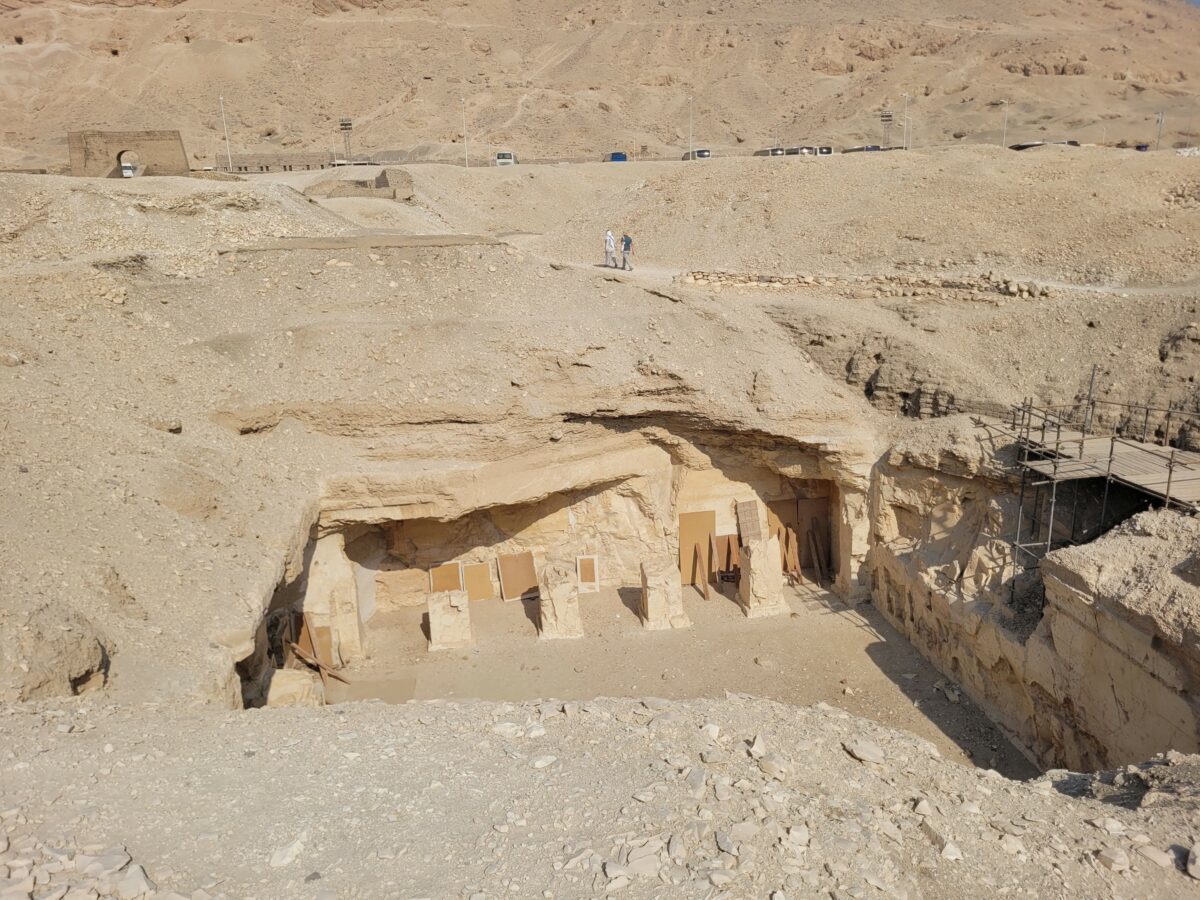
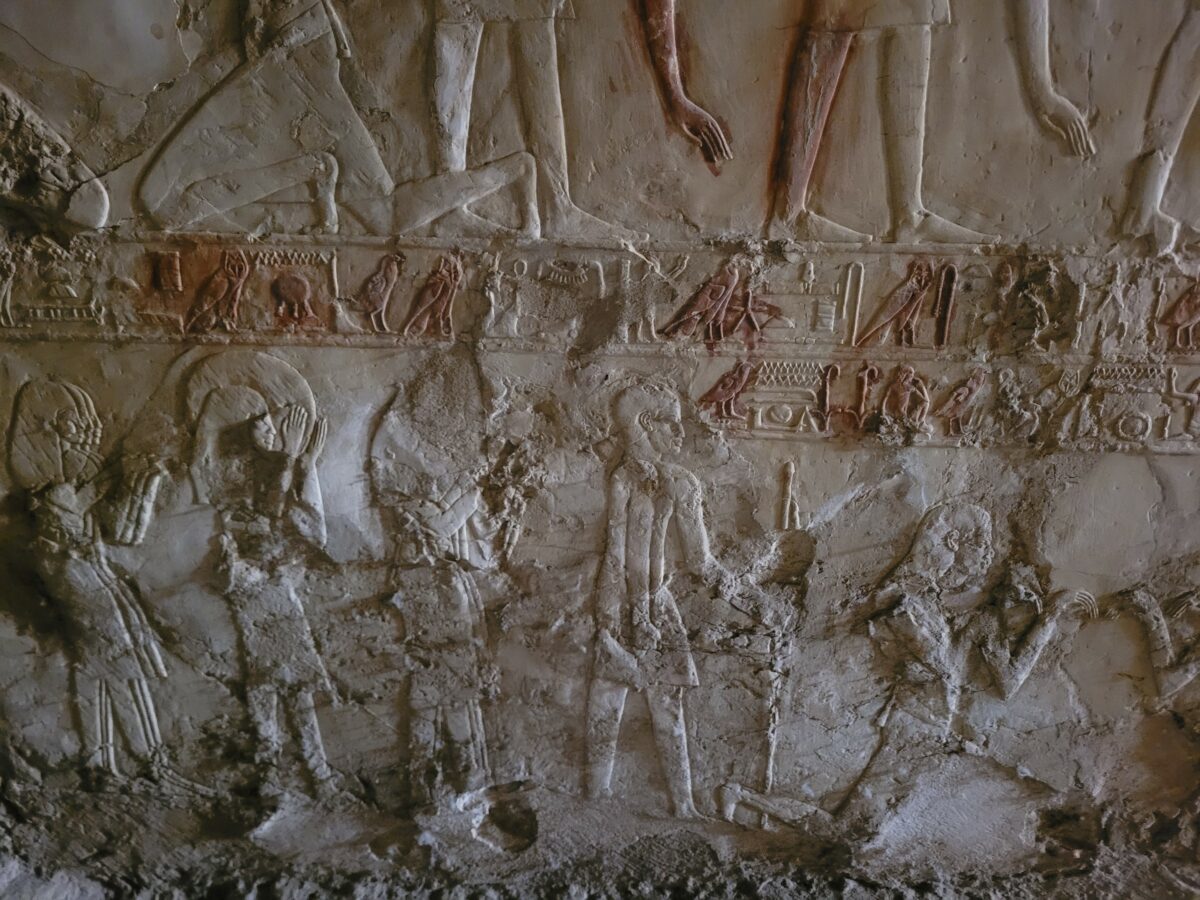
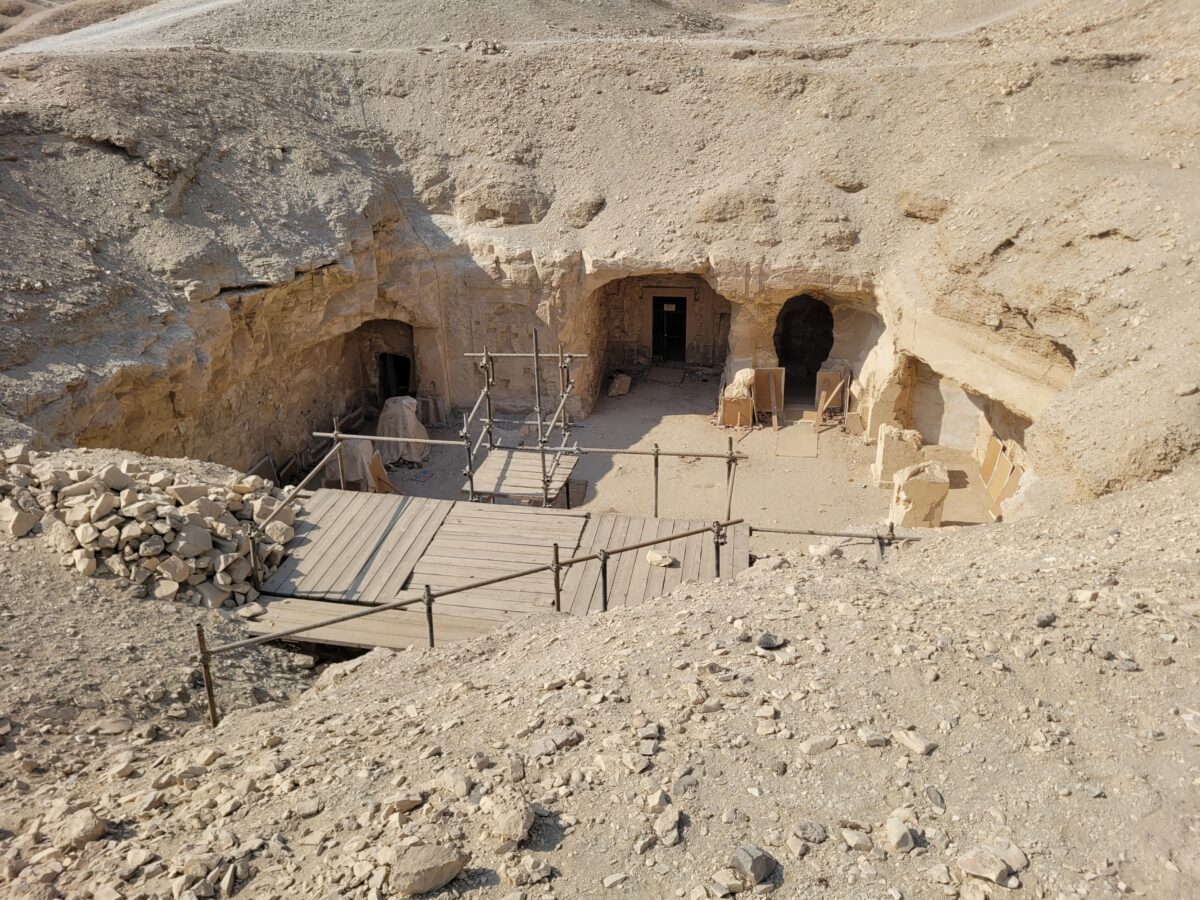
Deir el-Medina
Deir el-Medina, also known as the “Village of the Workers,” offers a glimpse into the lives of the artisans and laborers who built the tombs in the Valley of the Kings and Queens. This ancient village, located on the west bank of the Nile, was home to the craftsmen responsible for constructing the royal tombs during the New Kingdom period. Visitors can explore the well-preserved remains of the village, including houses, workshops, and an elaborate necropolis where the workers were buried.
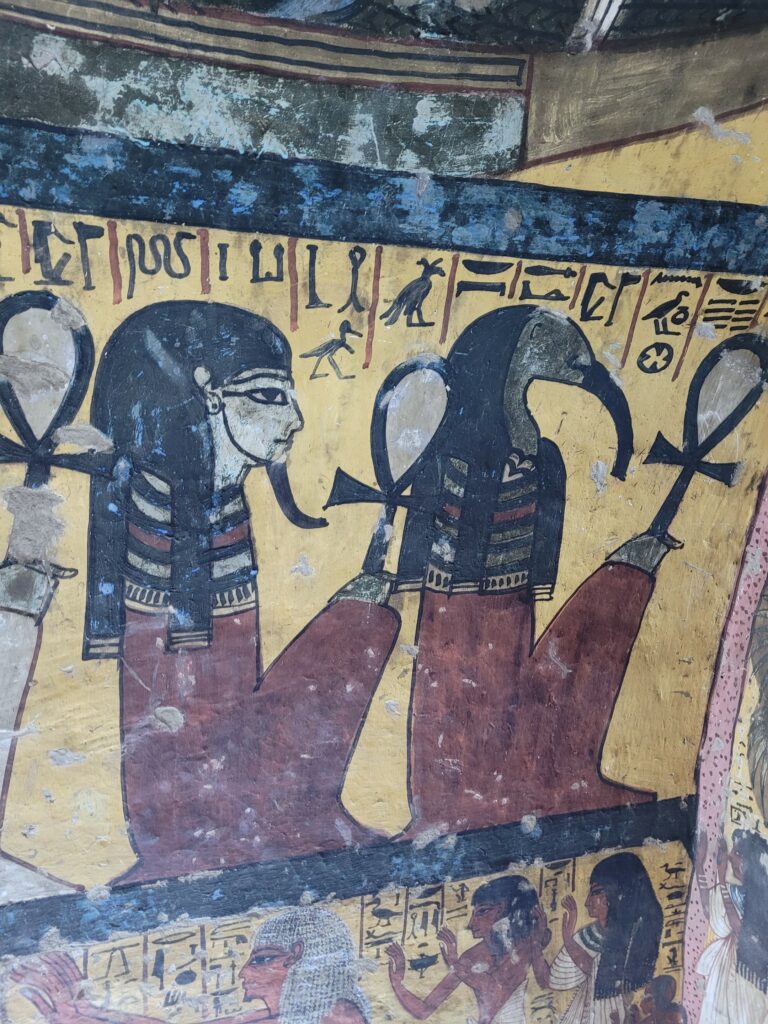
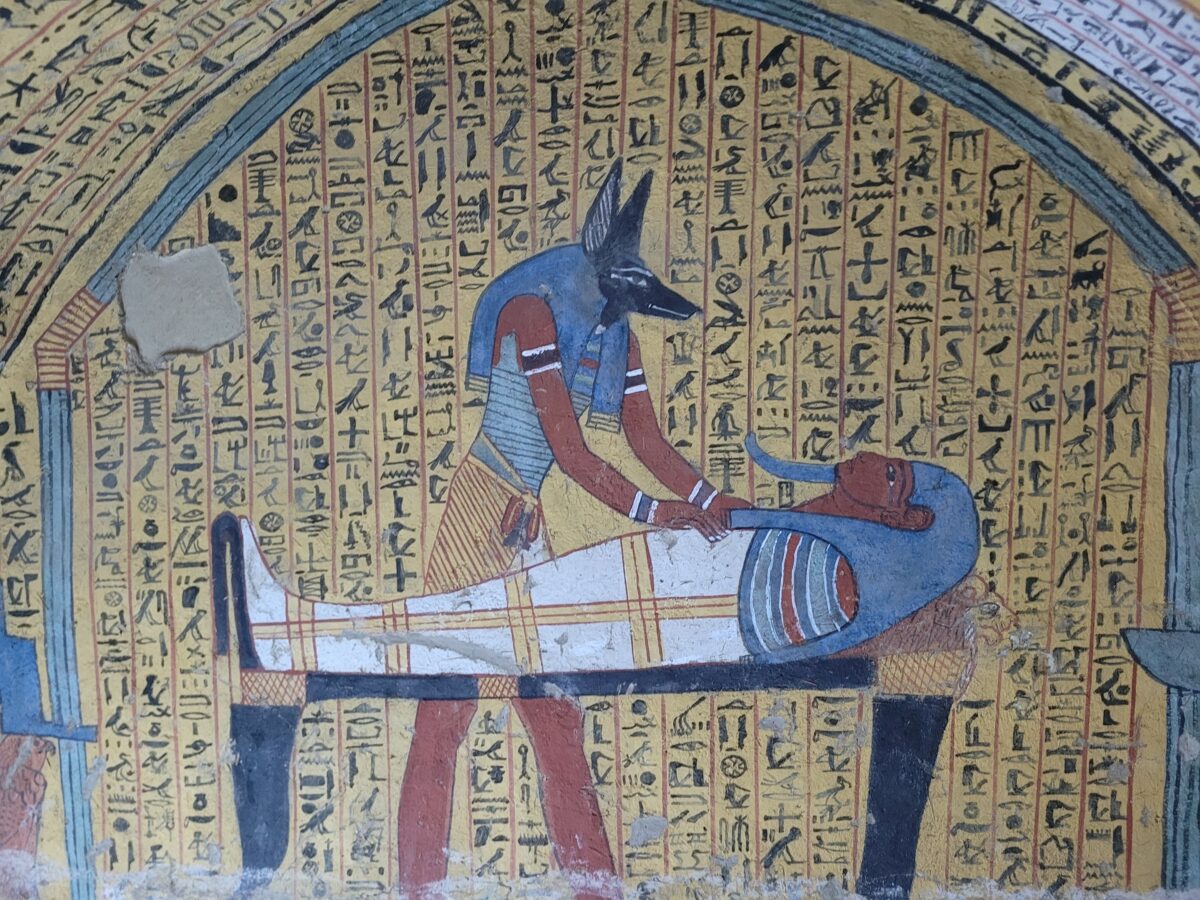
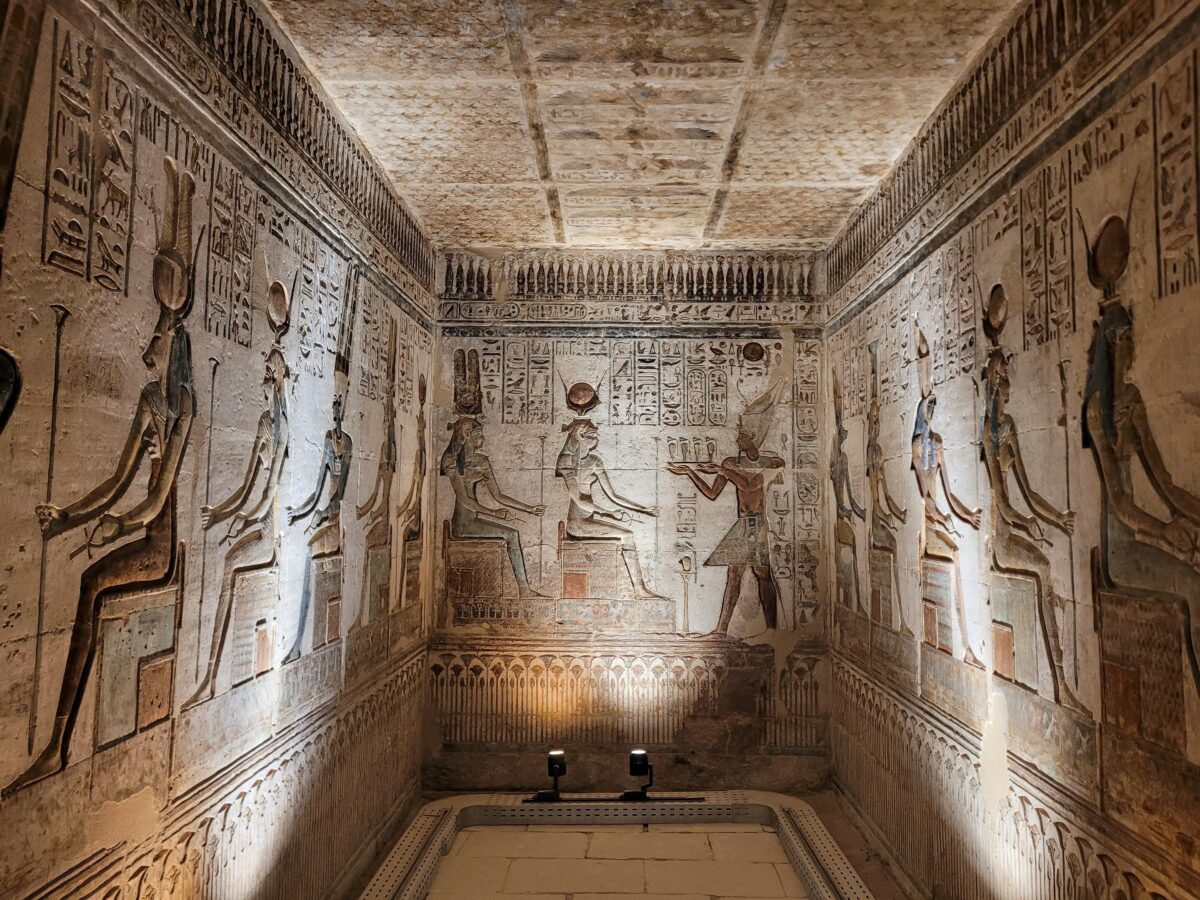
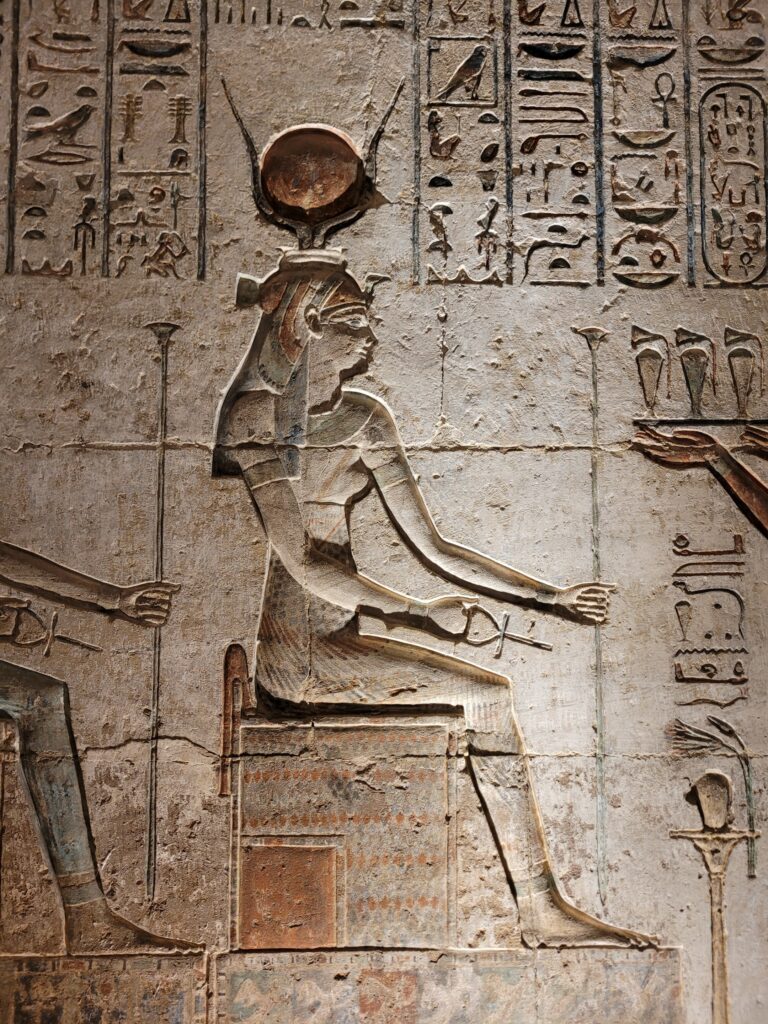
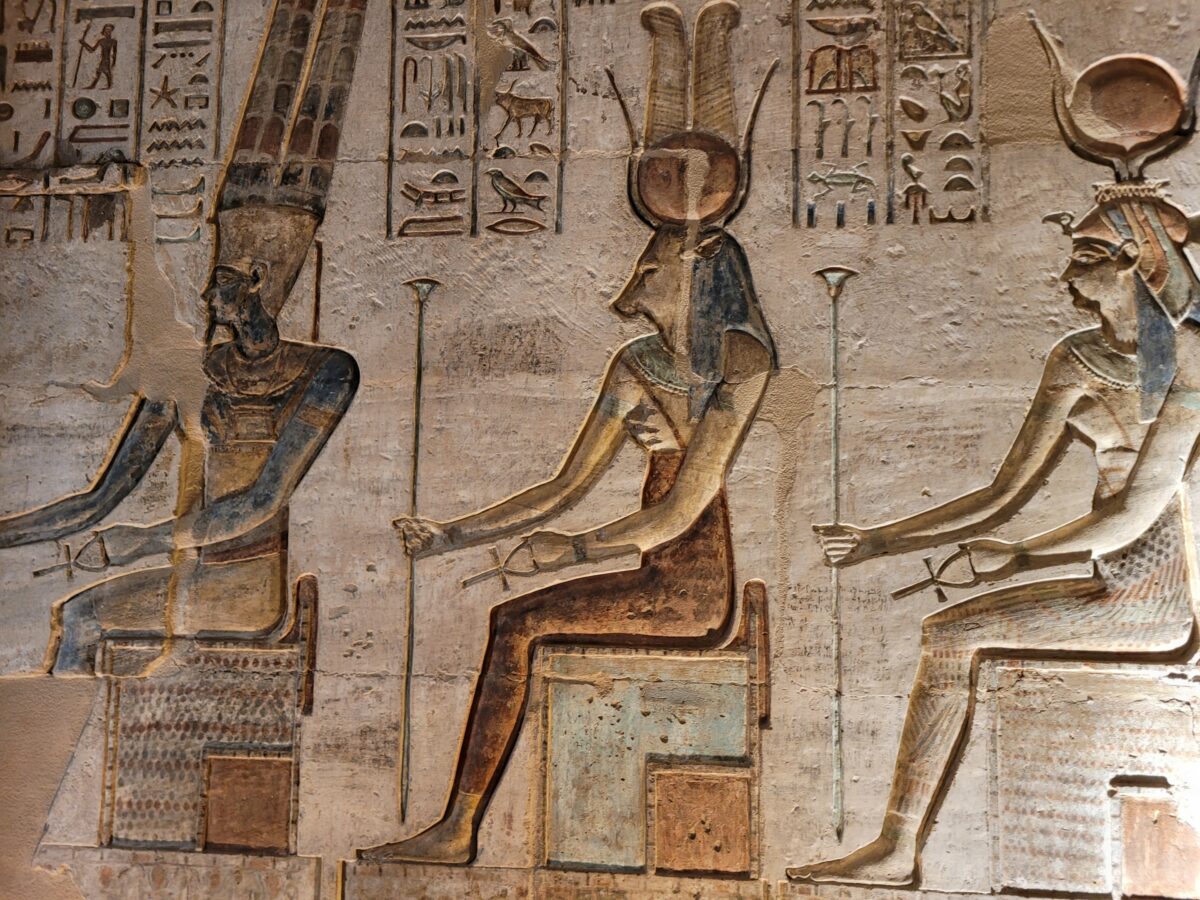
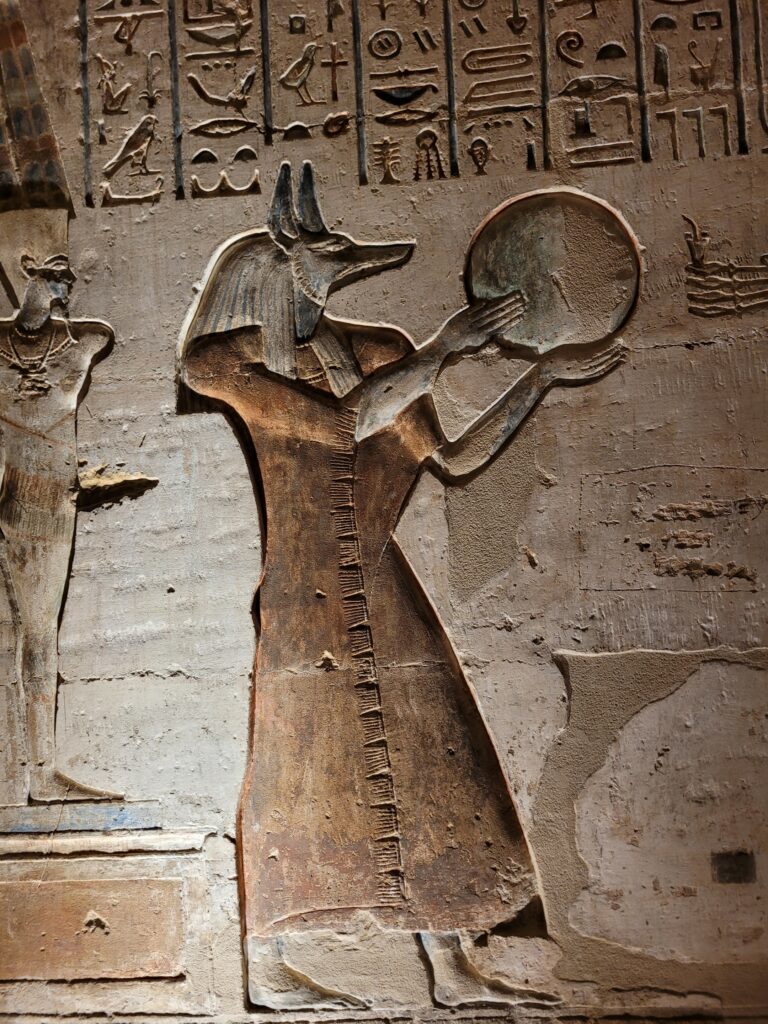
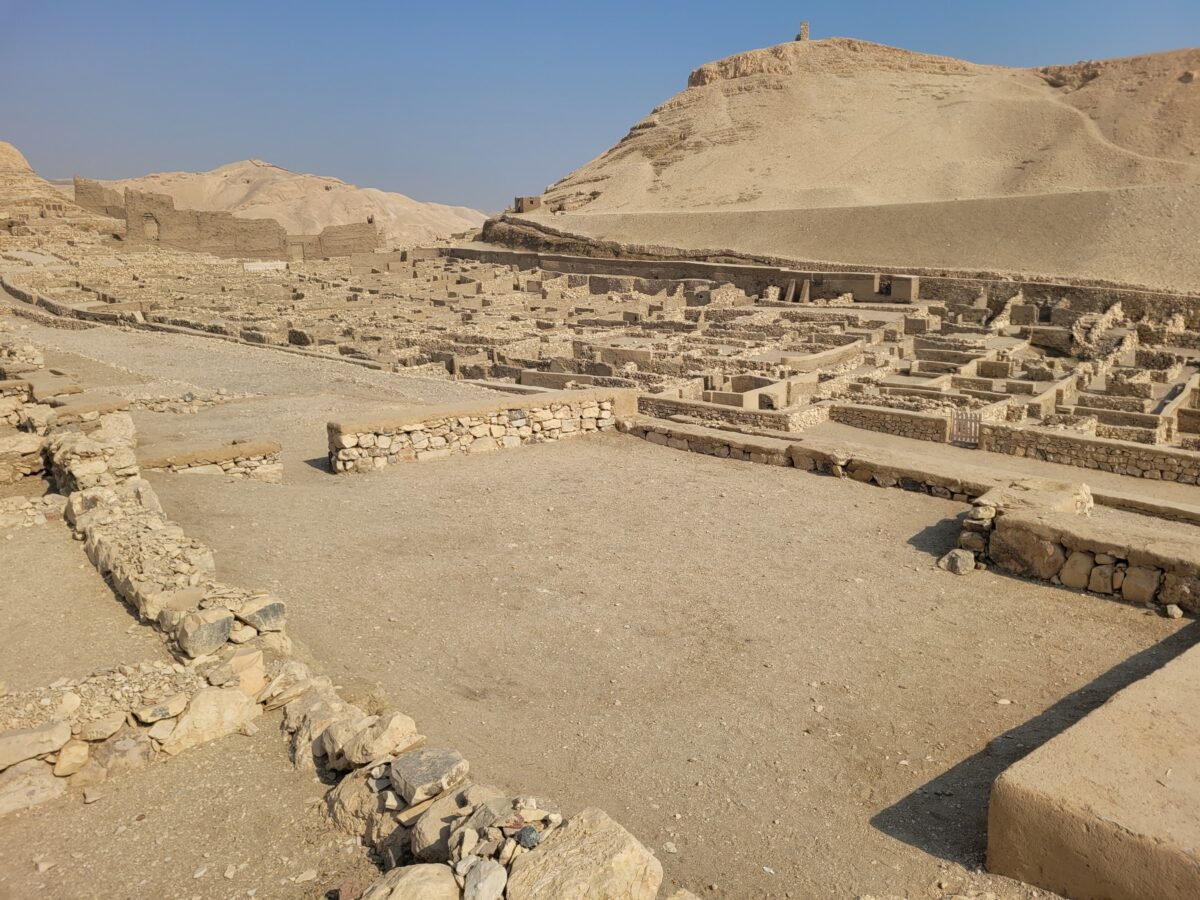
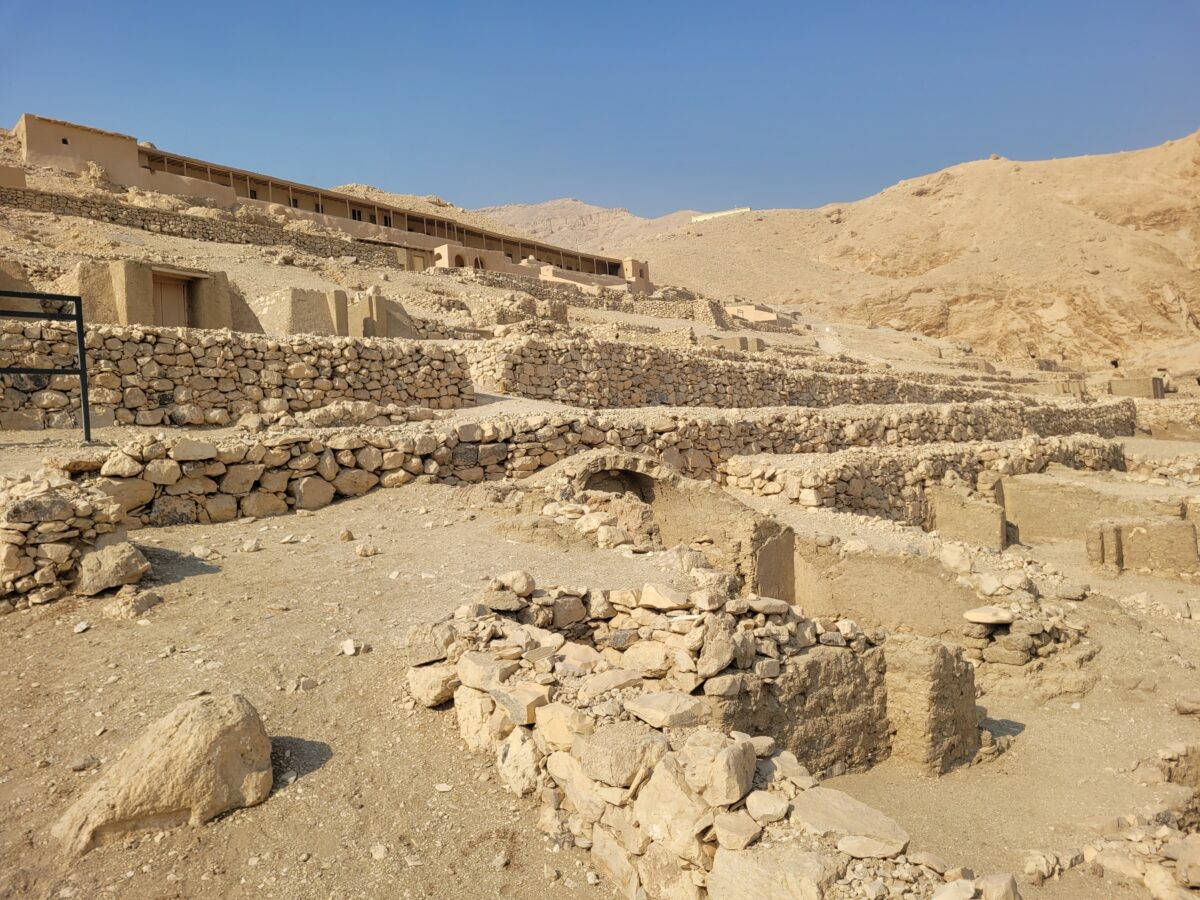
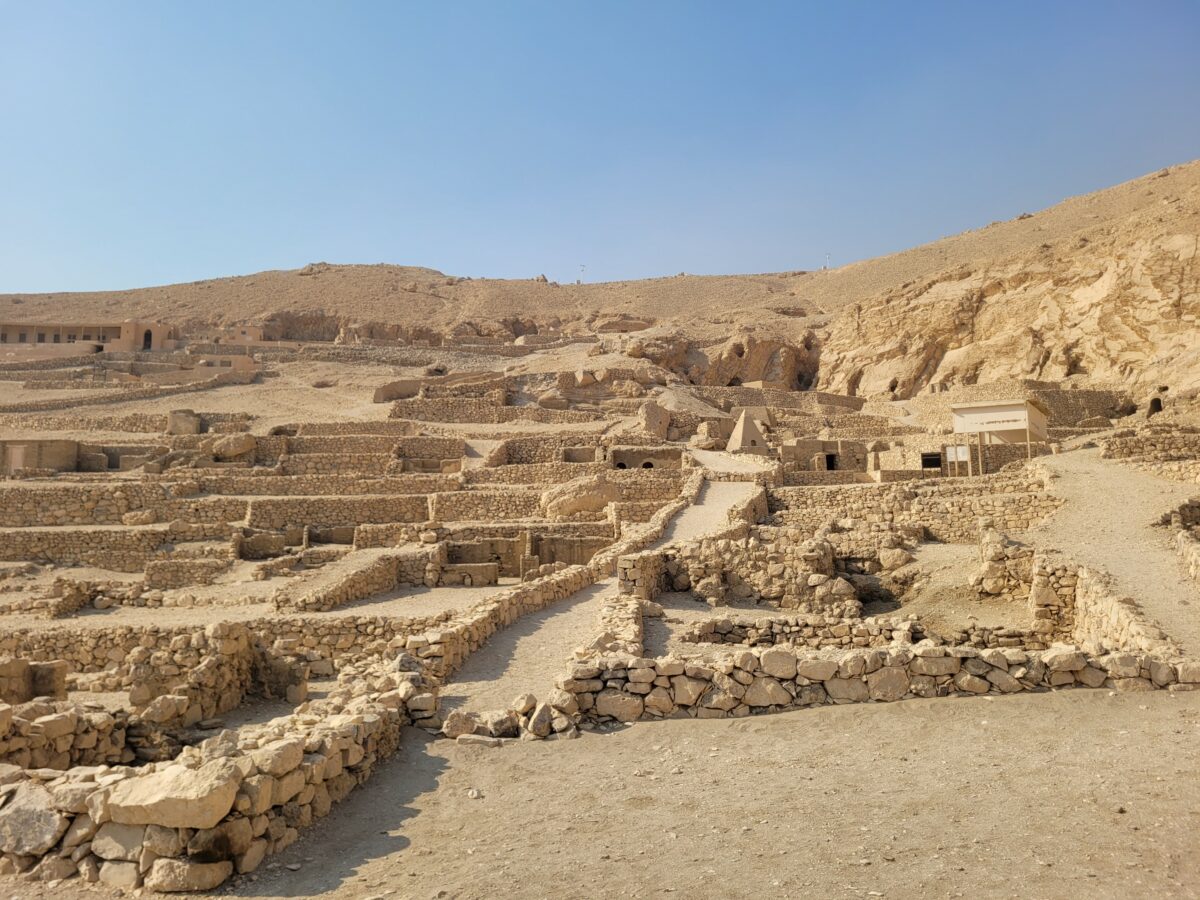
Ramesseum
The Ramesseum, the mortuary temple of Ramses II, is one of the largest and most impressive temples in Luxor. Built to honor the pharaoh’s reign and achievements, the temple features colossal statues, towering pillars, and intricate reliefs depicting scenes from Ramses II’s military campaigns and religious rituals. Despite centuries of decay and looting, the Ramesseum remains a magnificent testament to the grandeur of ancient Egypt.
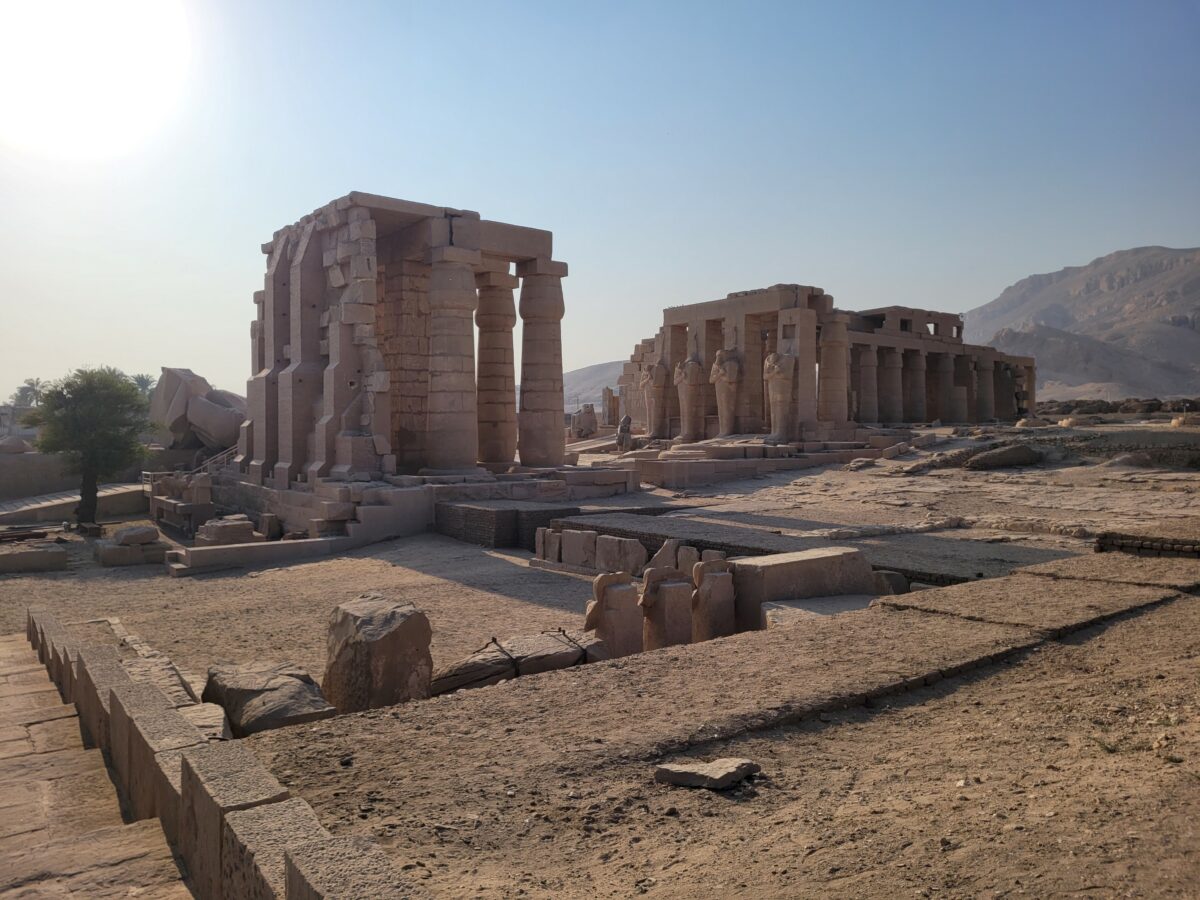
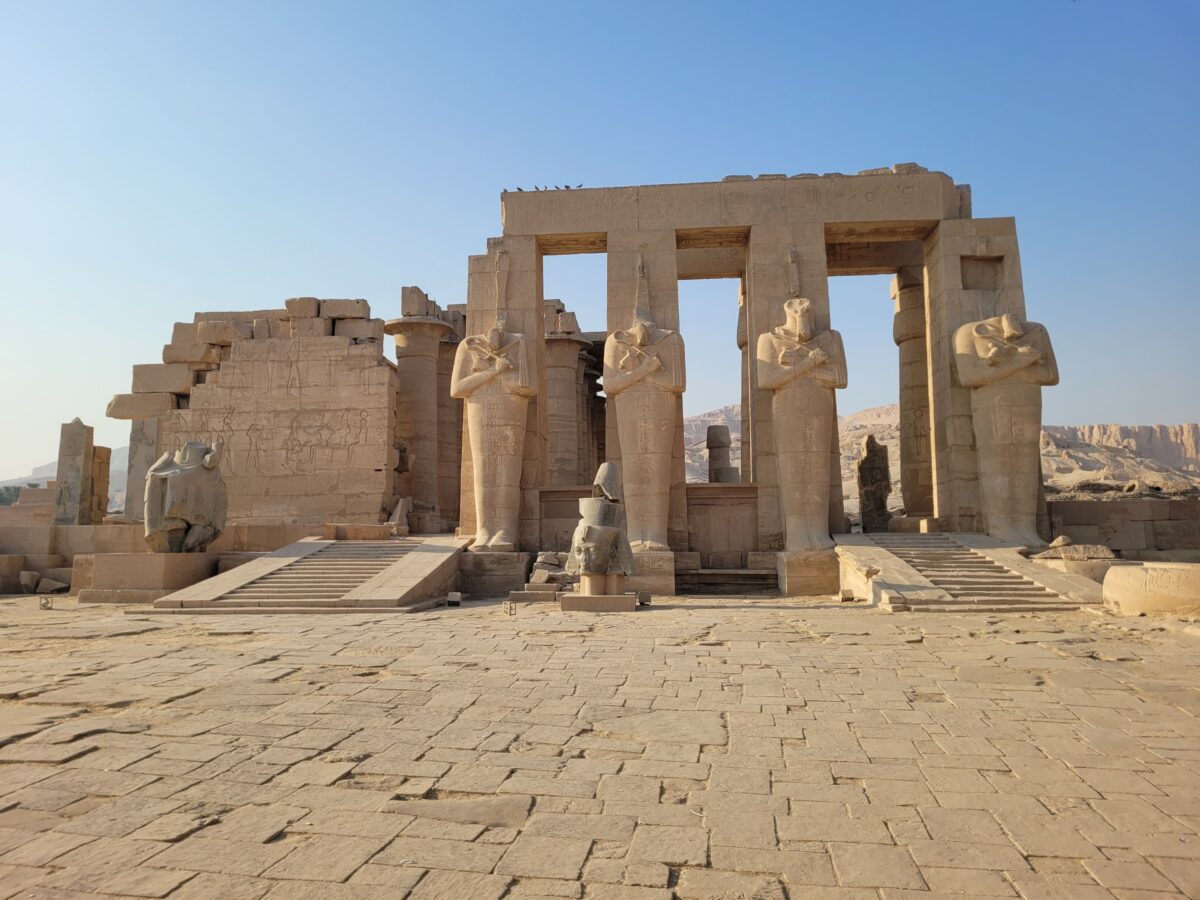
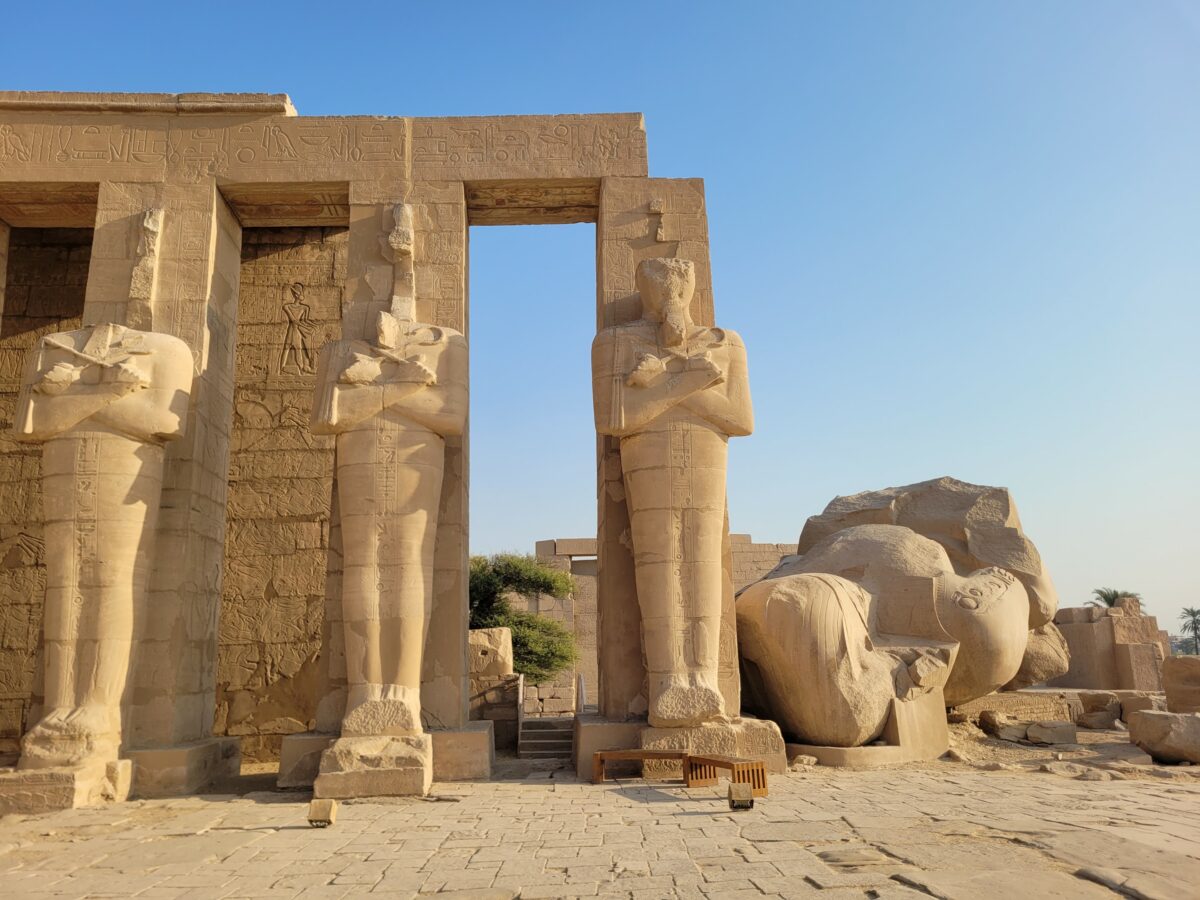
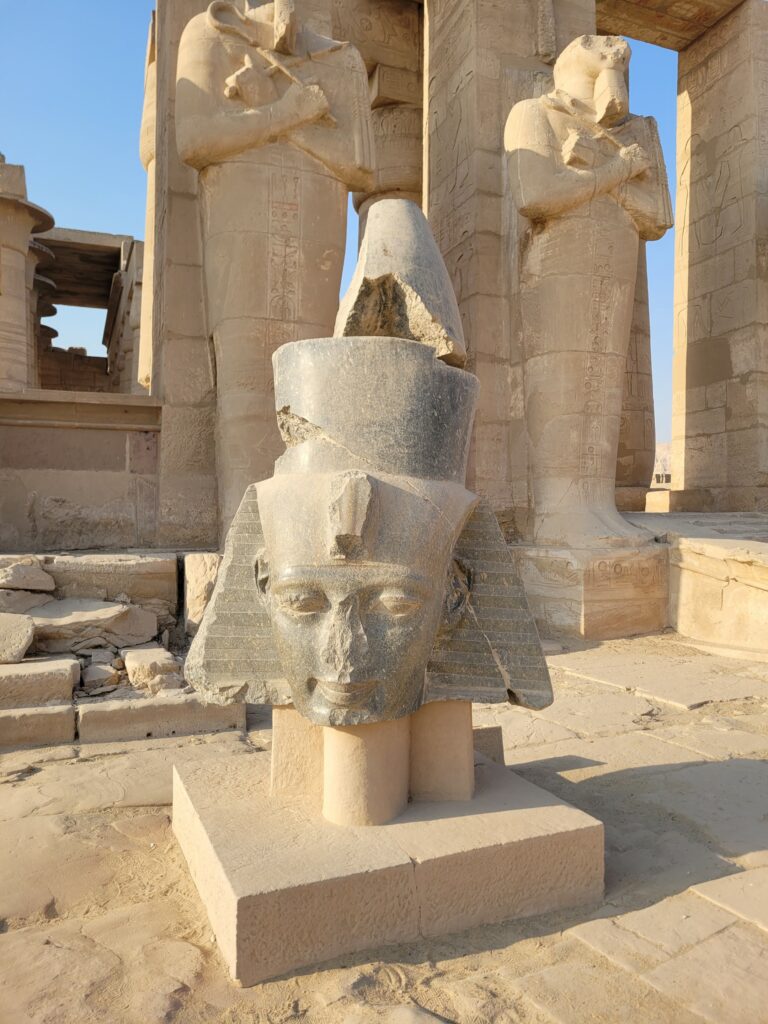
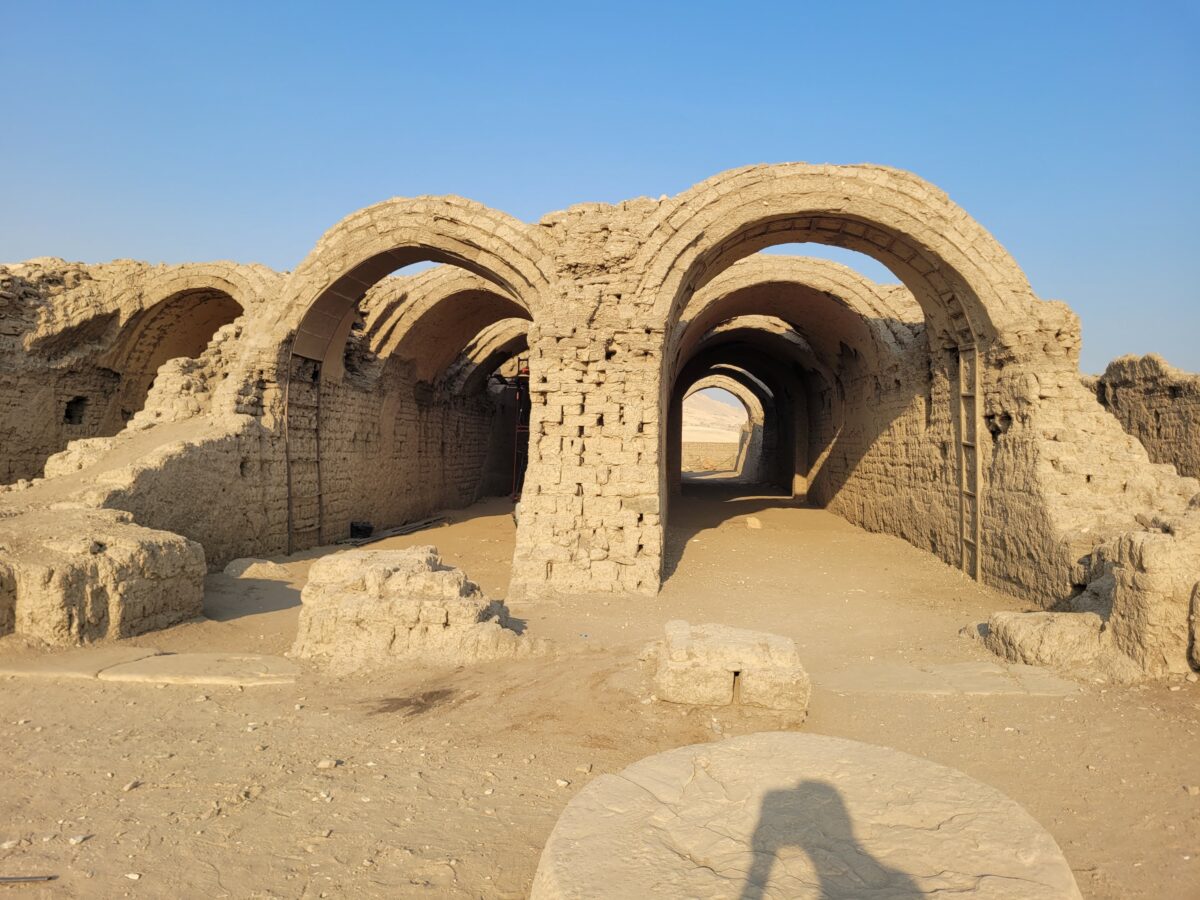
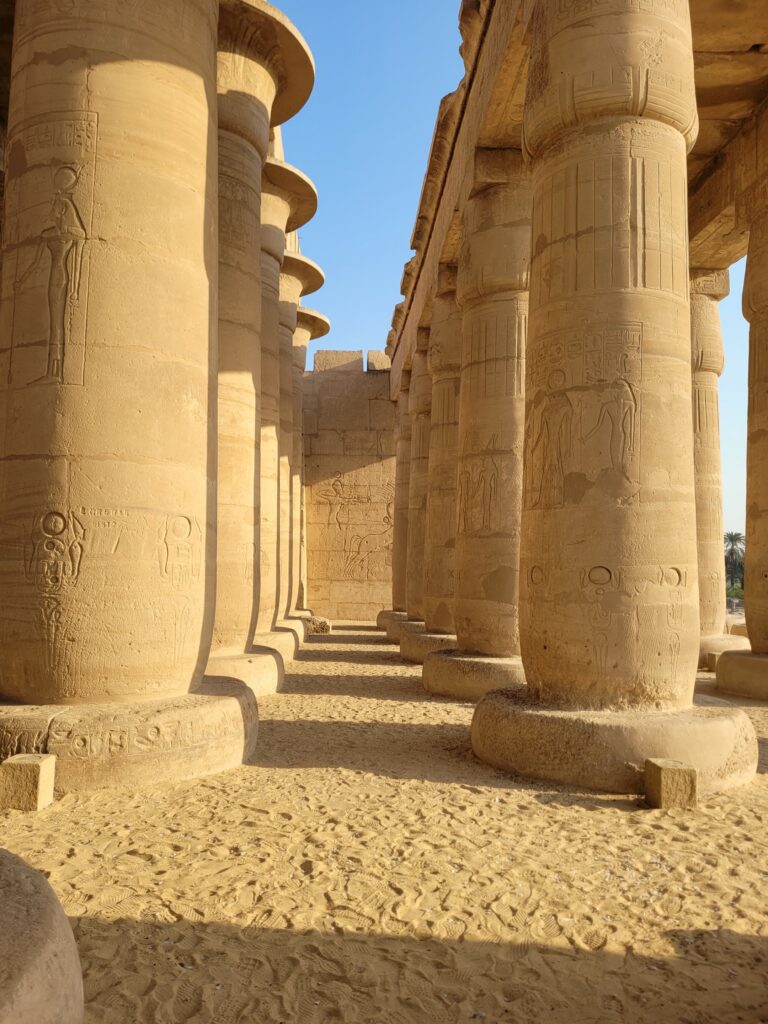
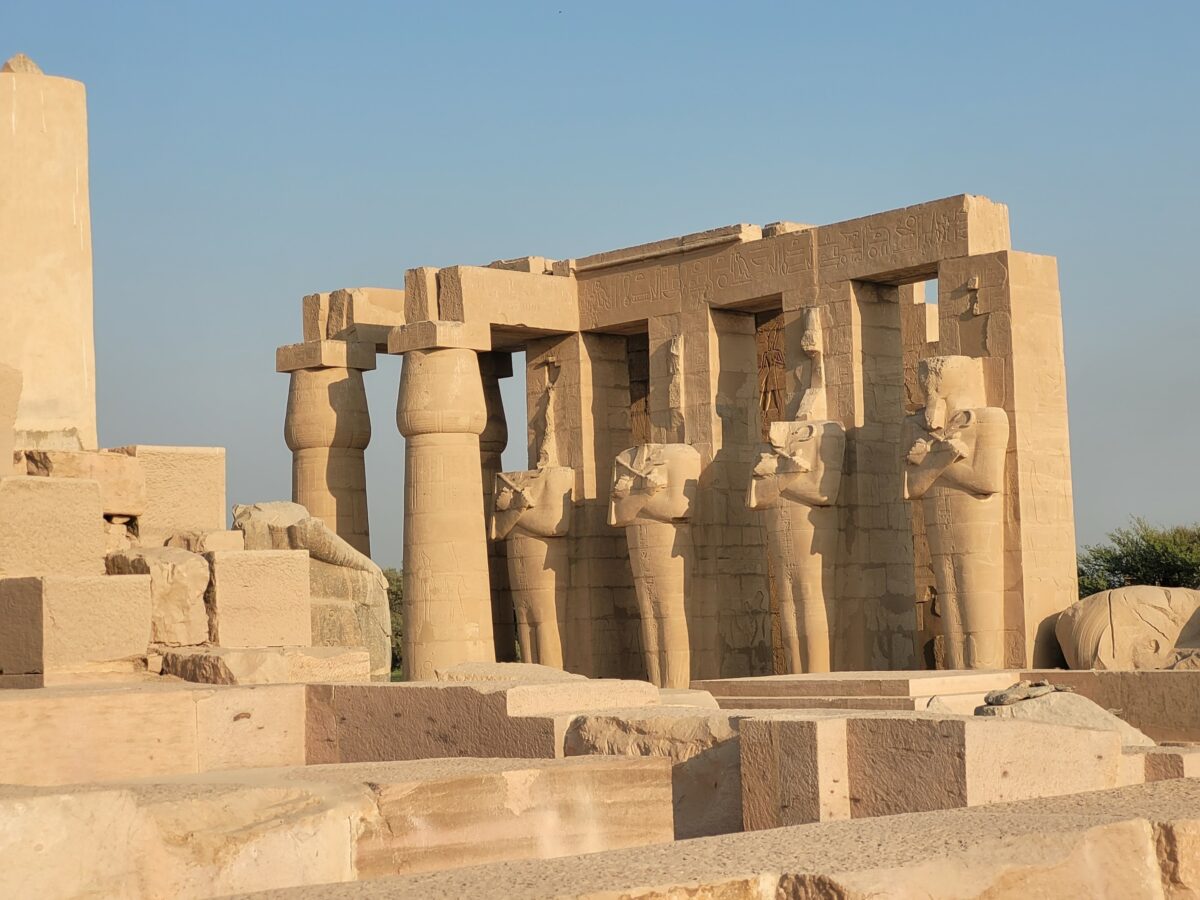
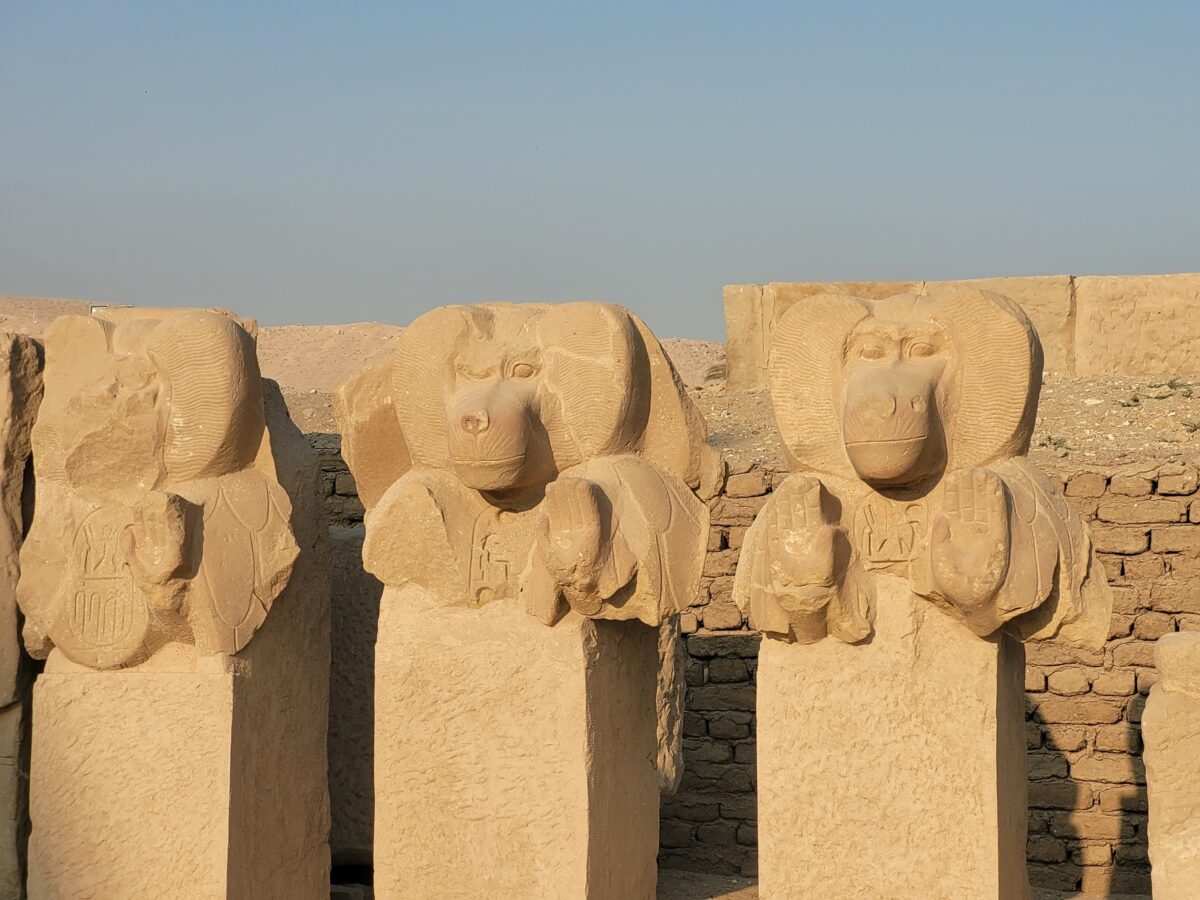
Temple of Amun (Medinet Habu)
The Temple of Amun at Medinet Habu is another stunning example of ancient Egyptian architecture and artistry. Dedicated to the god Amun and other deities, this vast temple complex served as a center of religious worship and royal ceremonies during the New Kingdom period. The temple is renowned for its well-preserved reliefs, which depict battle scenes, religious processions, and offerings to the gods in vivid detail.
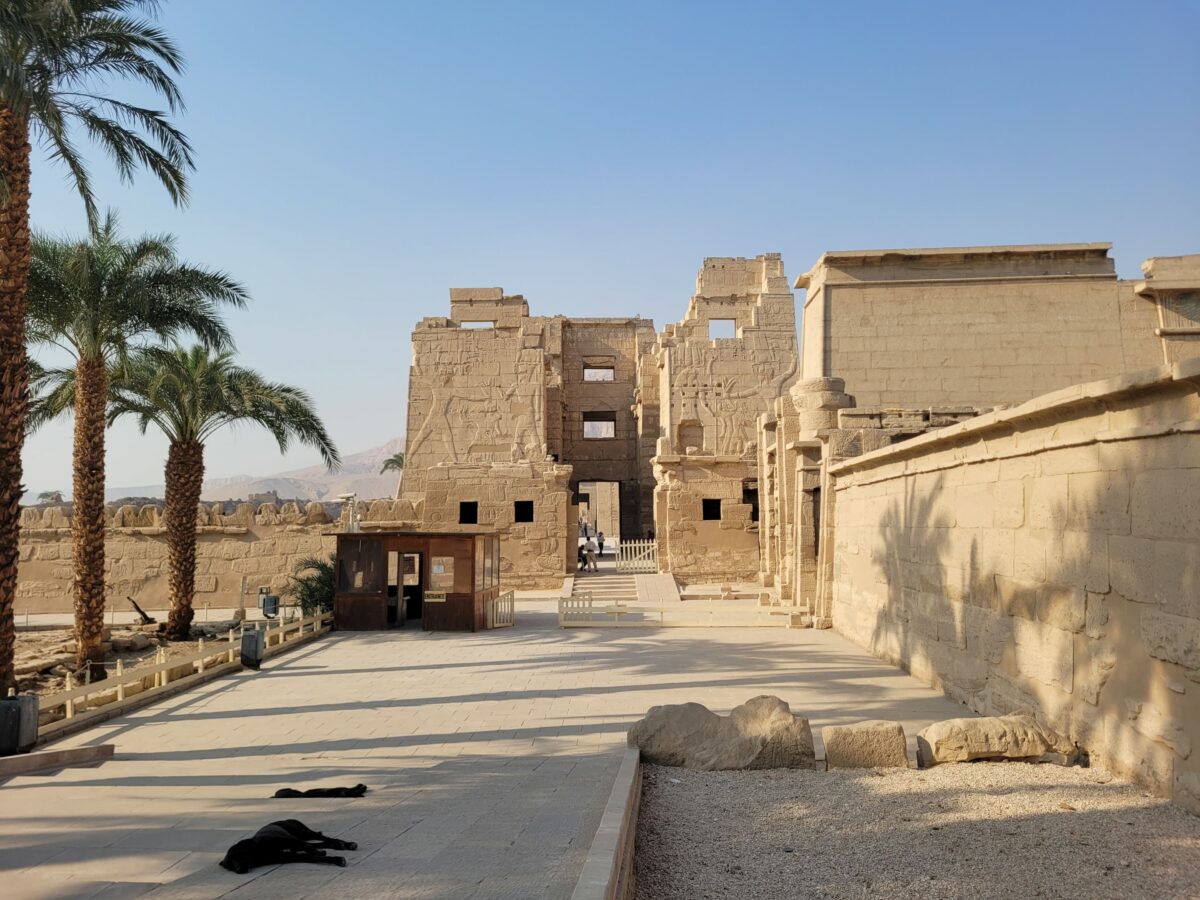
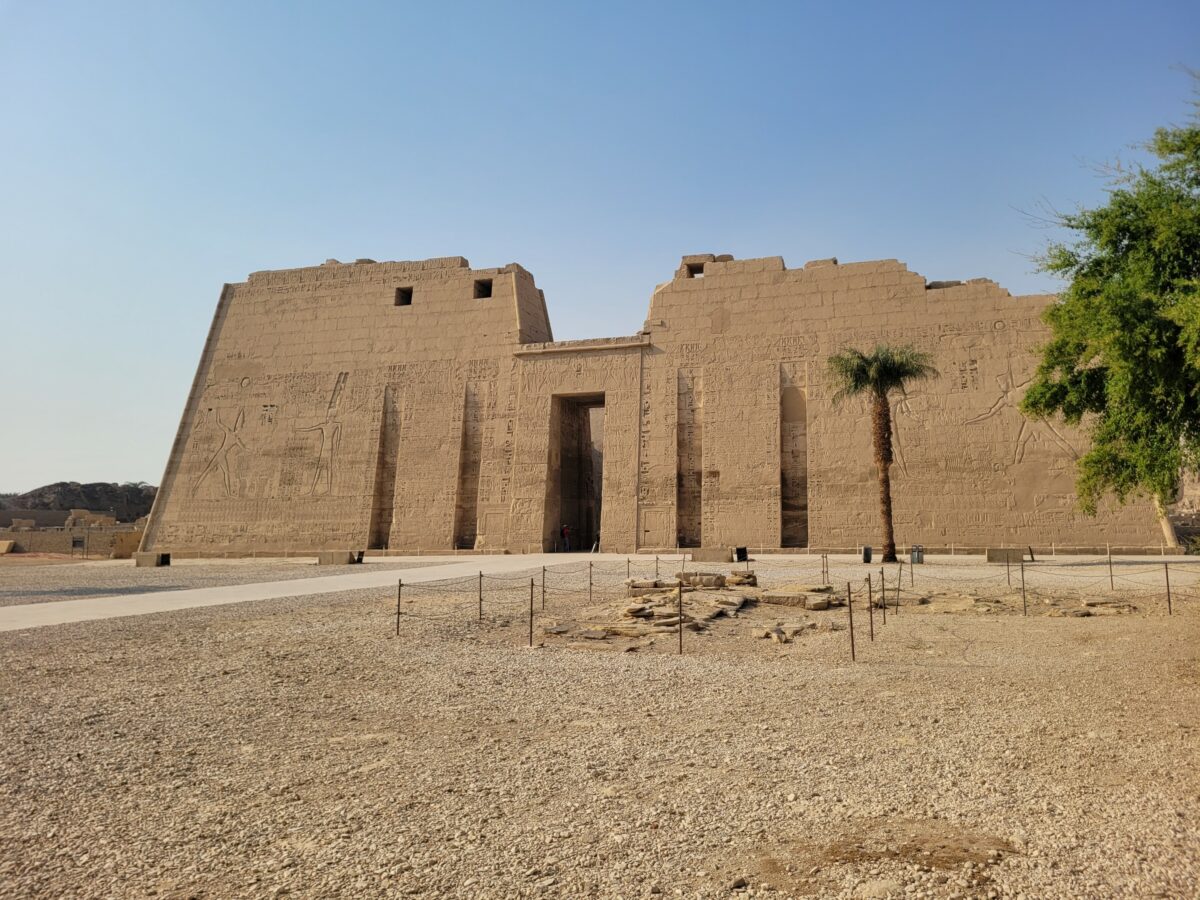
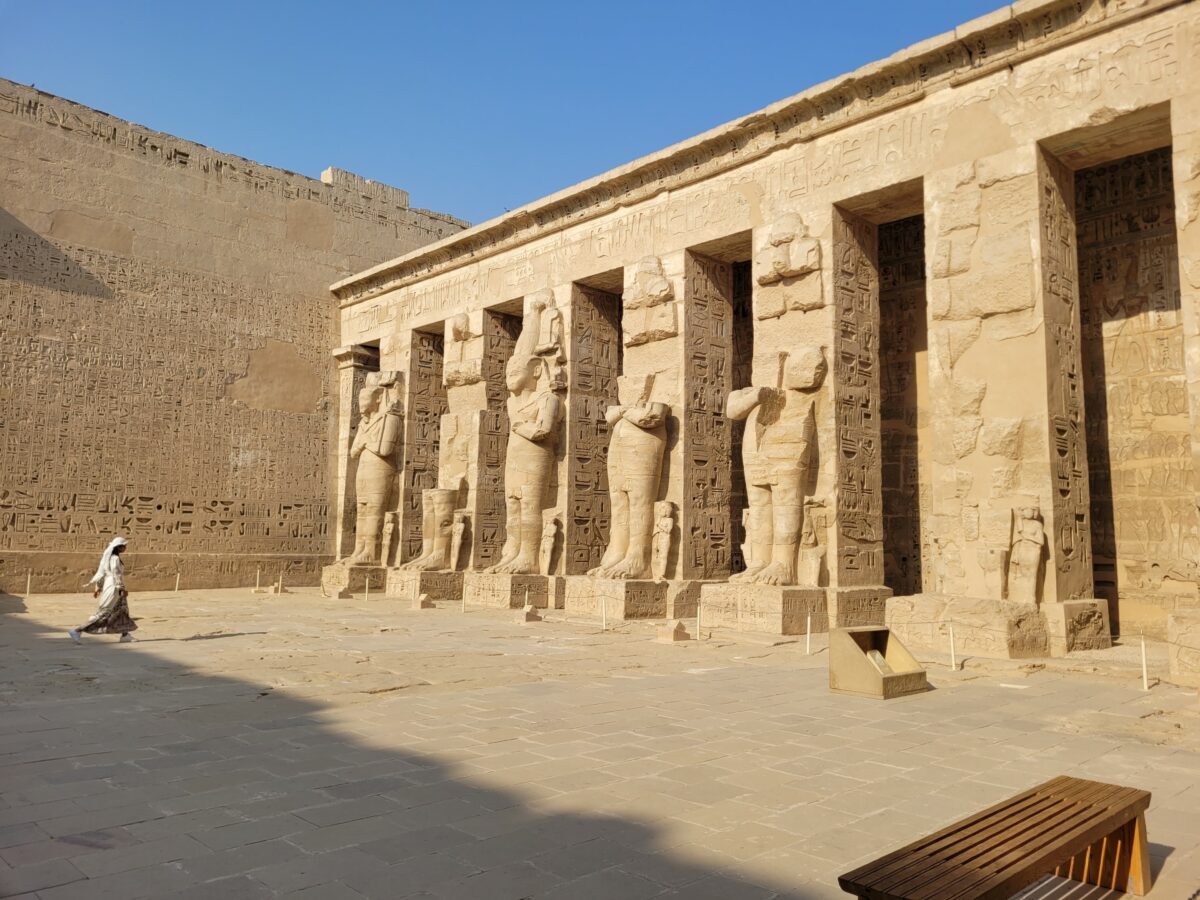
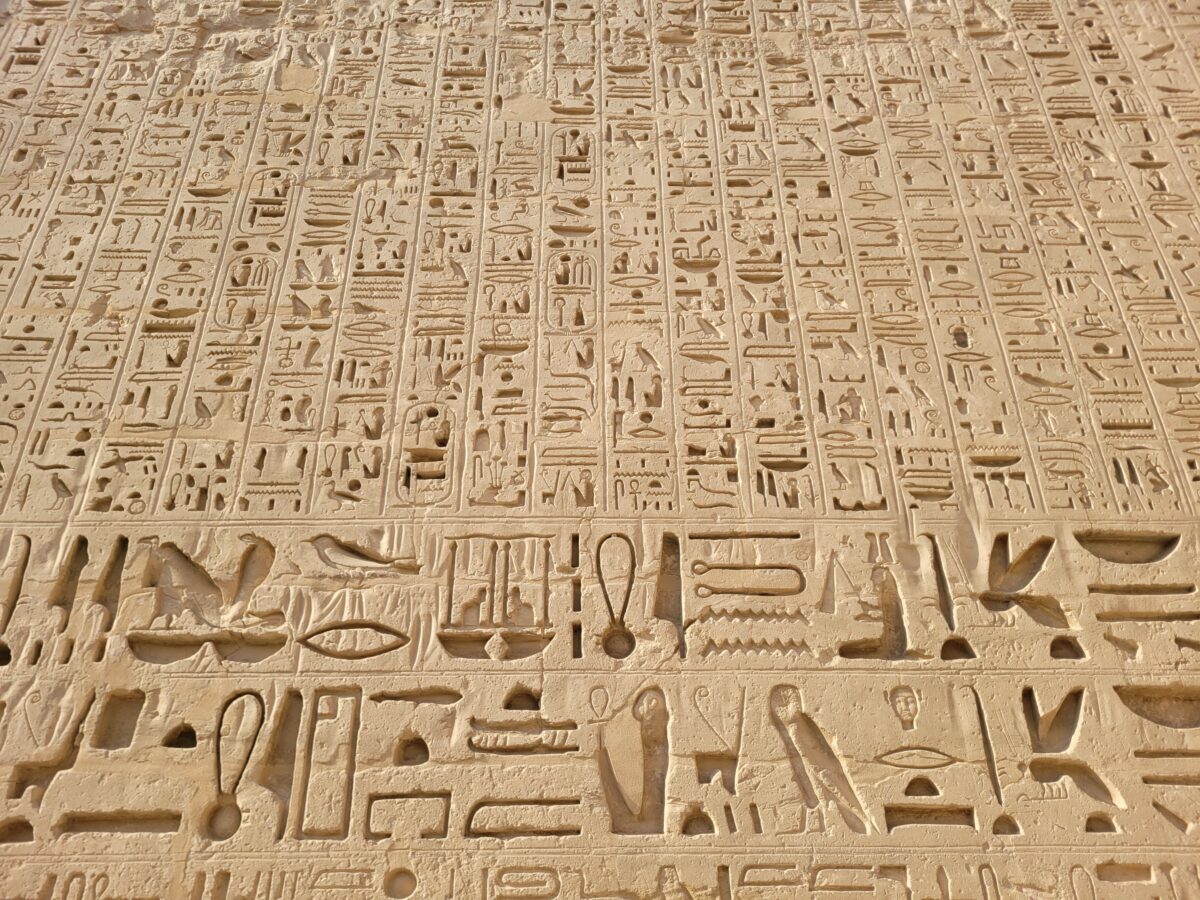
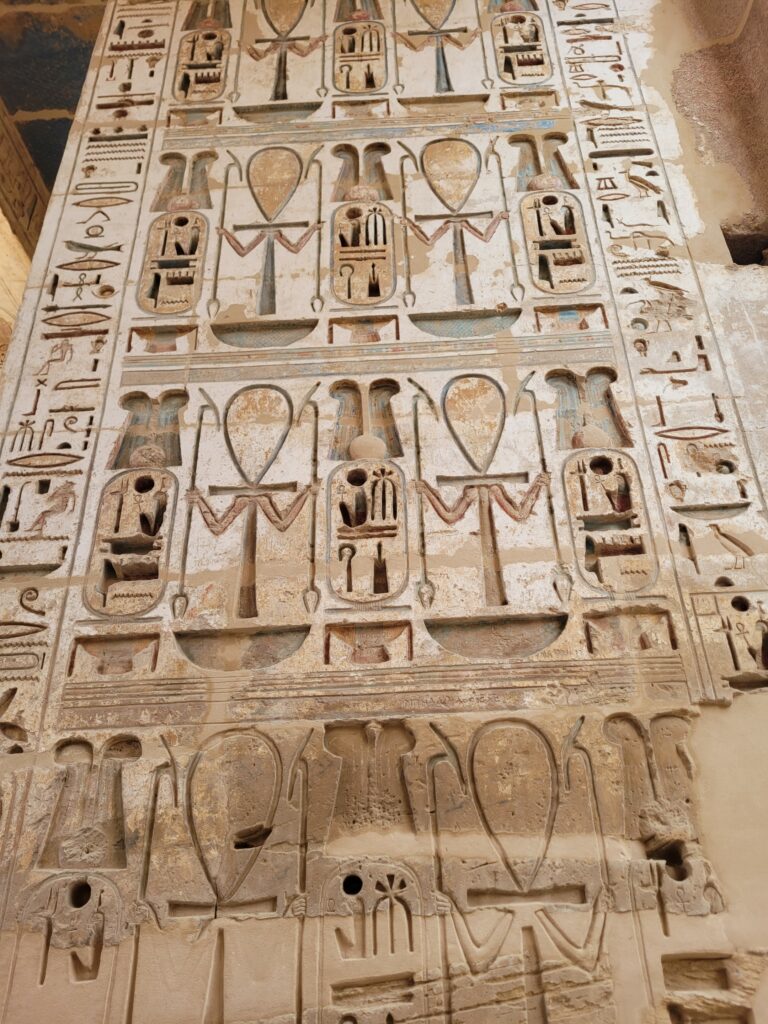
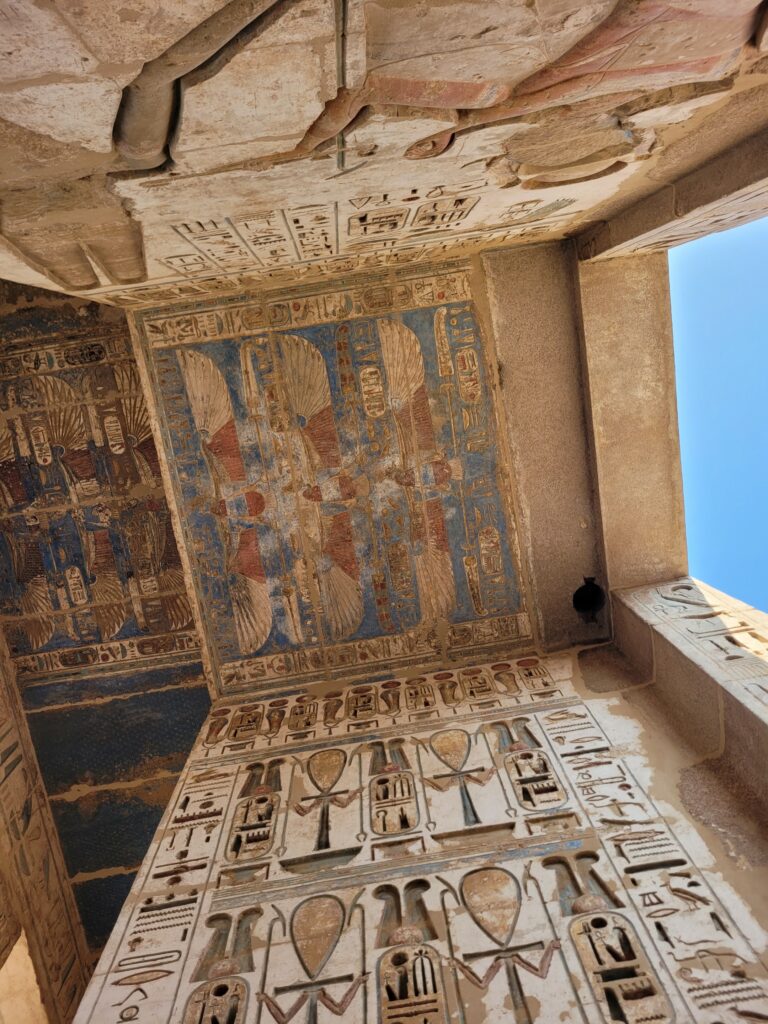
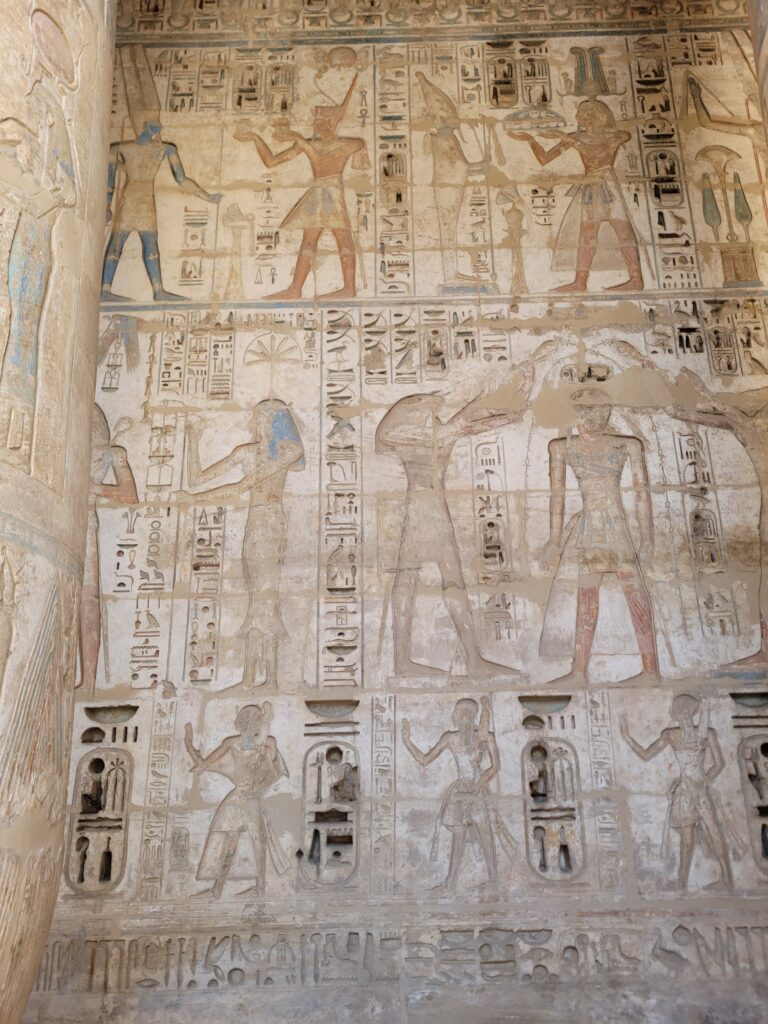
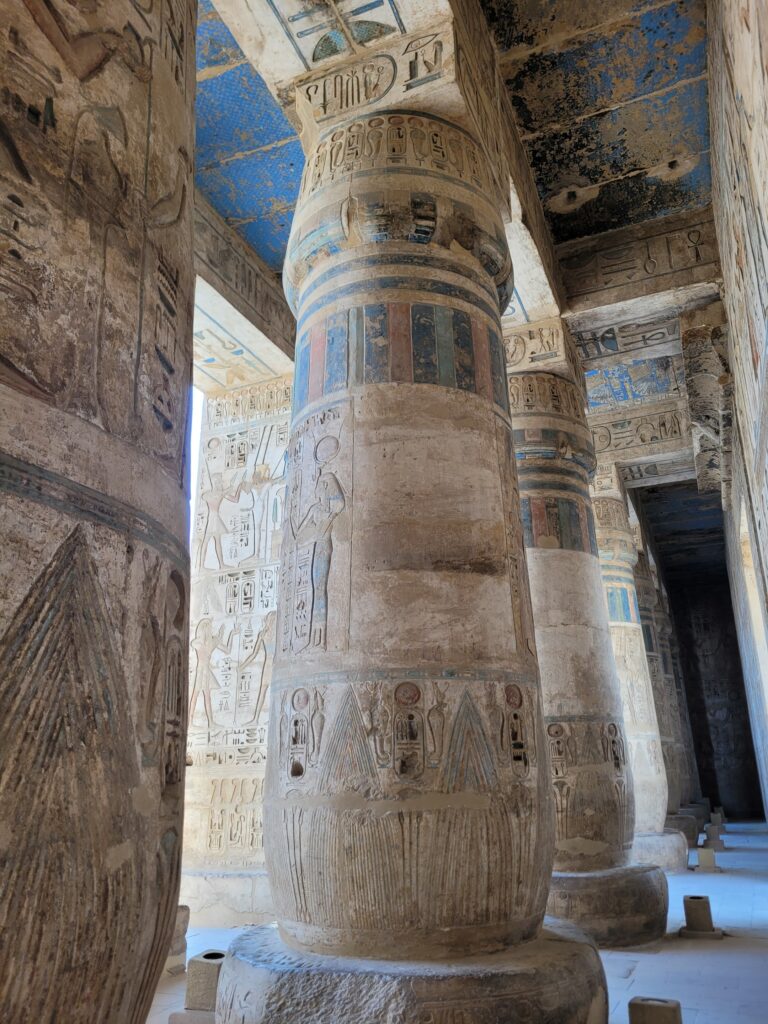
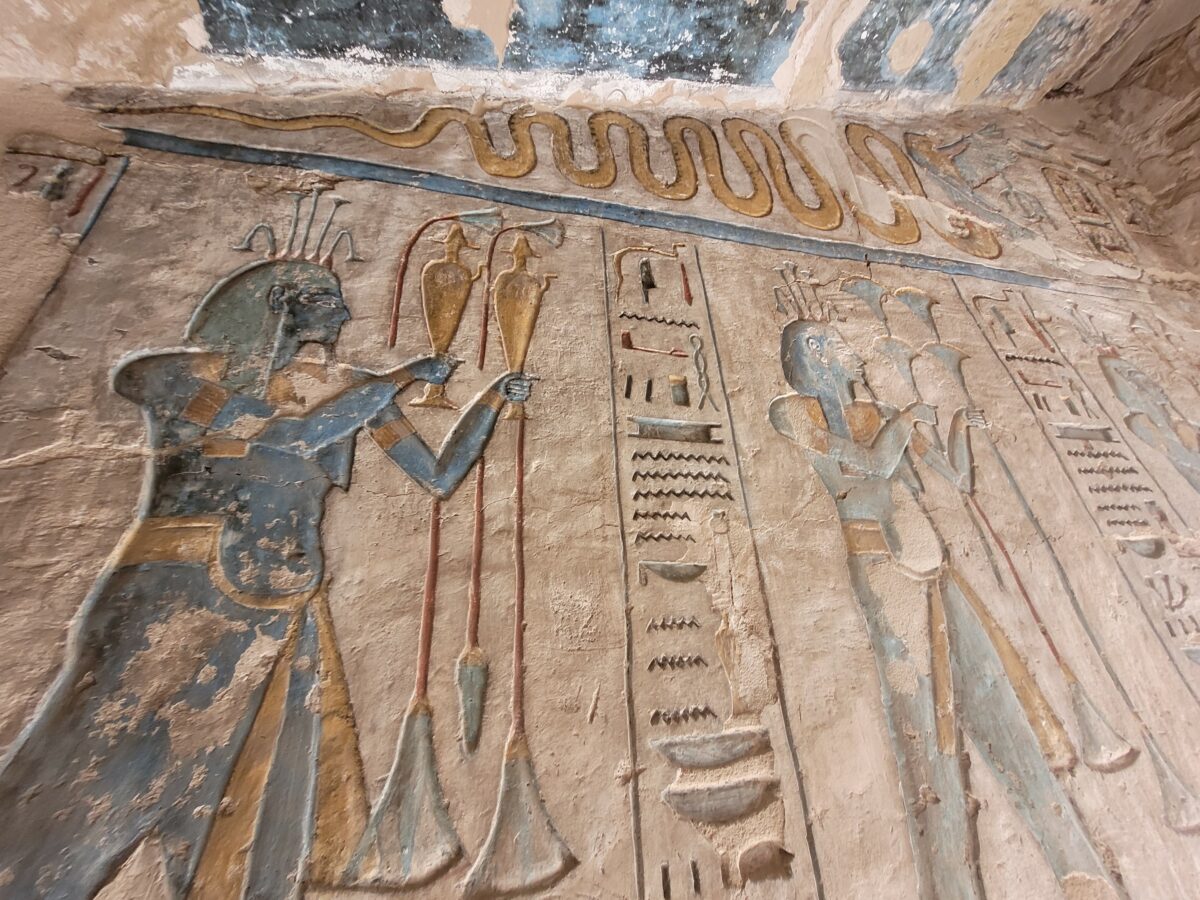
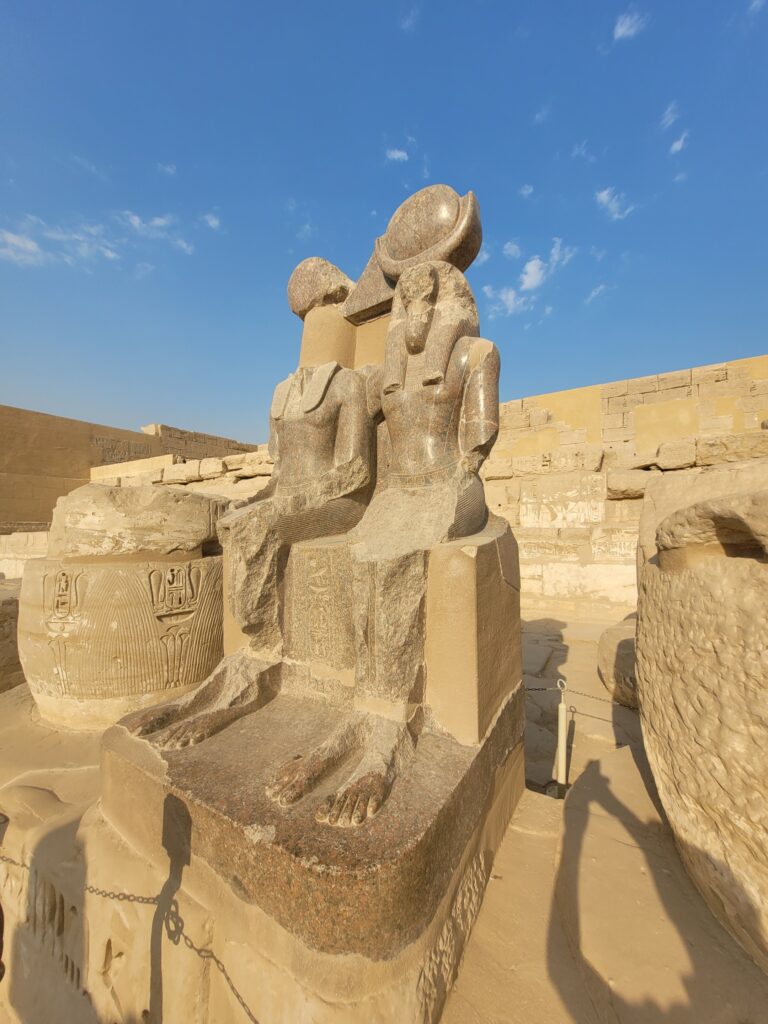
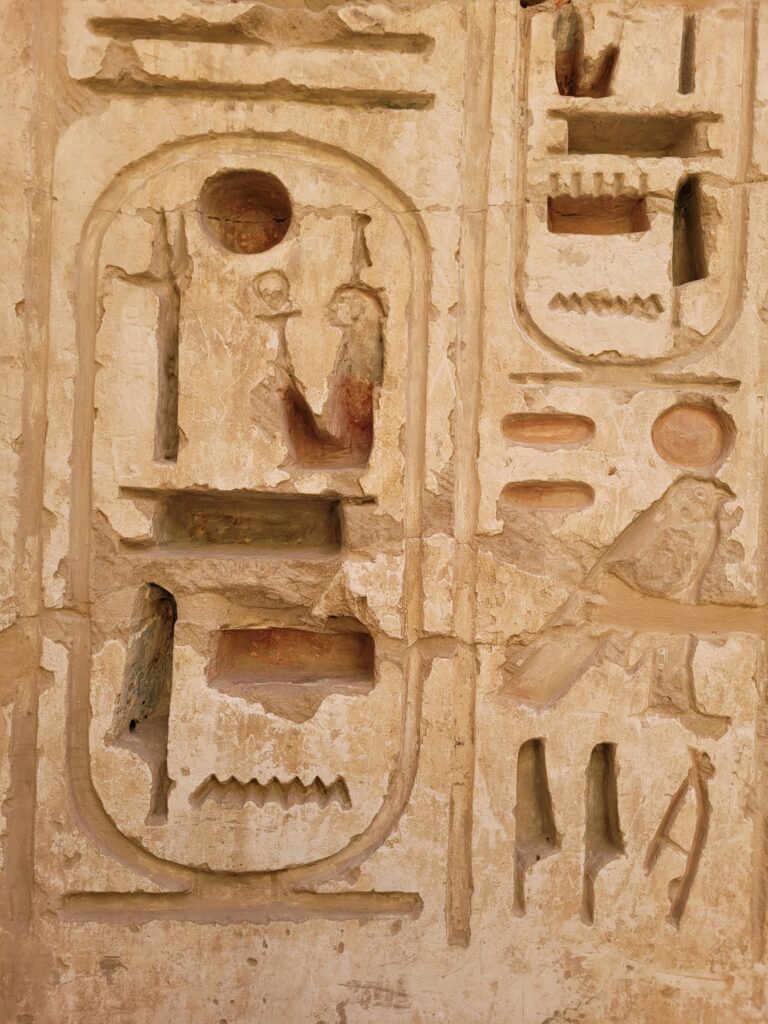
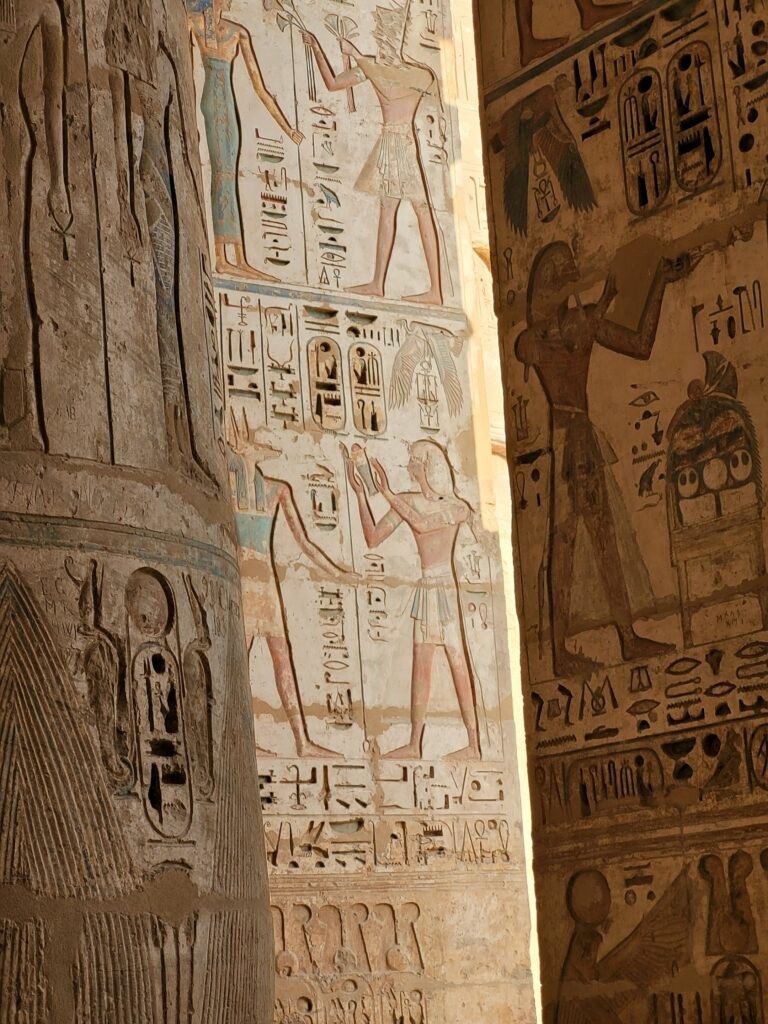
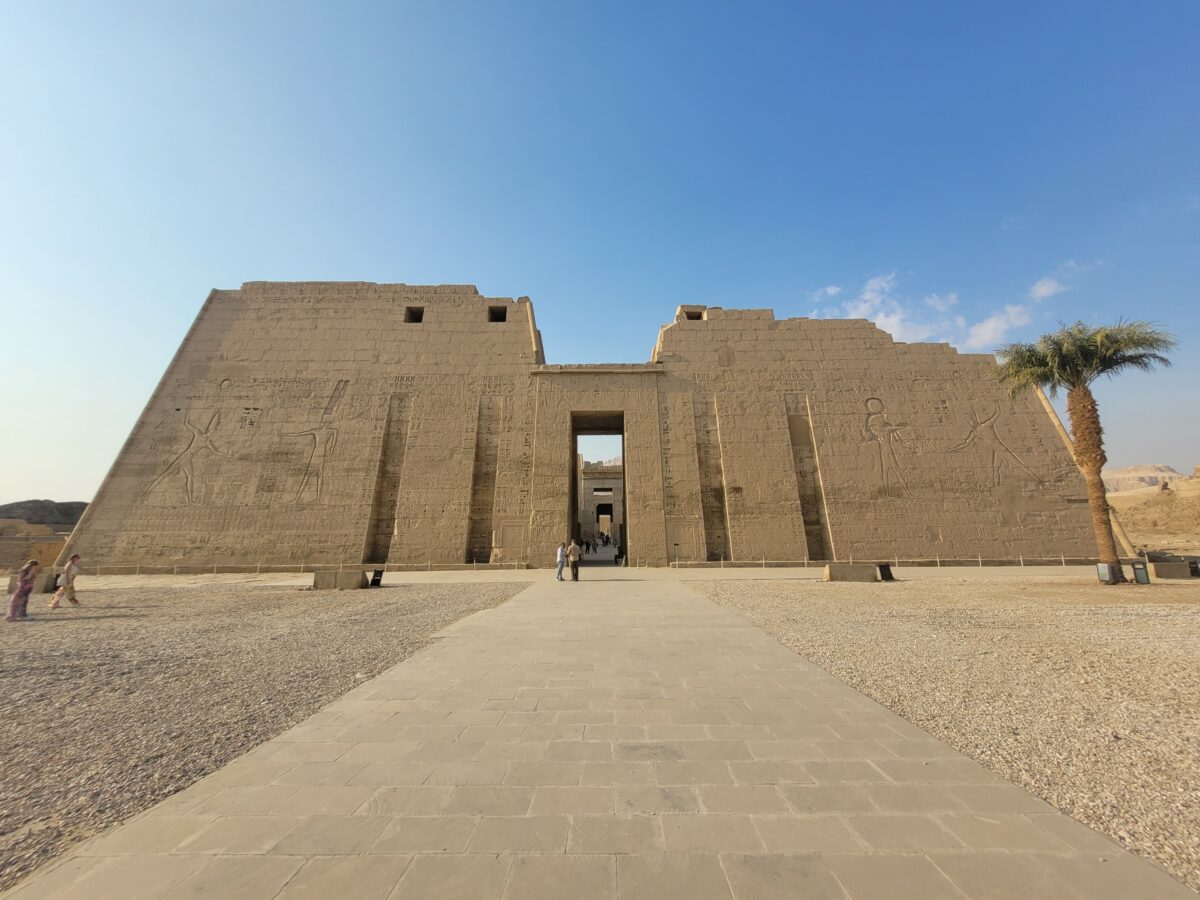
Luxor Temple
Luxor Temple, located in the heart of the modern city, is a testament to the religious fervor and architectural prowess of the ancient Egyptians. Built over centuries by various pharaohs, the temple is dedicated to the god Amun and was used for religious festivals, ceremonies, and processions. Highlights of the temple include the massive entrance pylons, the Great Colonnade, and the beautifully preserved courtyard with its towering obelisks and colossal statues.
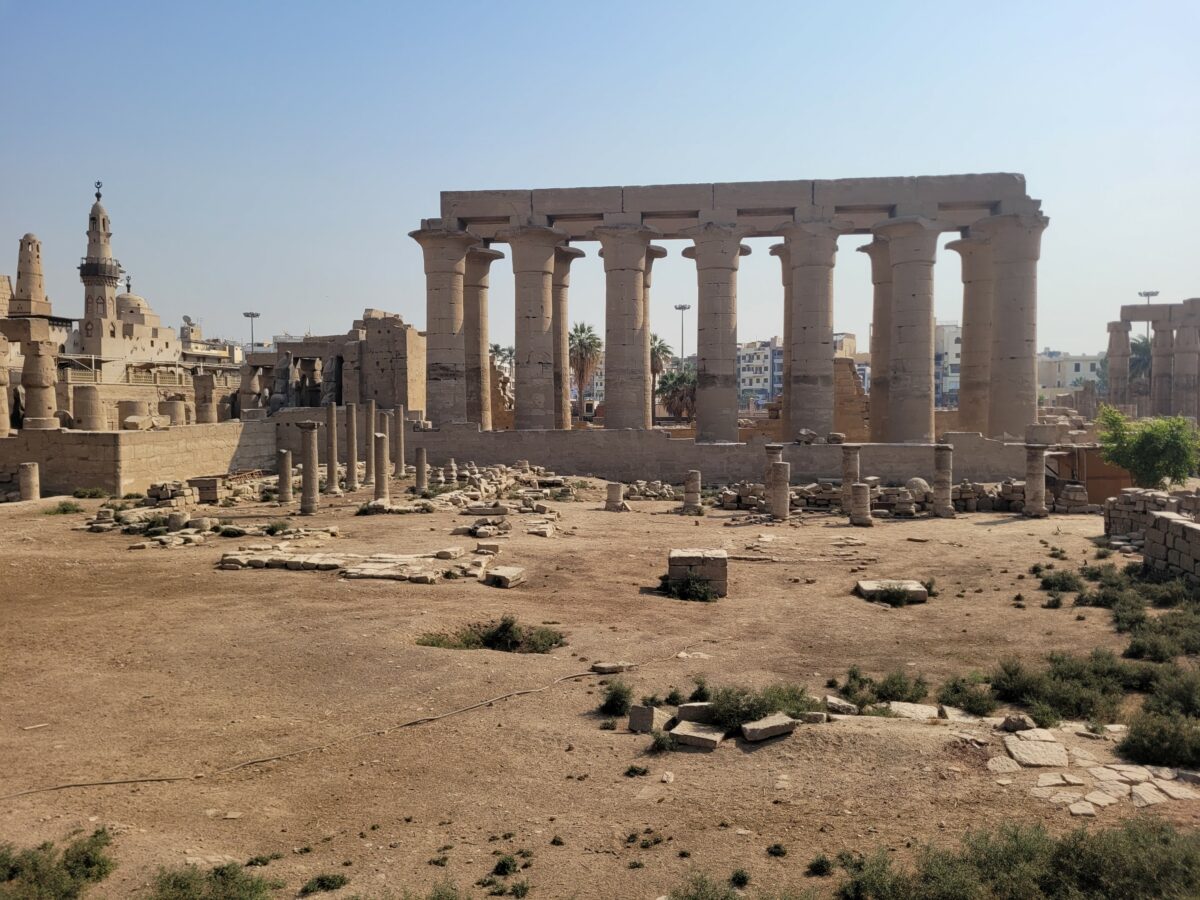
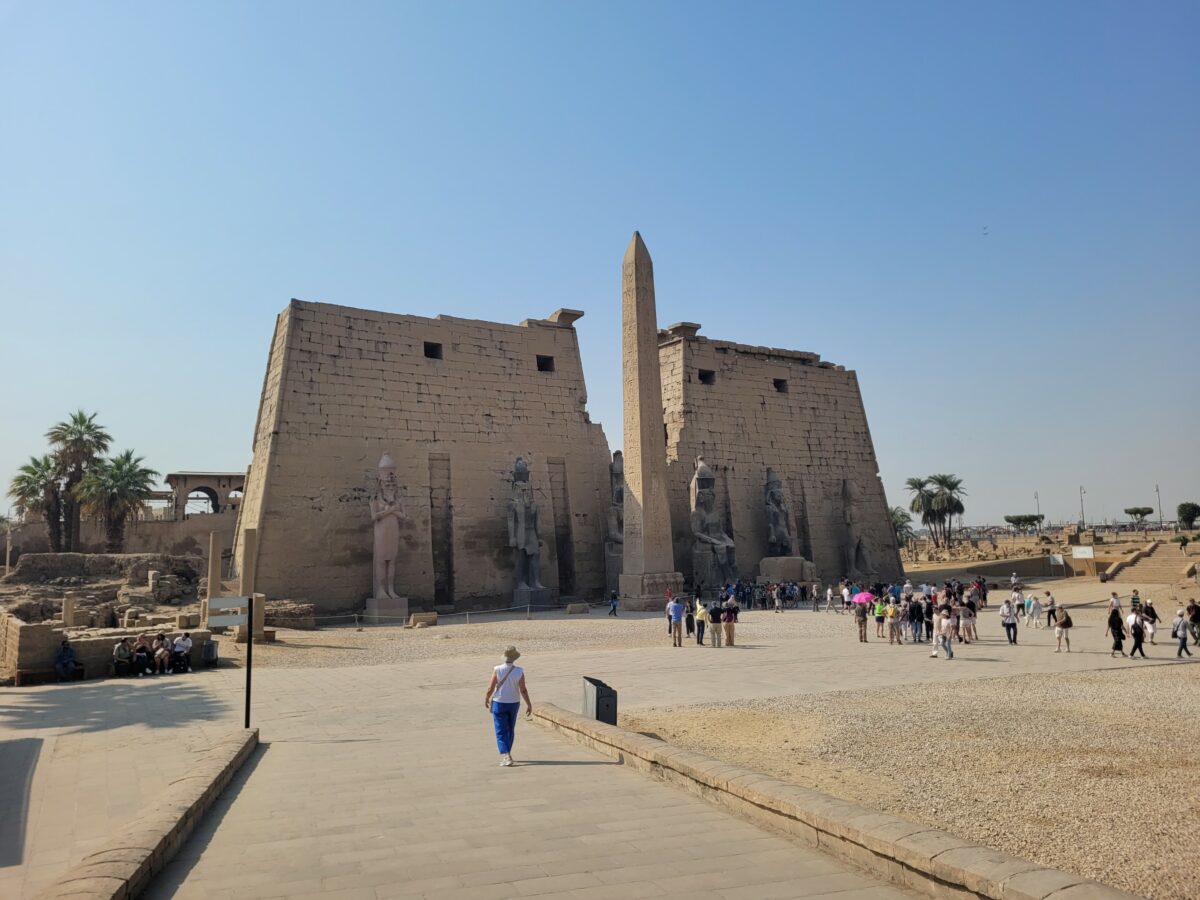
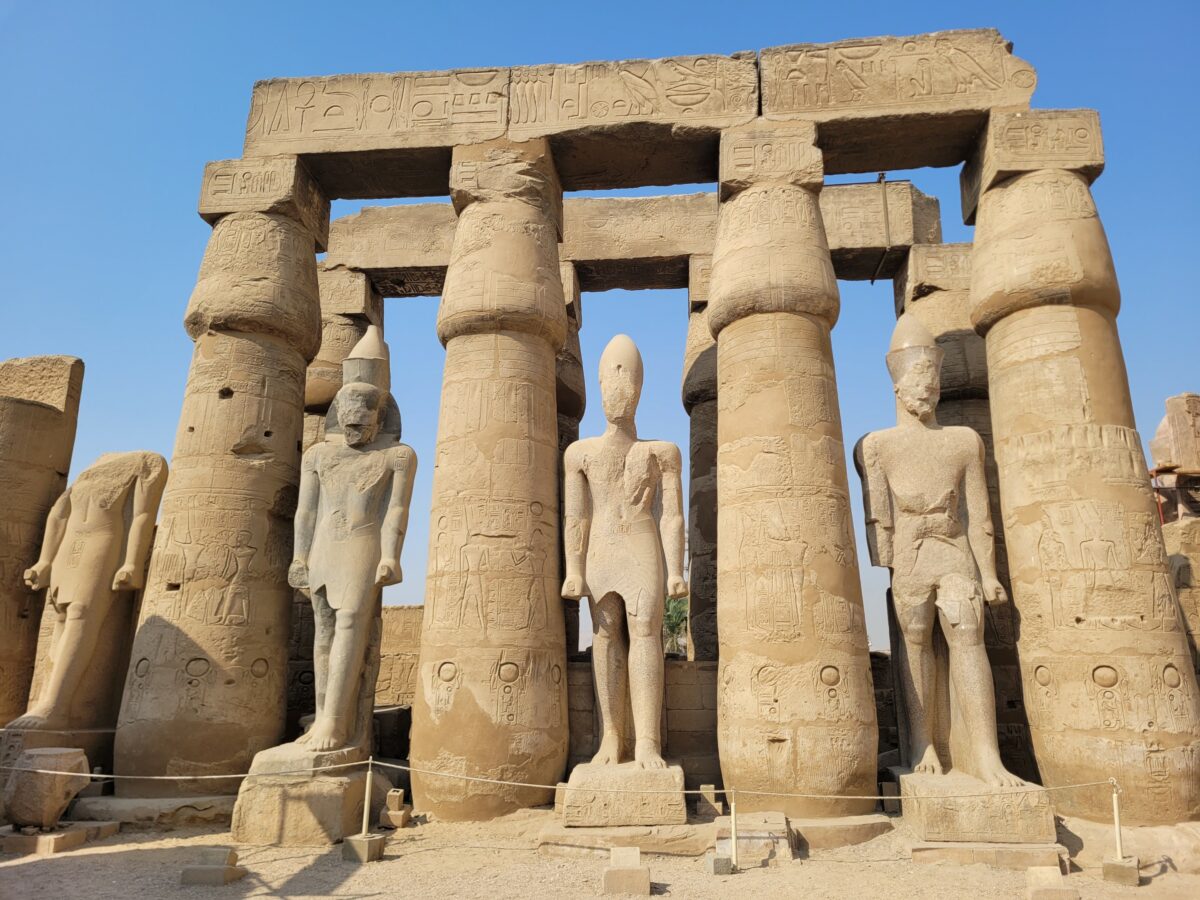
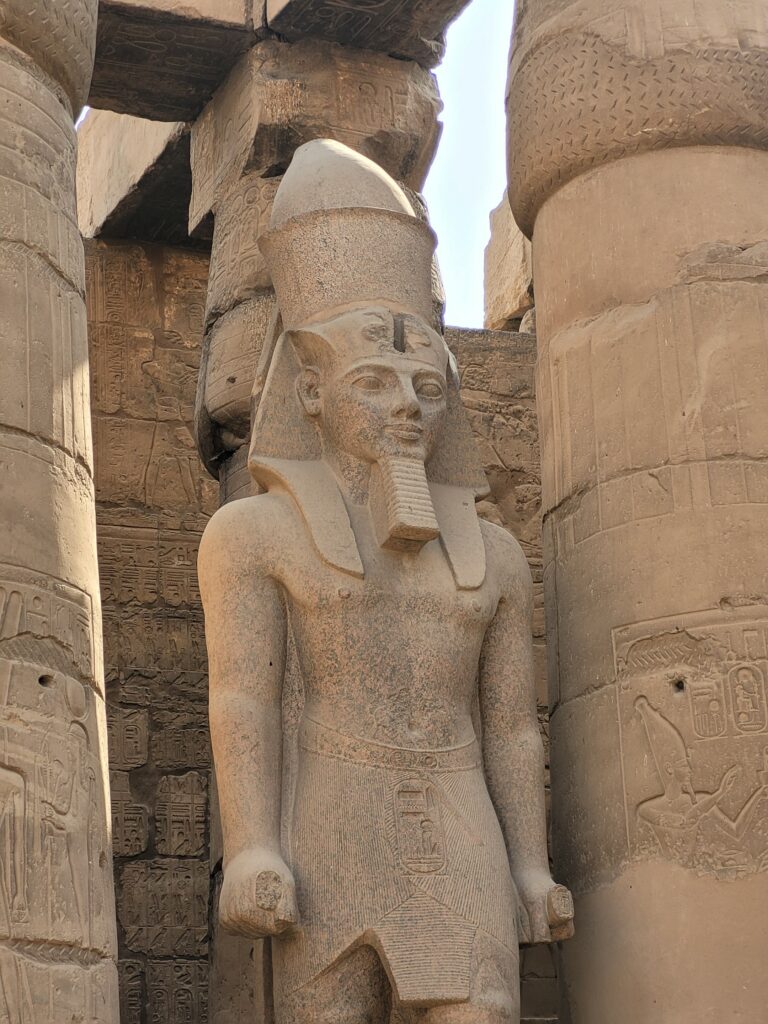
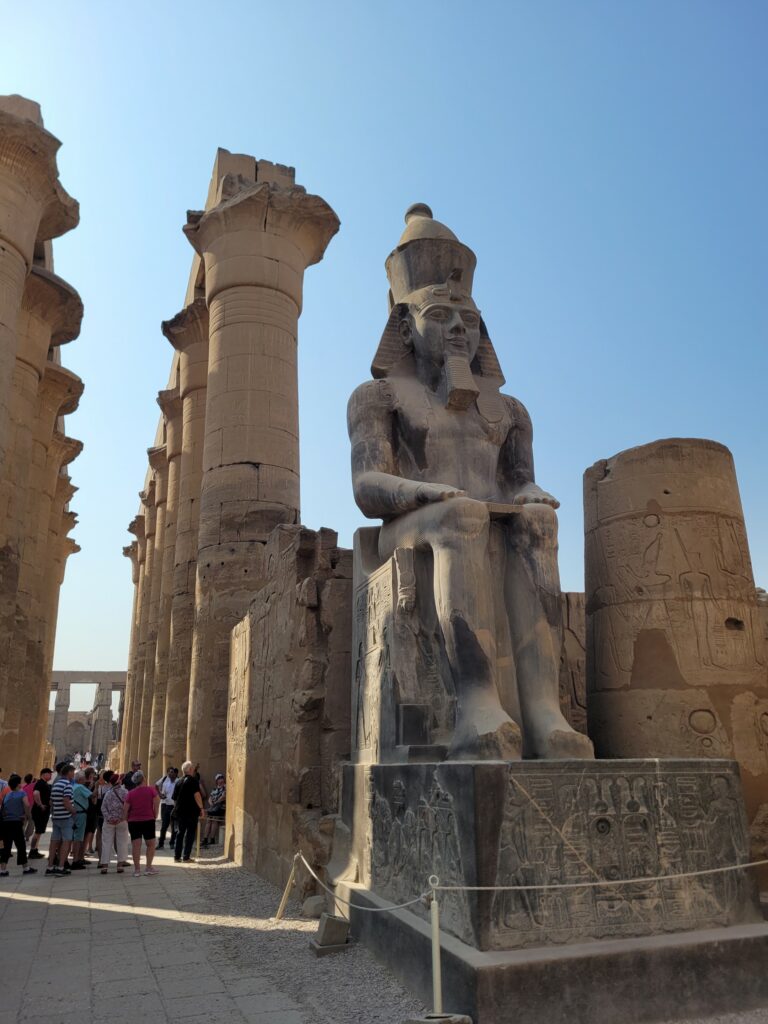
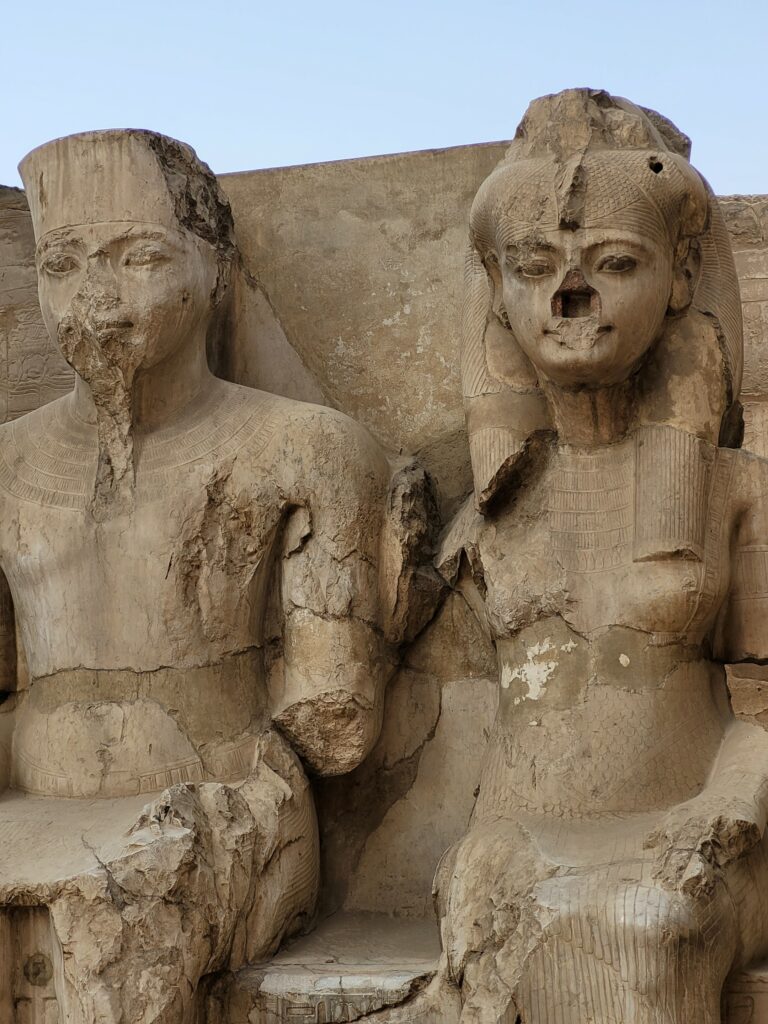
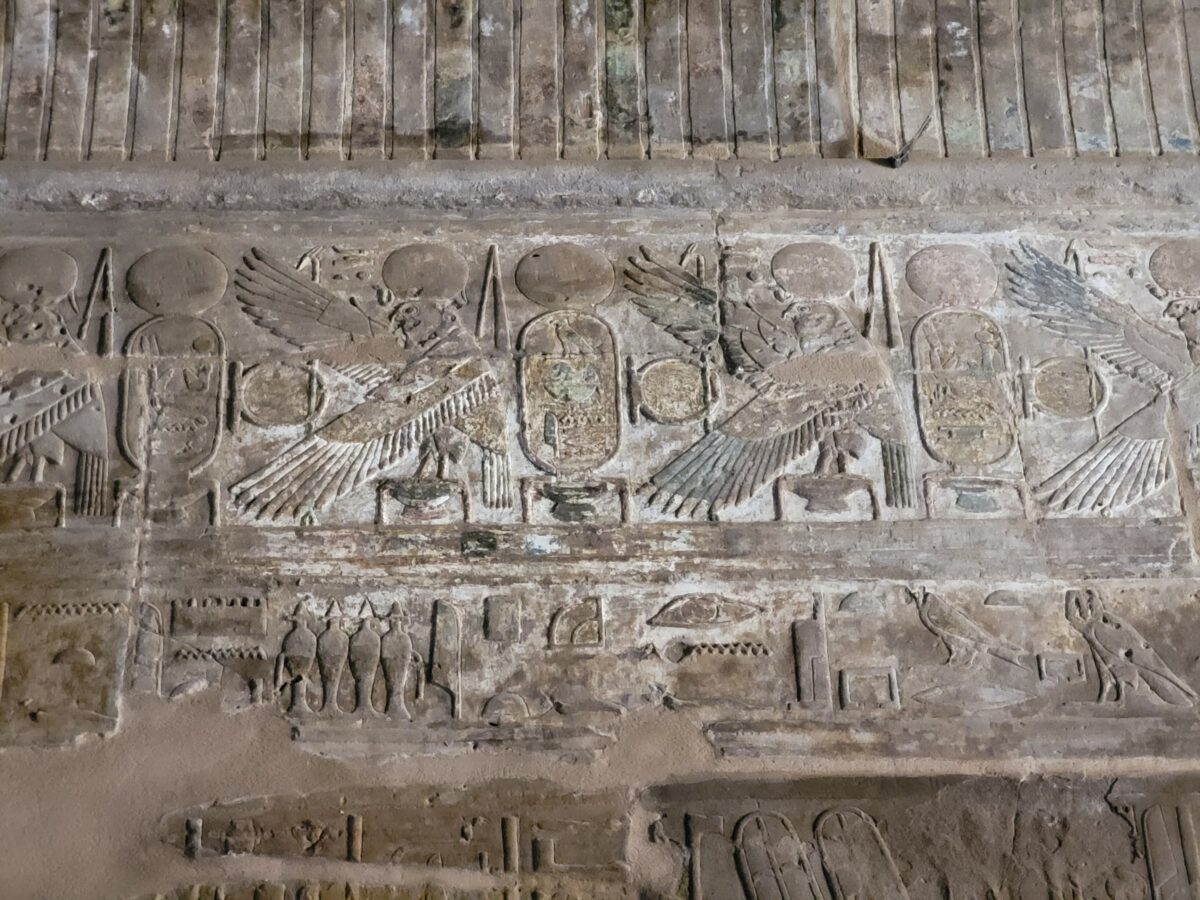
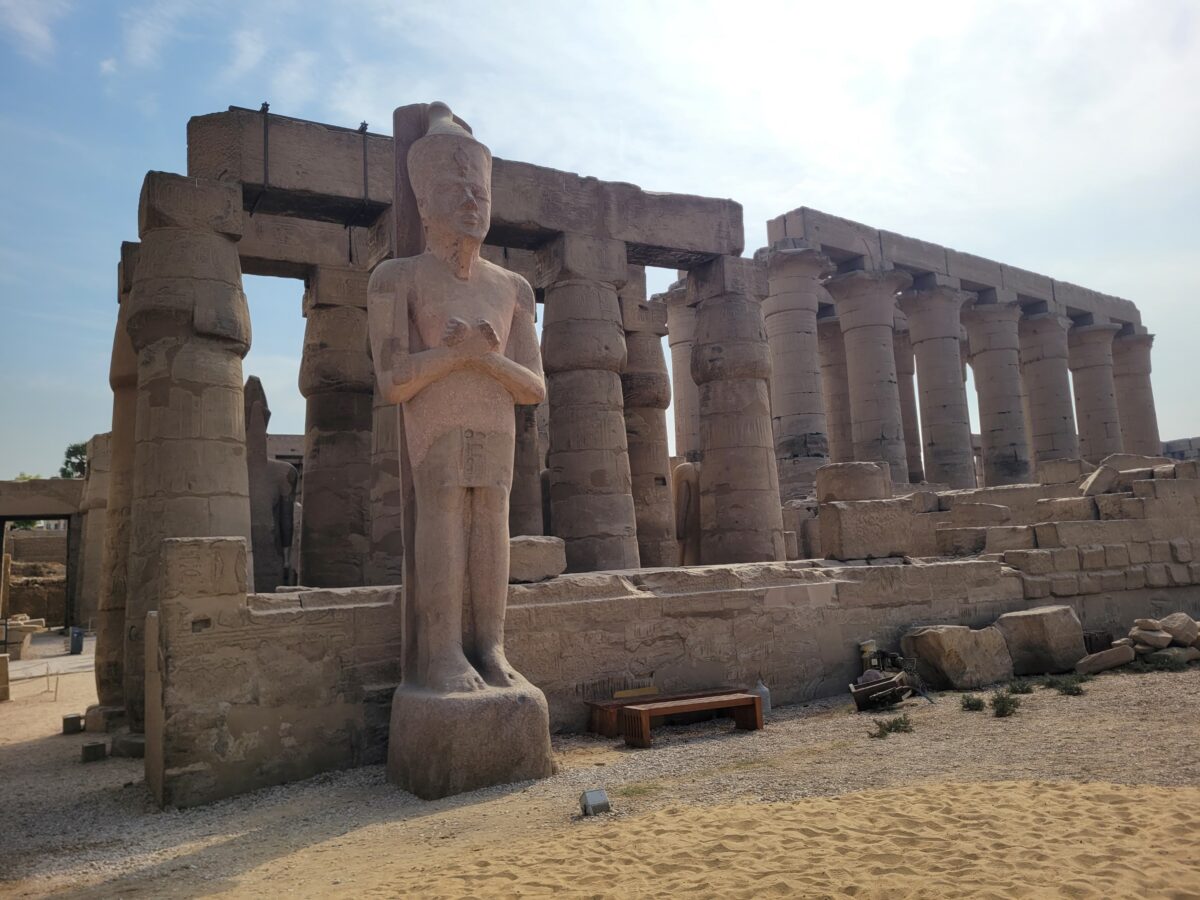
Avenue of Sphinxes
Connecting Luxor Temple to the Karnak Temple complex is the Avenue of Sphinxes, a grand processional way lined with hundreds of sphinx statues. This majestic avenue served as the ceremonial route for religious processions during ancient times and remains a remarkable testament to the grandeur of the New Kingdom.
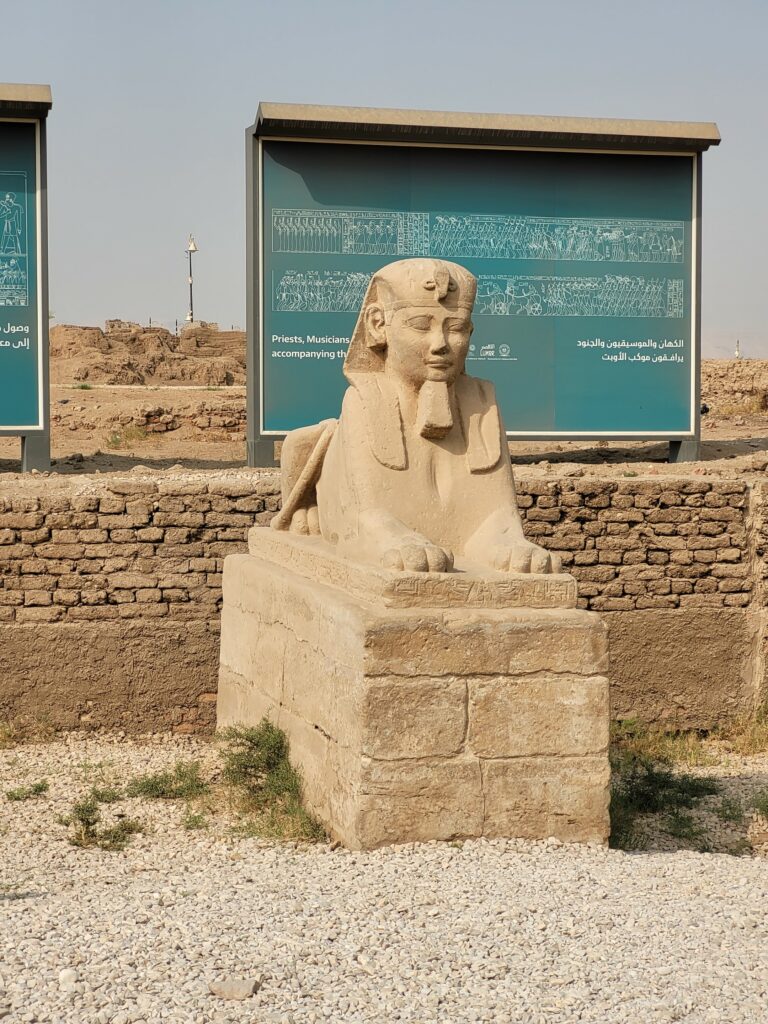
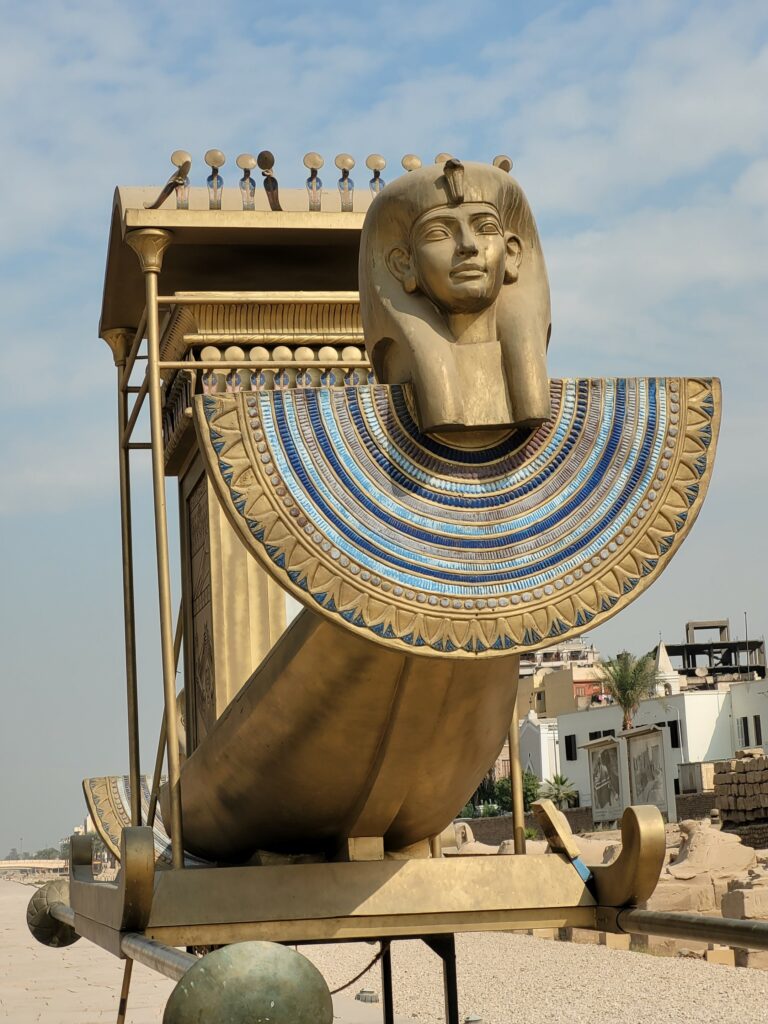
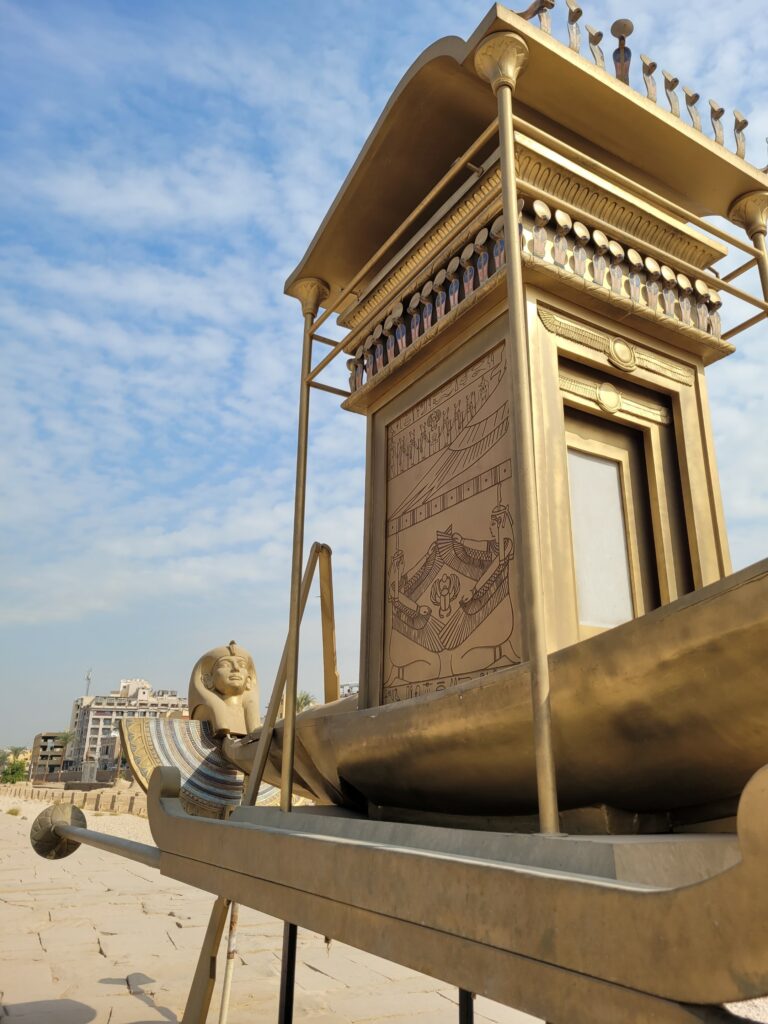
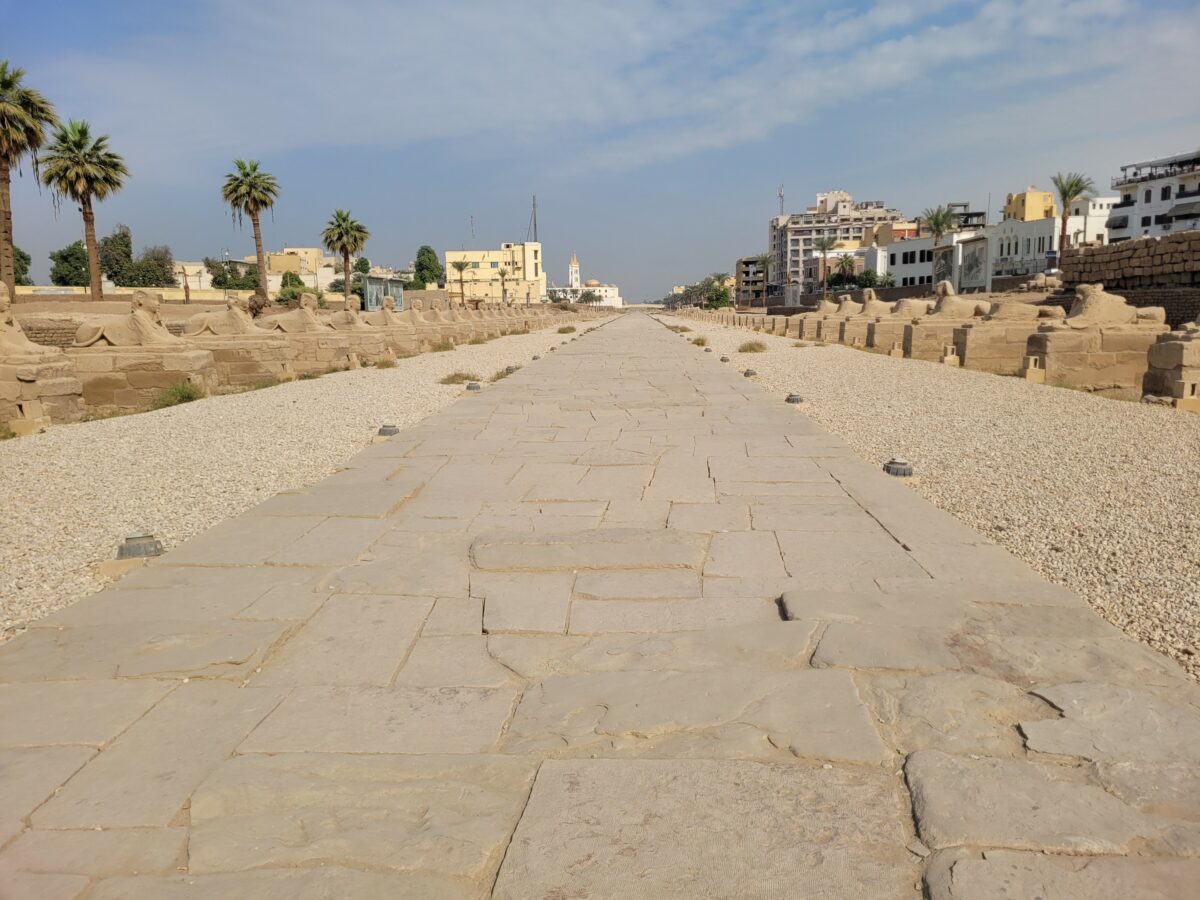
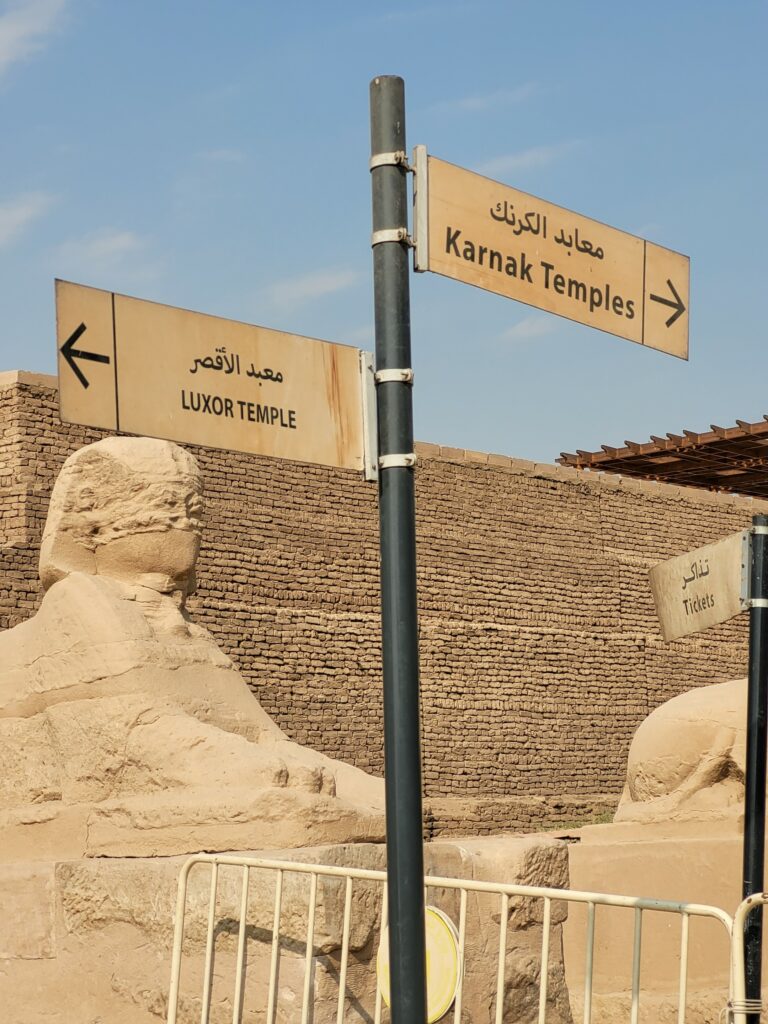
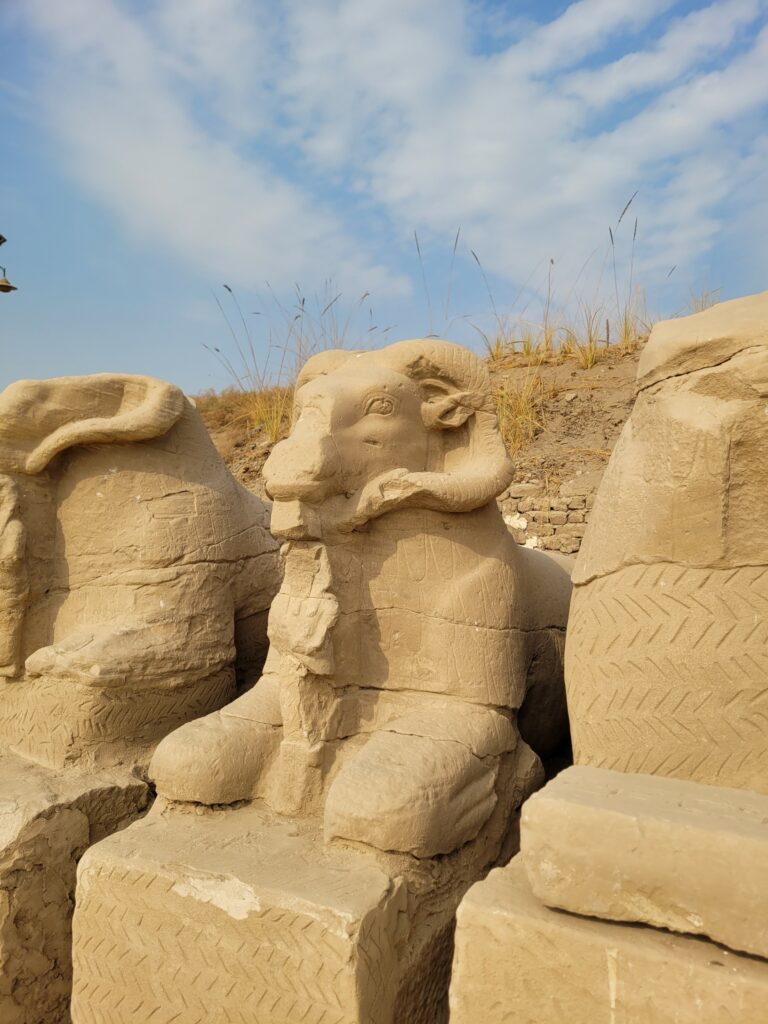
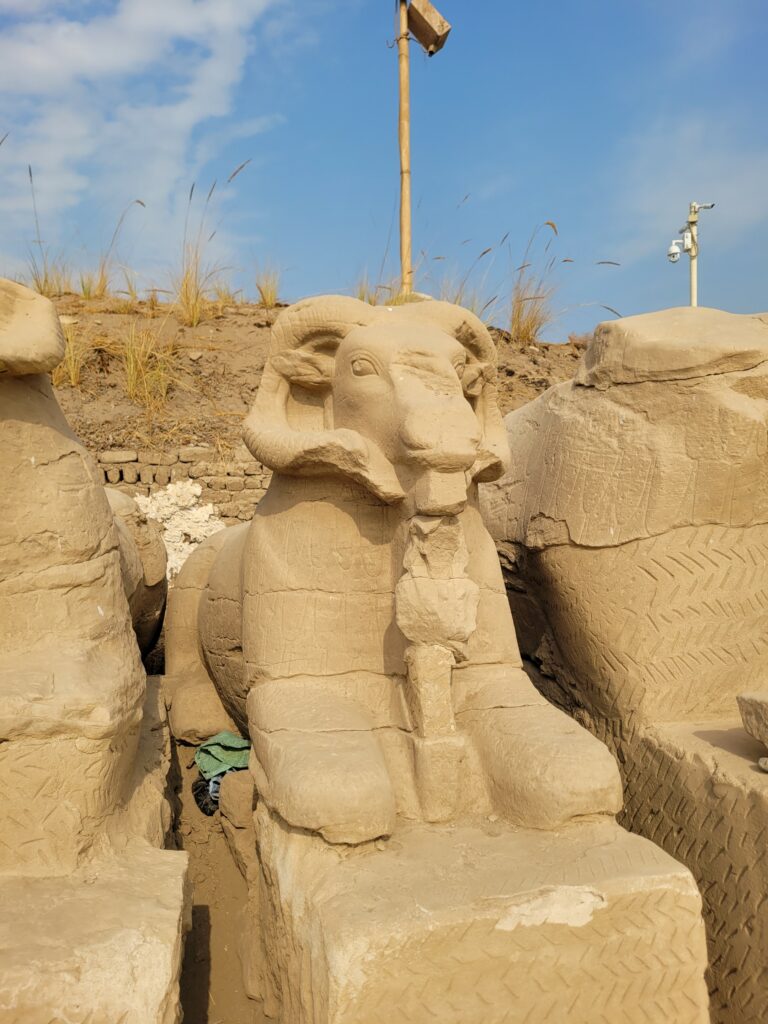
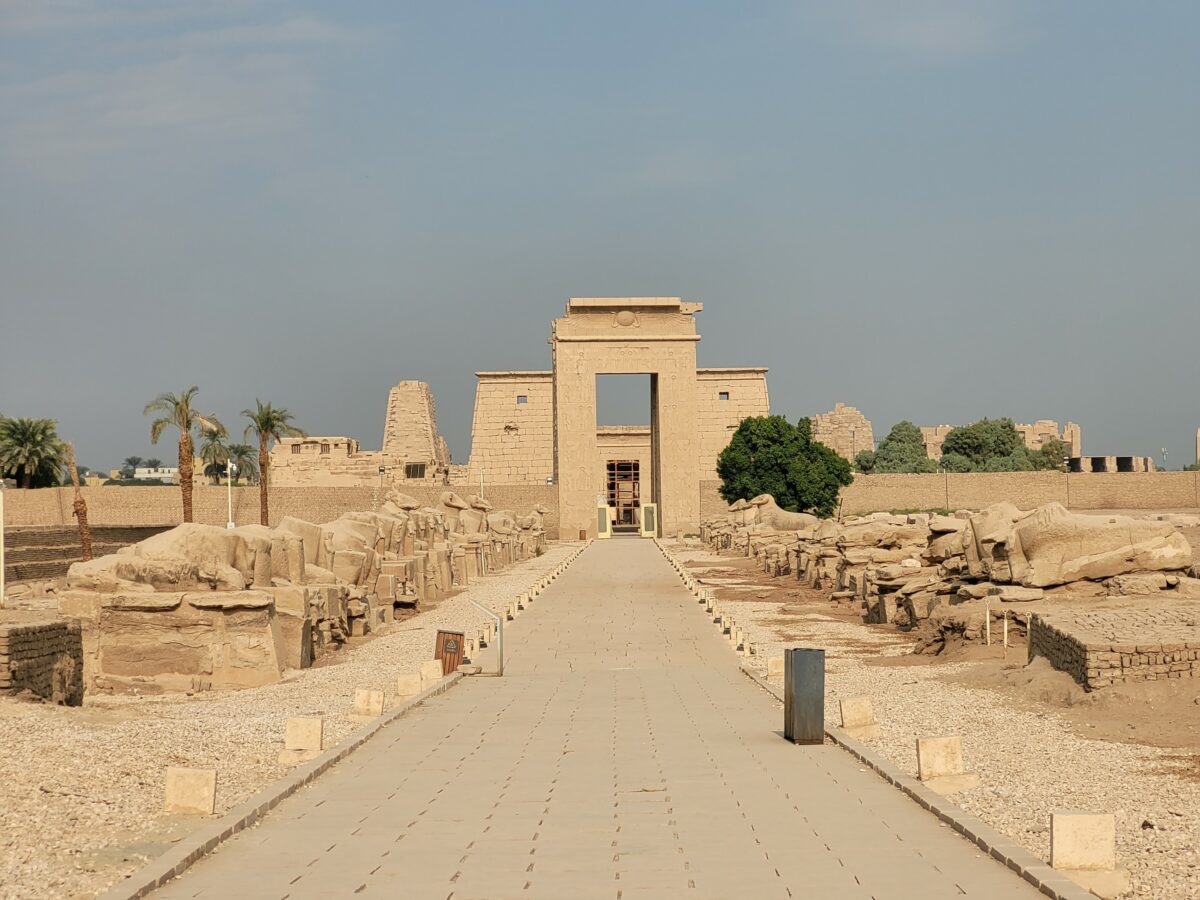
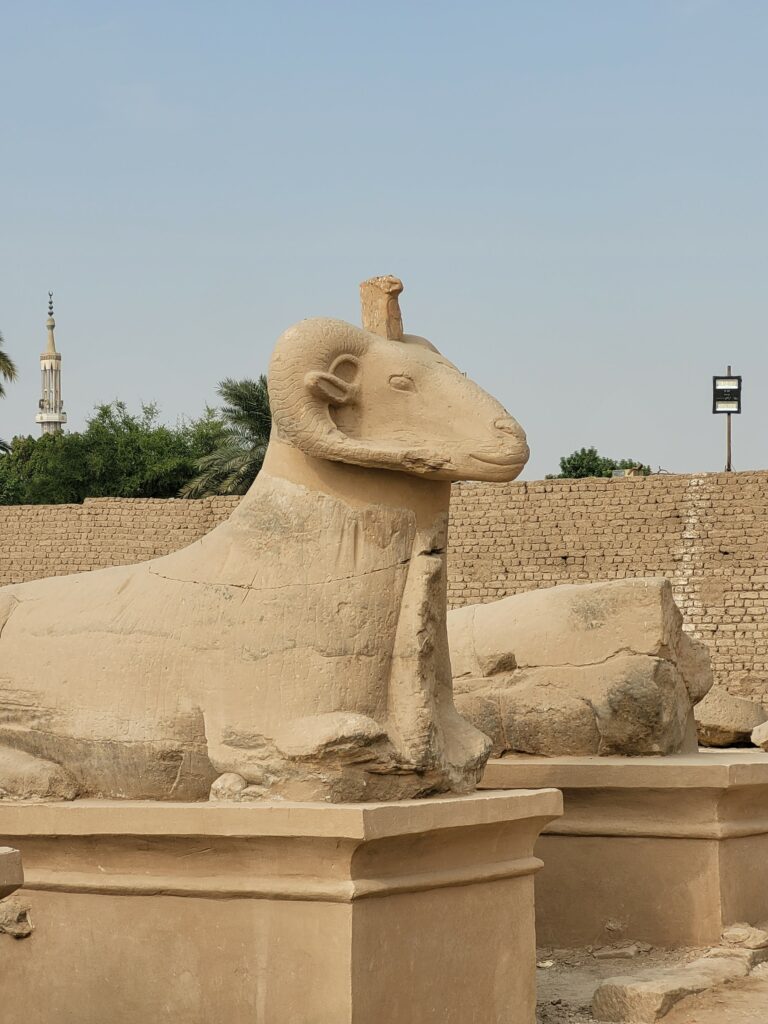
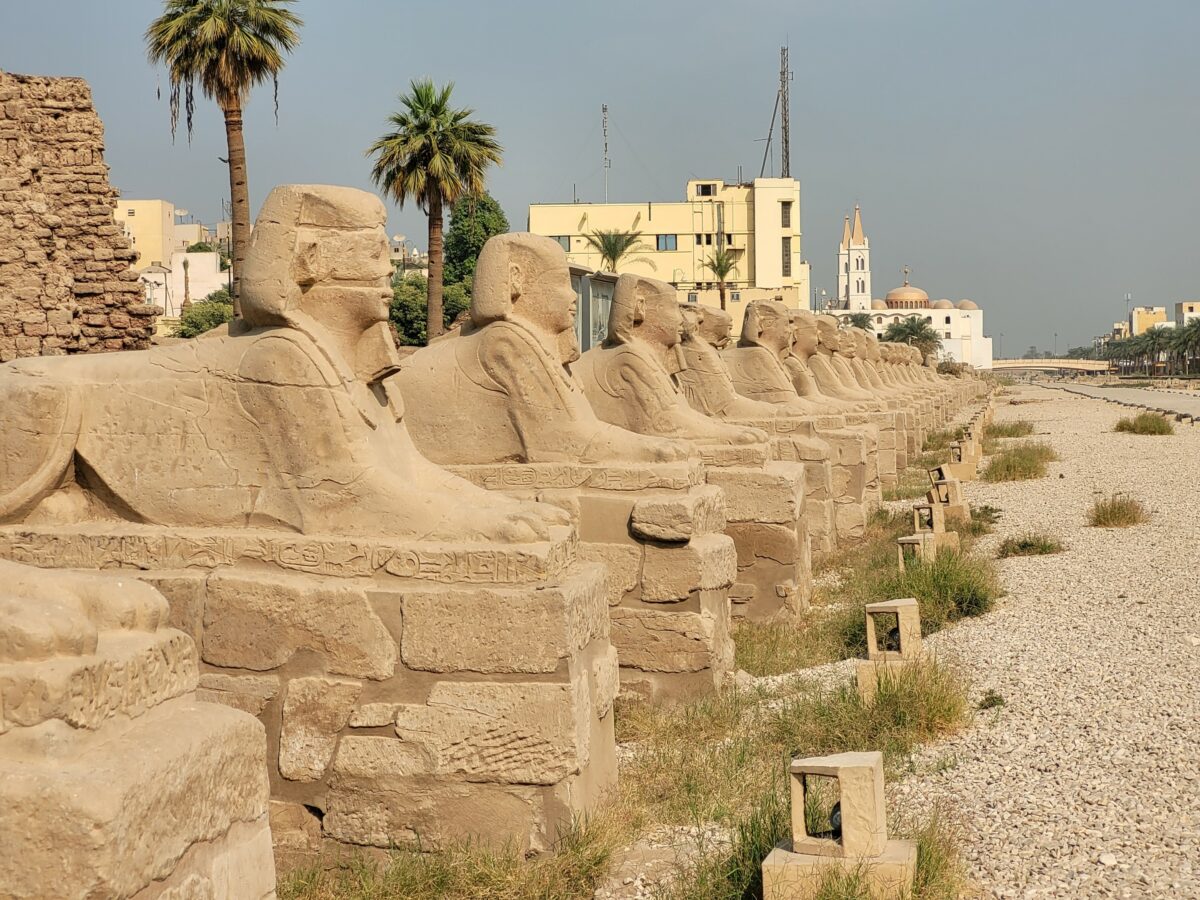
Karnak Temple
Karnak Temple, located just north of Luxor Temple, is the largest ancient religious site in the world and a UNESCO World Heritage Site. This vast complex was dedicated to the god Amun and served as the religious center of ancient Egypt for over 2,000 years. Highlights of Karnak include the Great Hypostyle Hall, the Avenue of Sphinxes, and the sacred lake. Visitors can spend hours exploring the intricacies of the temple, marveling at its colossal statues, towering obelisks, and beautifully carved reliefs.
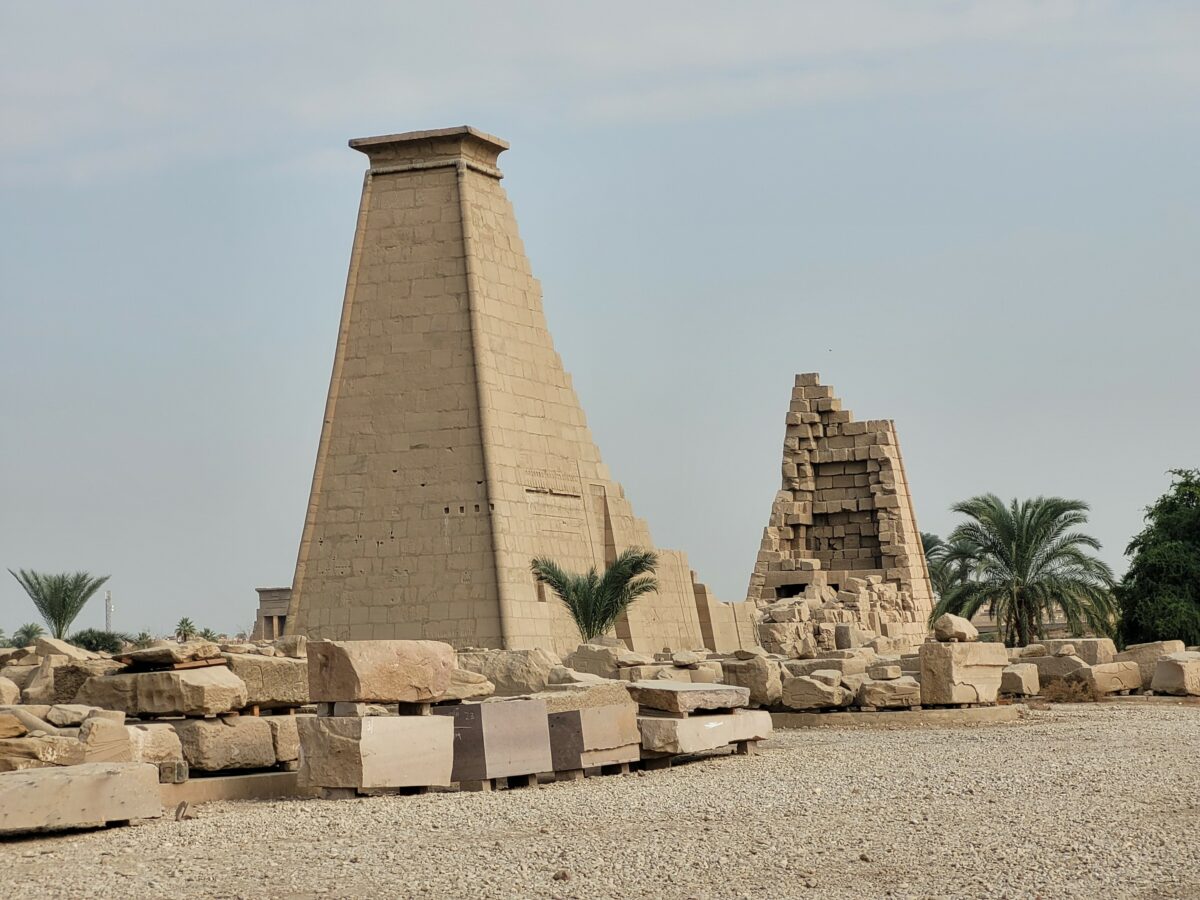
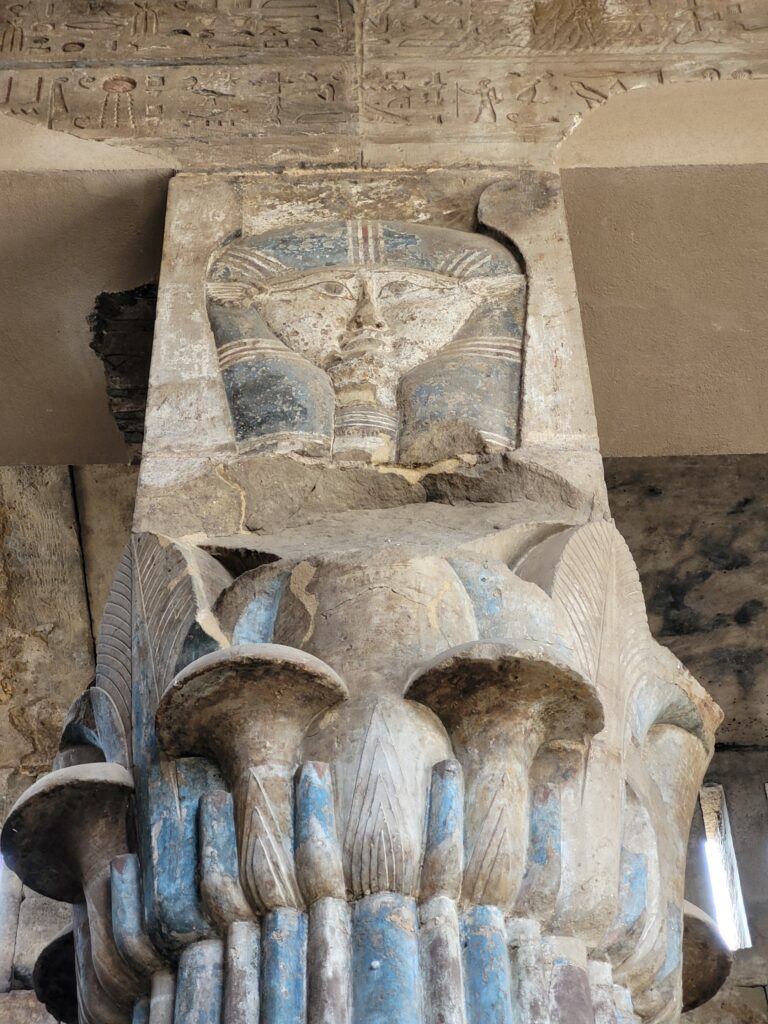
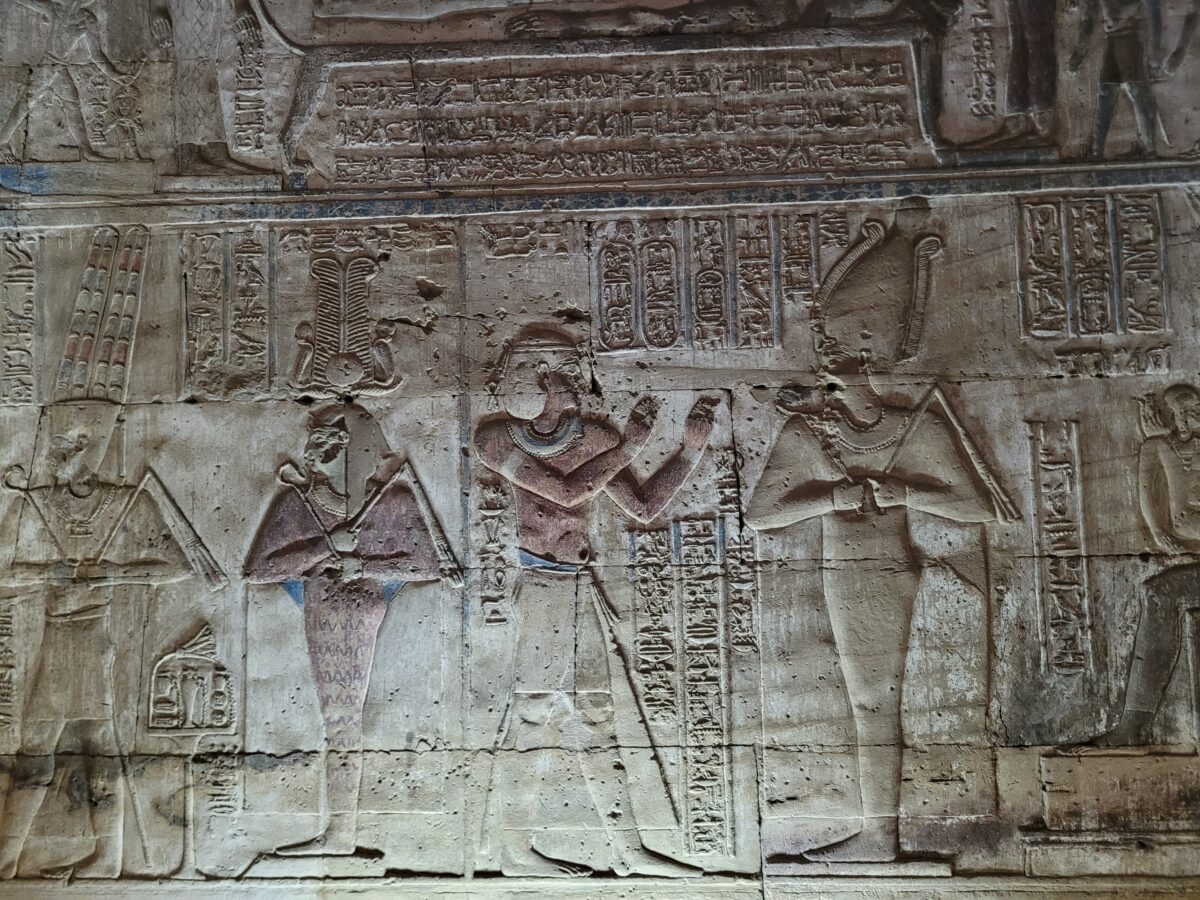
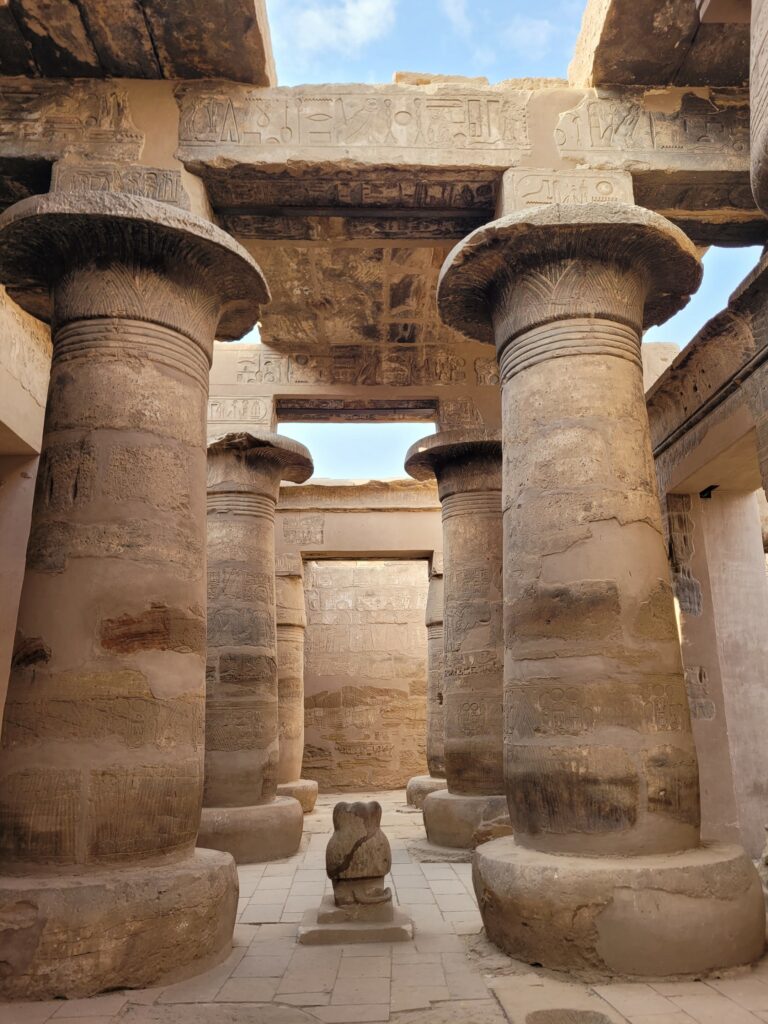
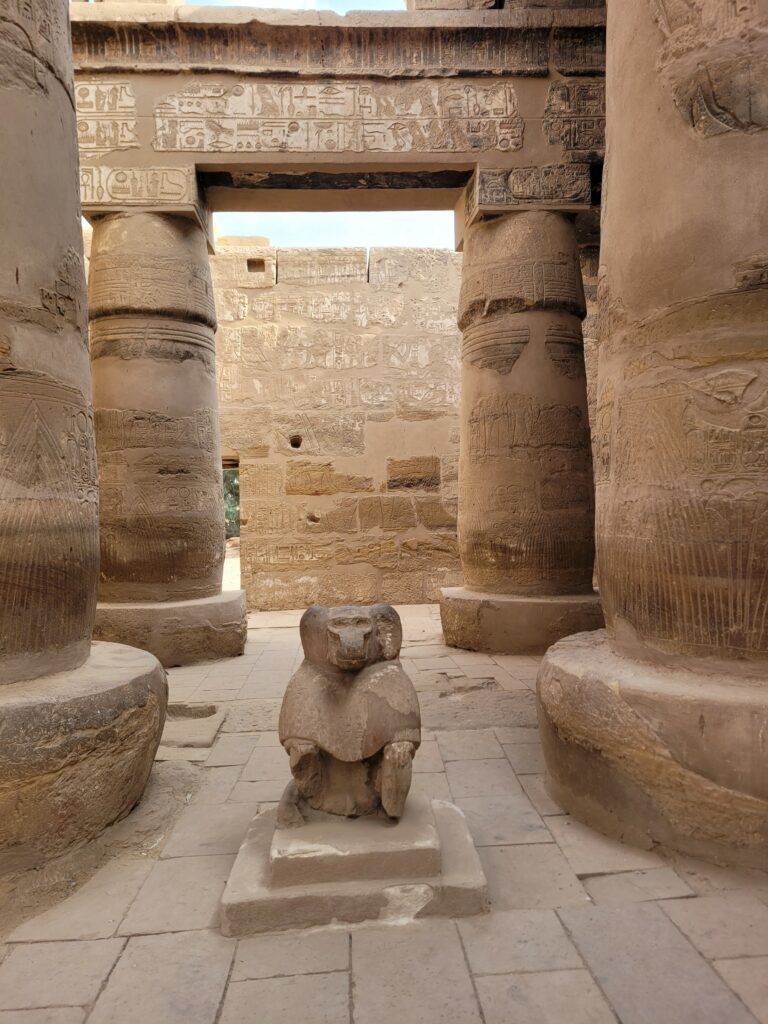
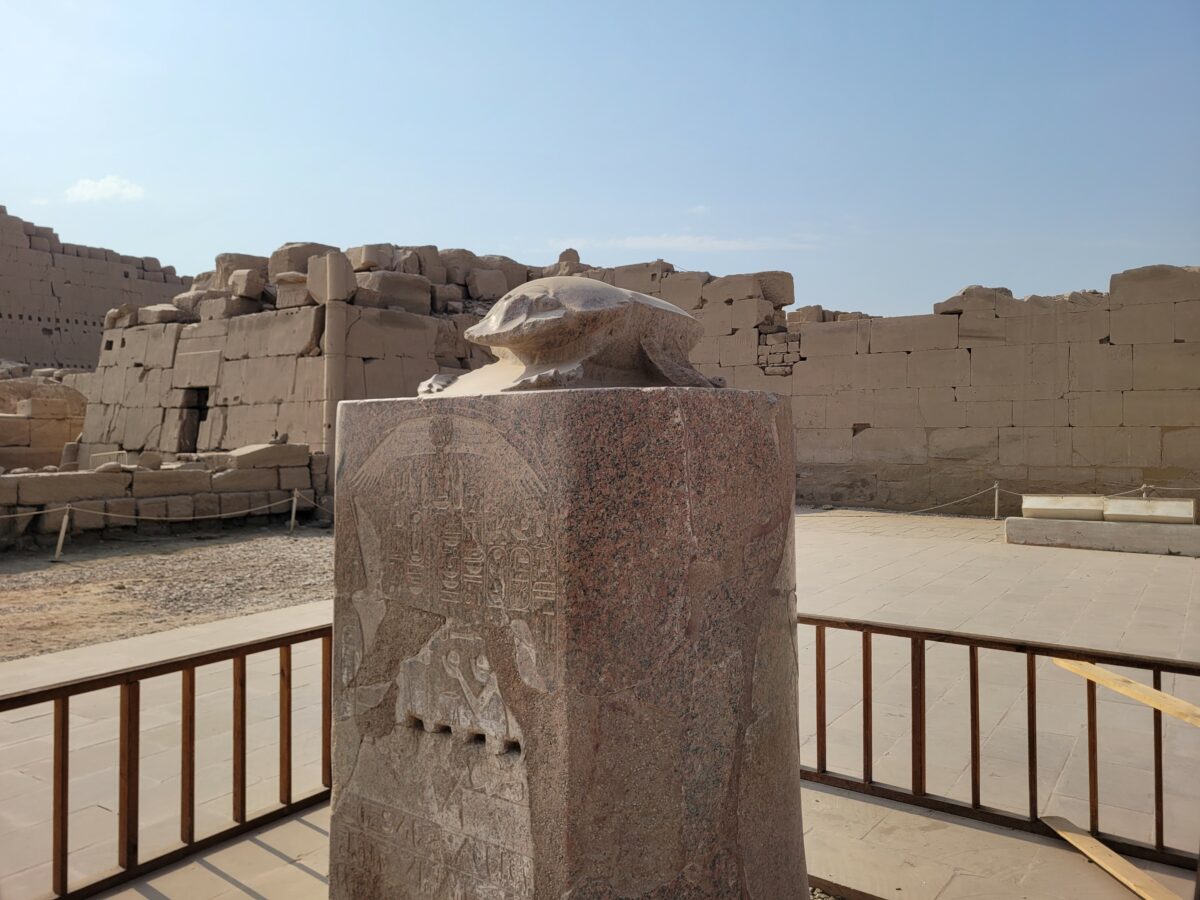
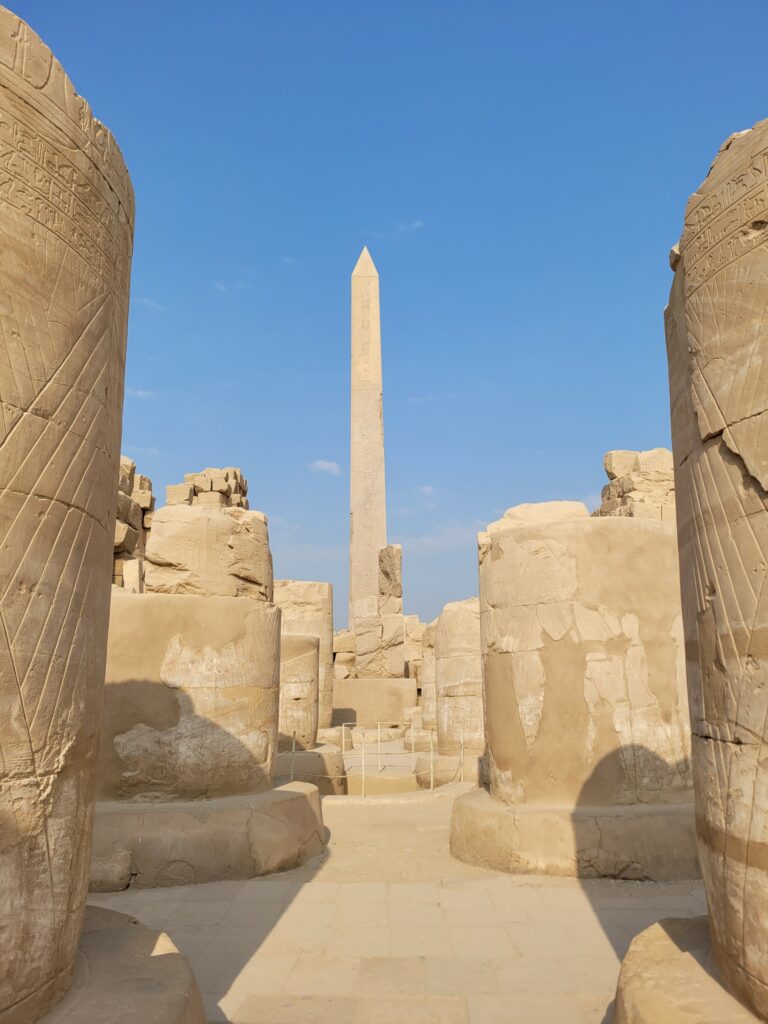
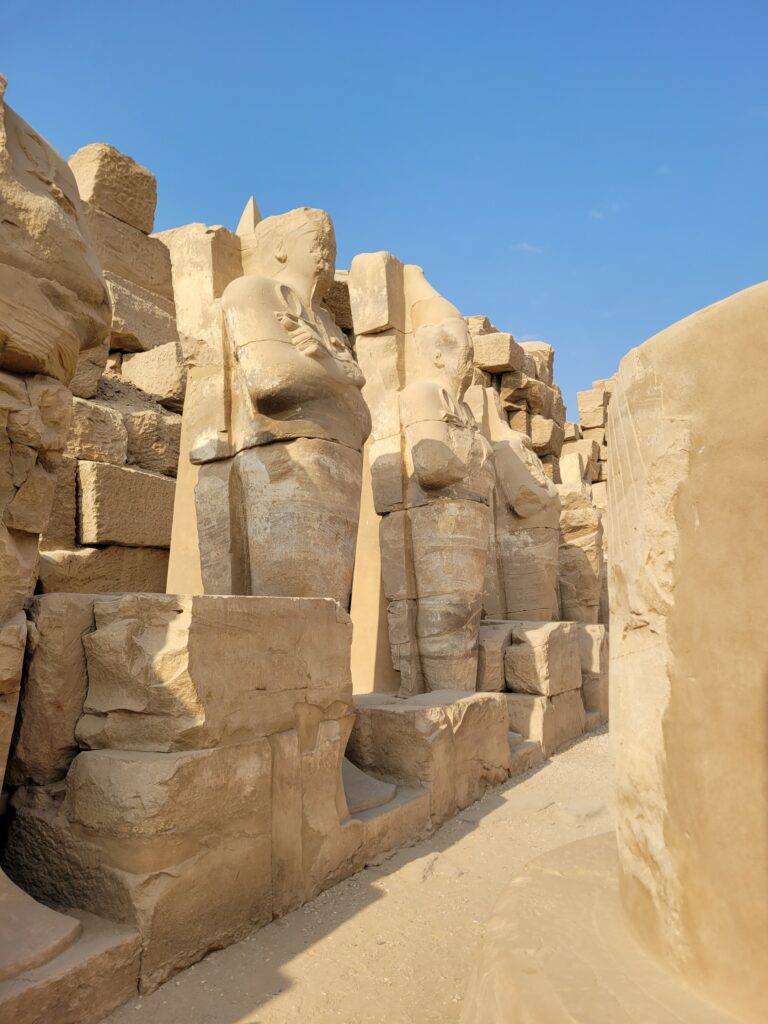
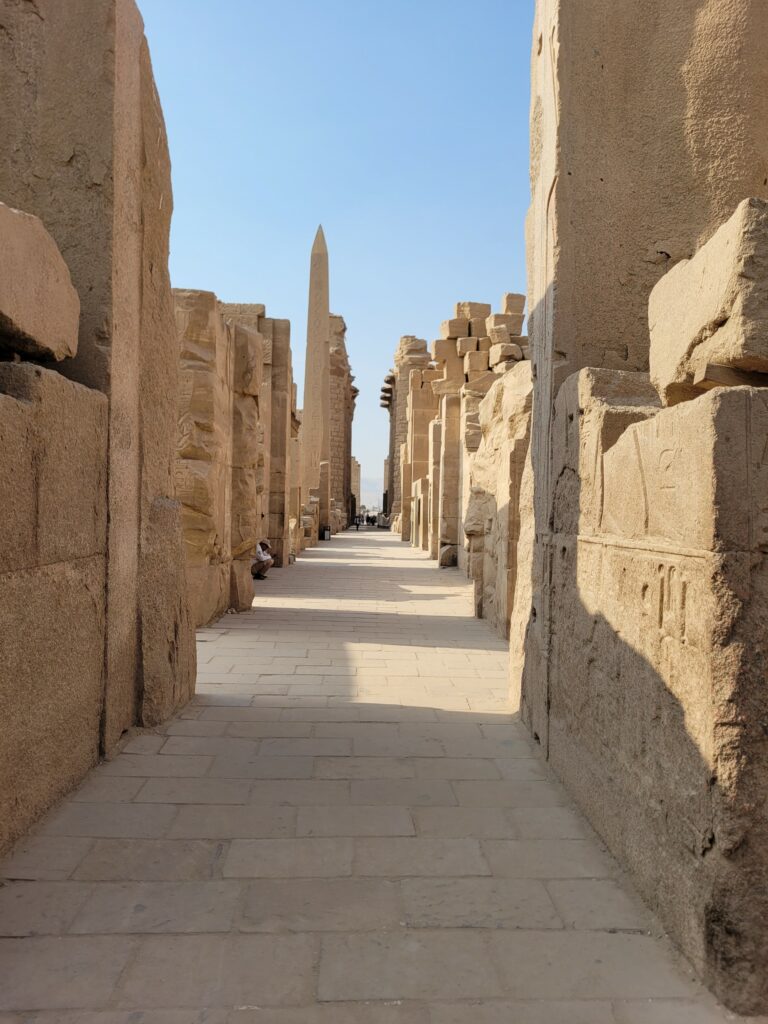
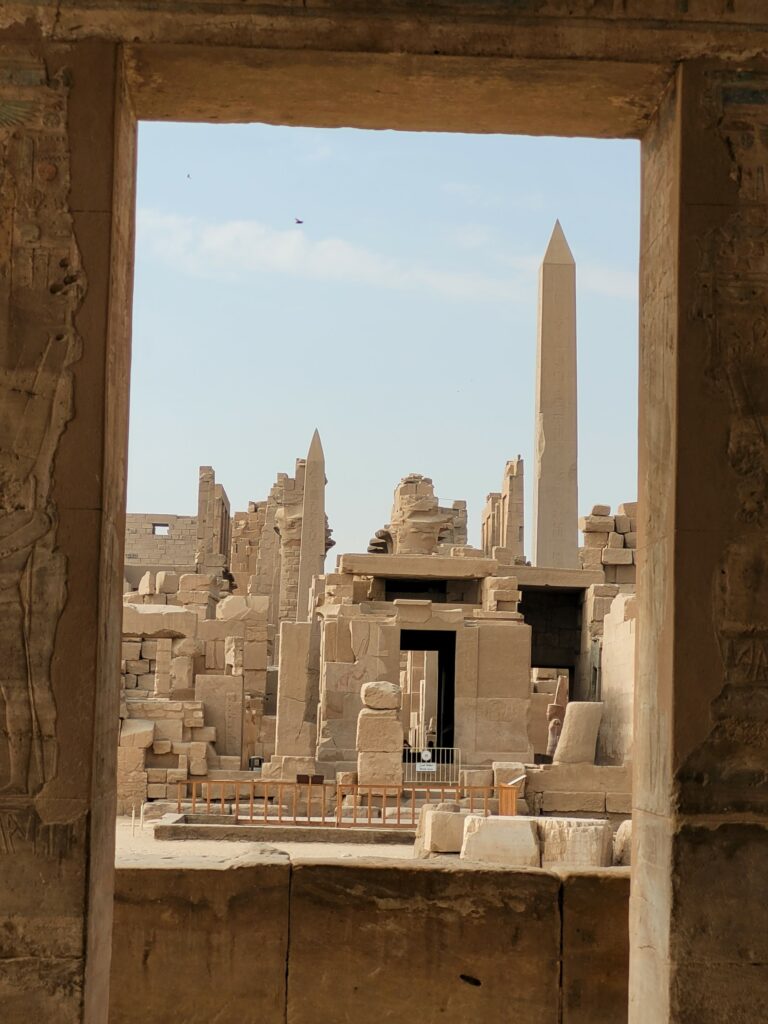
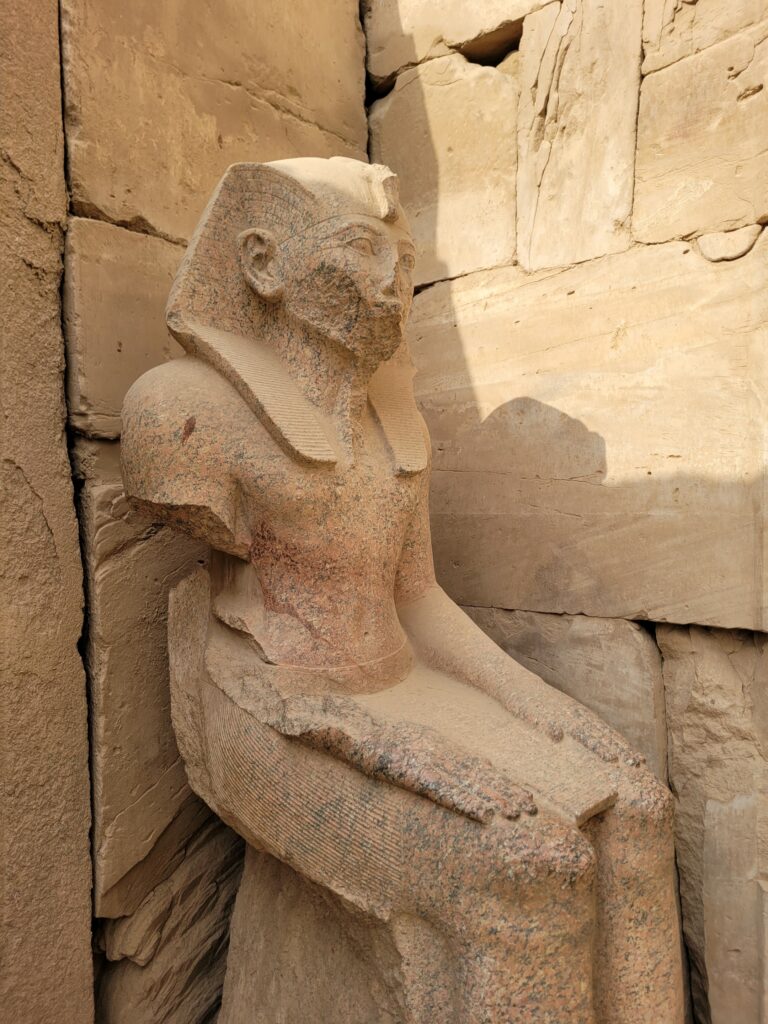
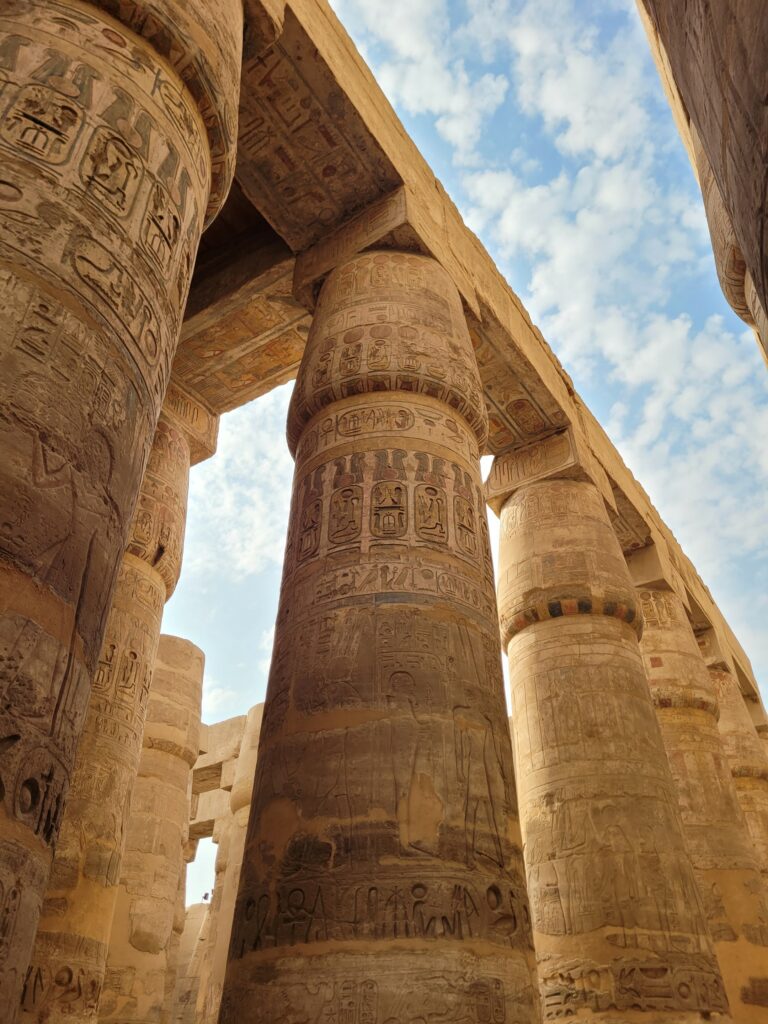
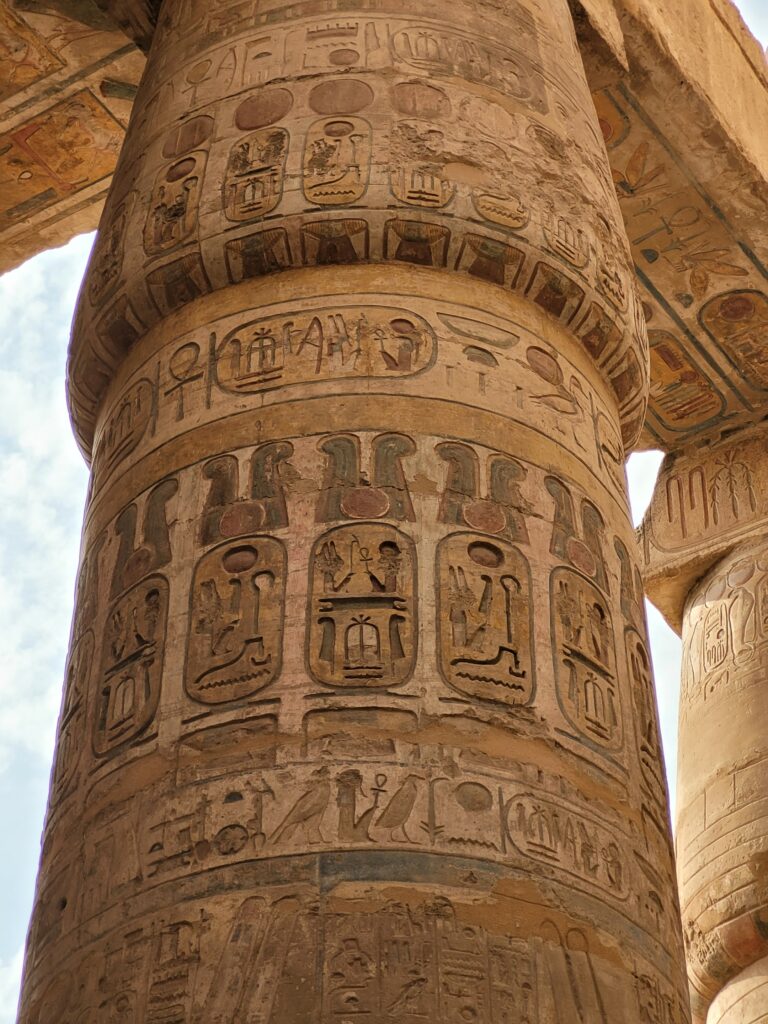
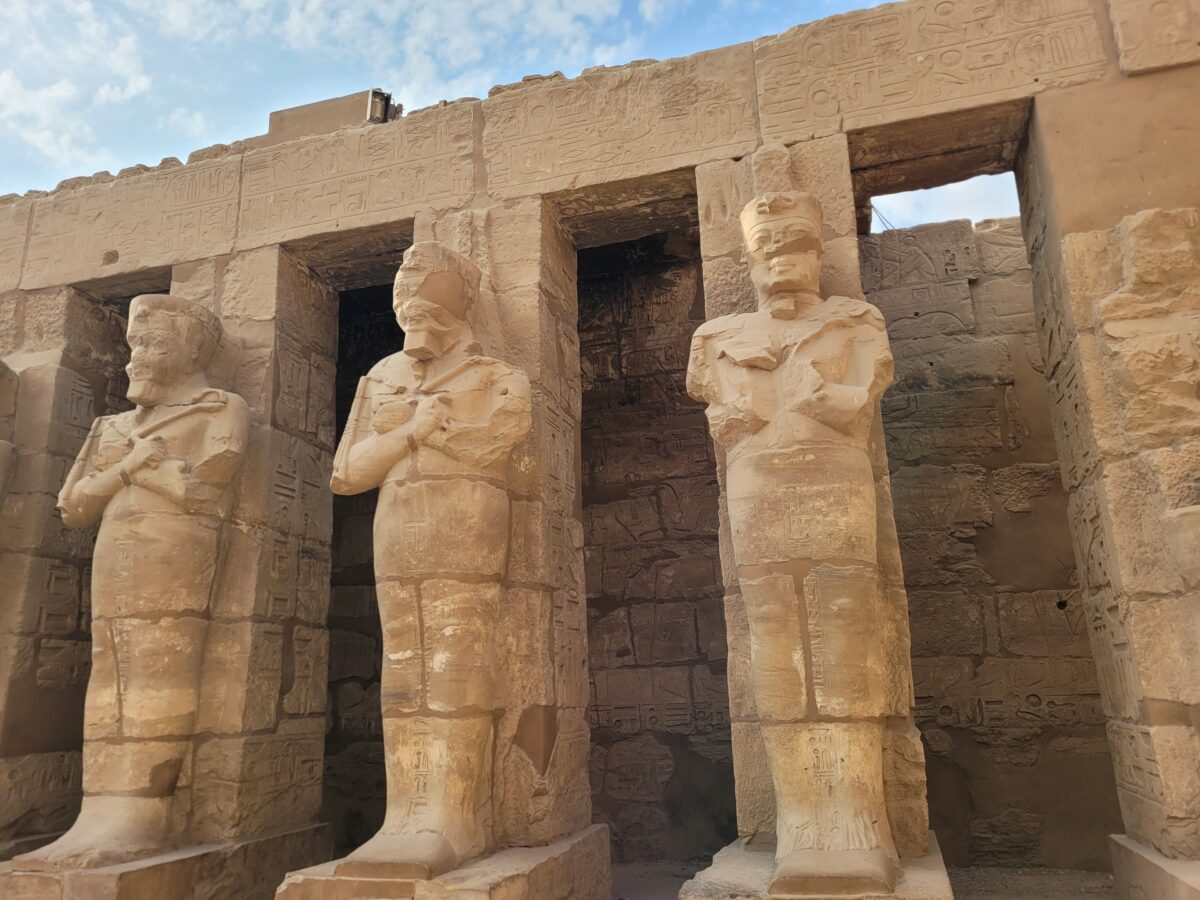

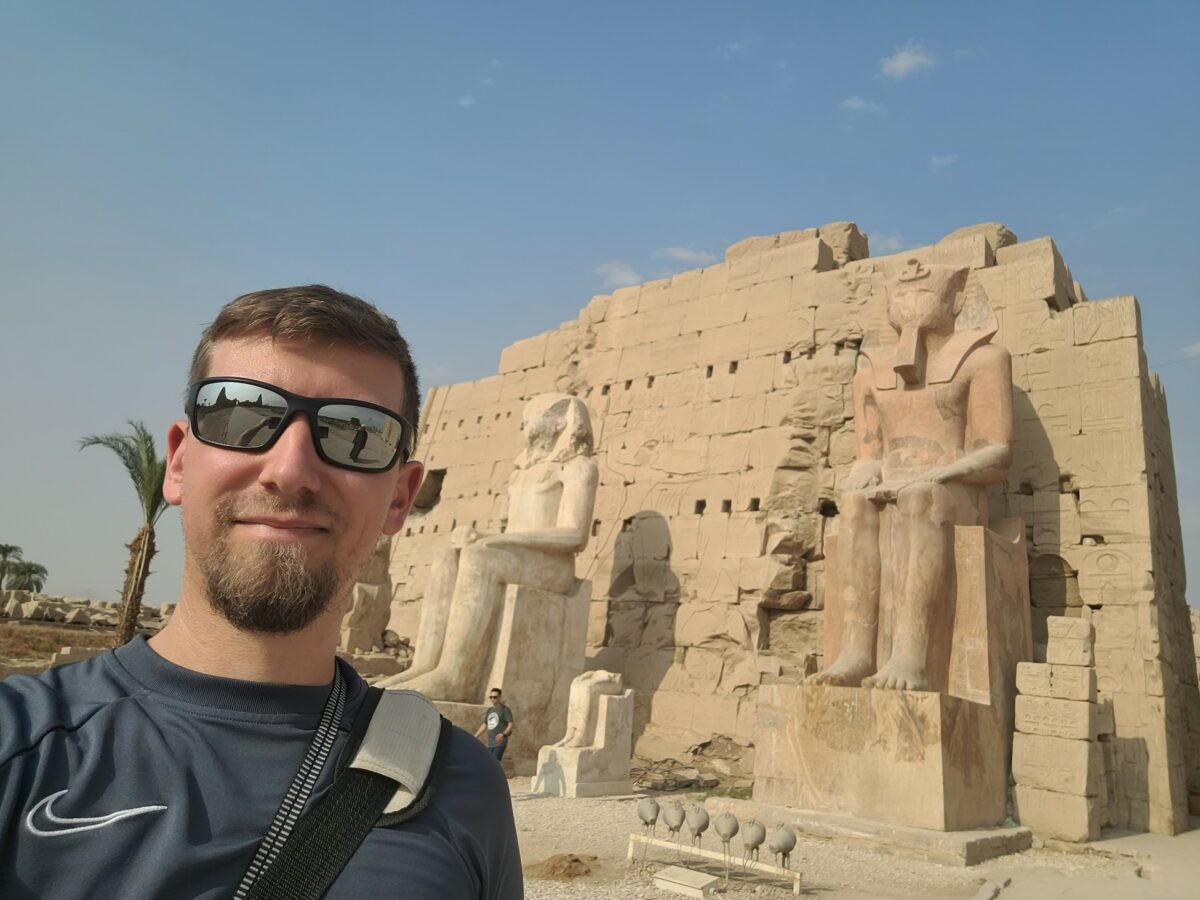
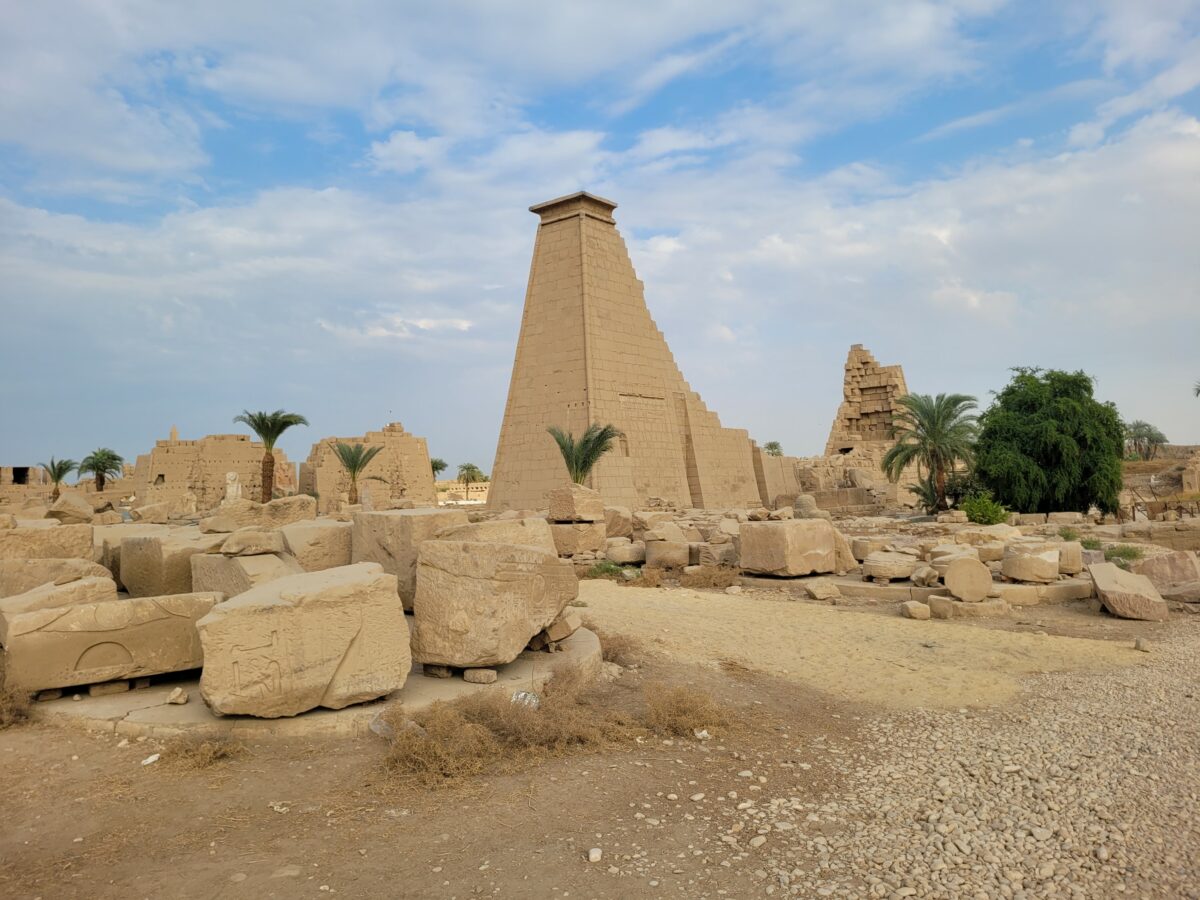
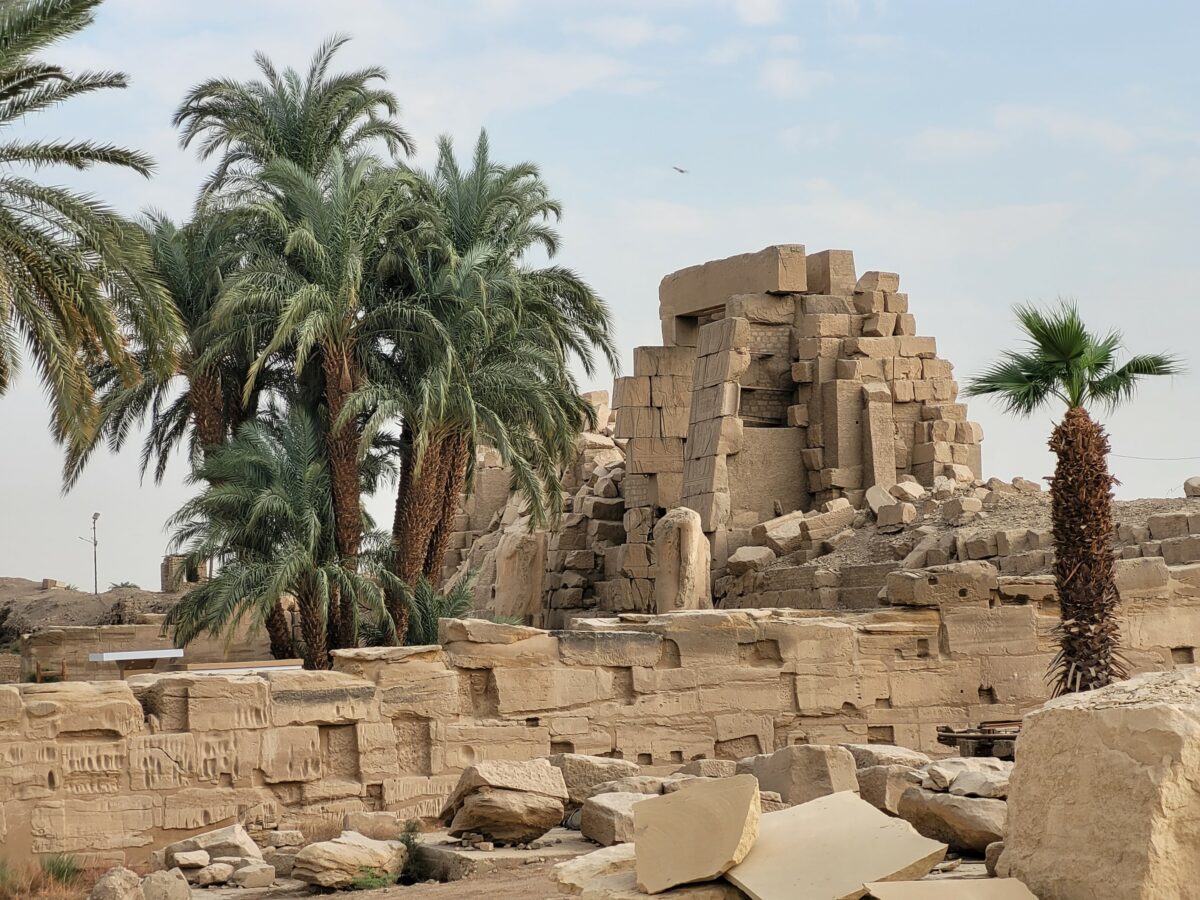
Luxor Museum
For those seeking a deeper understanding of Luxor’s rich history and cultural heritage, the Luxor Museum is a must-visit destination. This modern museum houses an impressive collection of artifacts from Luxor and its surrounding areas, including statues, reliefs, jewelry, and mummies. Highlights of the museum include the meticulously restored statues of Amenhotep III and Tutankhamun, as well as the intricately decorated coffin of Ahmose I.
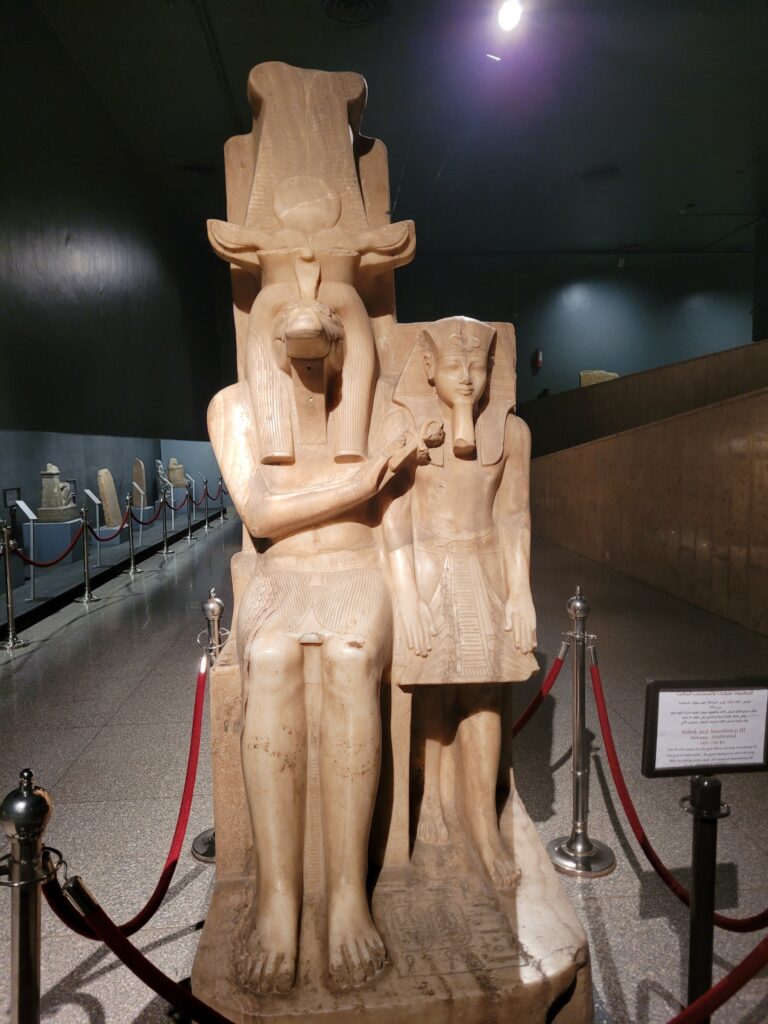
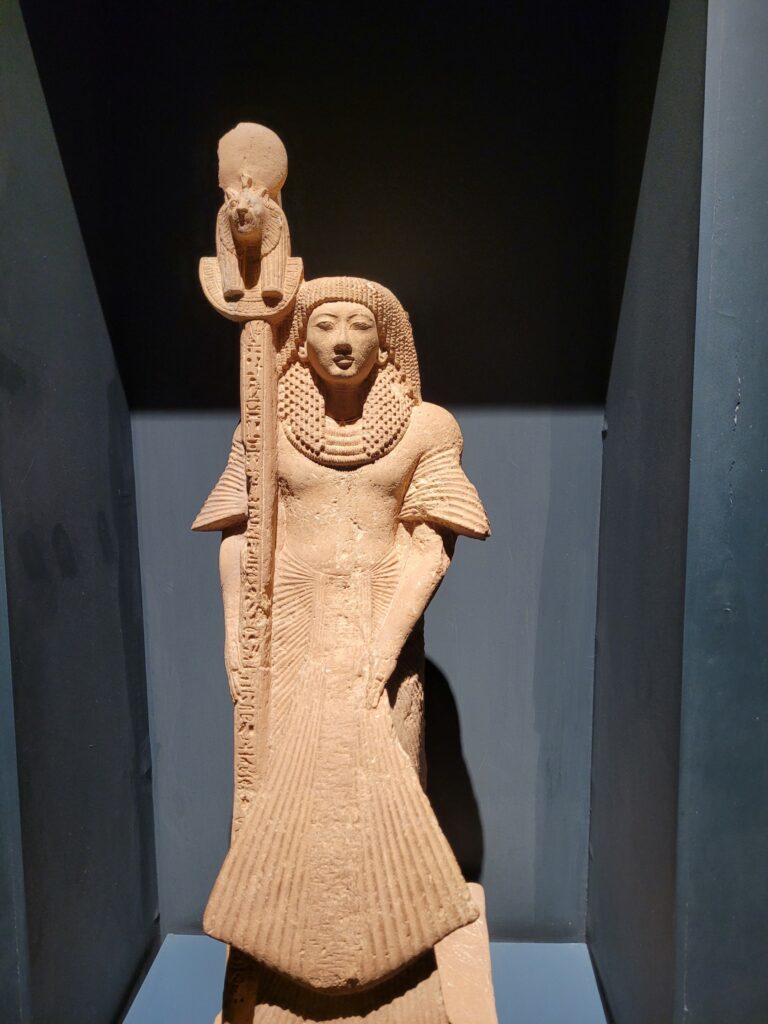
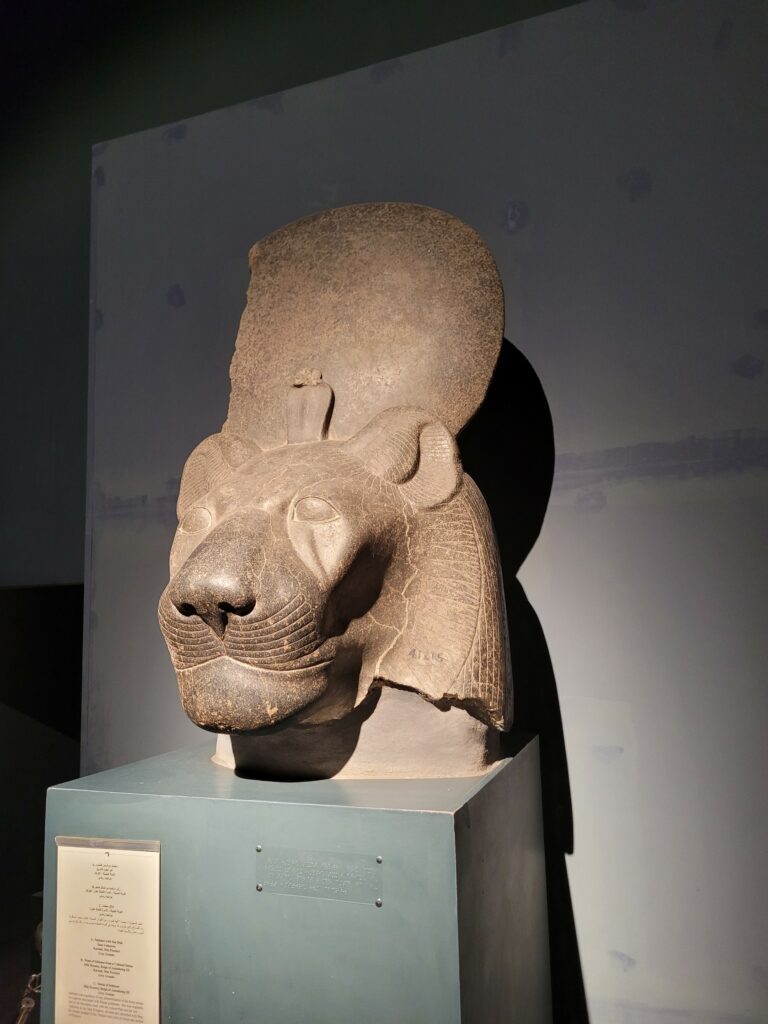
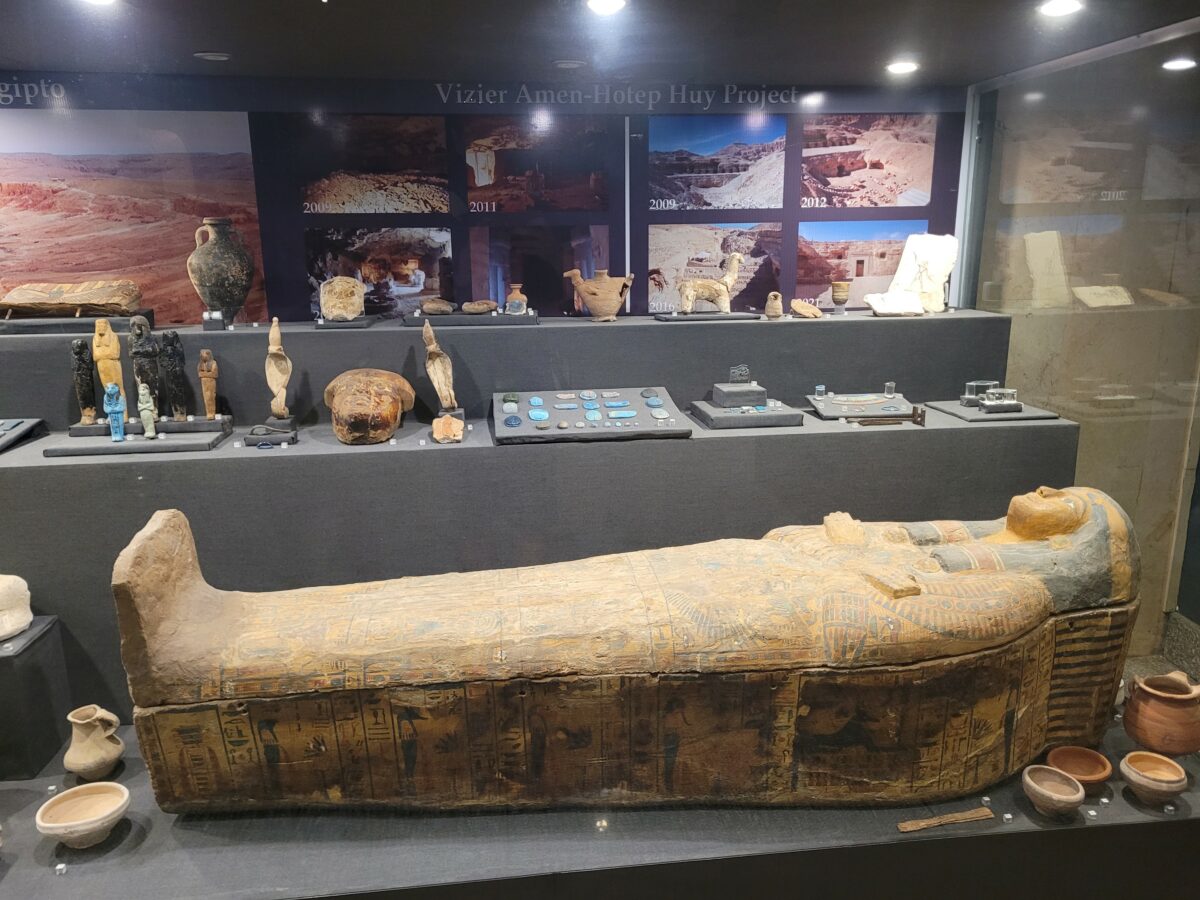
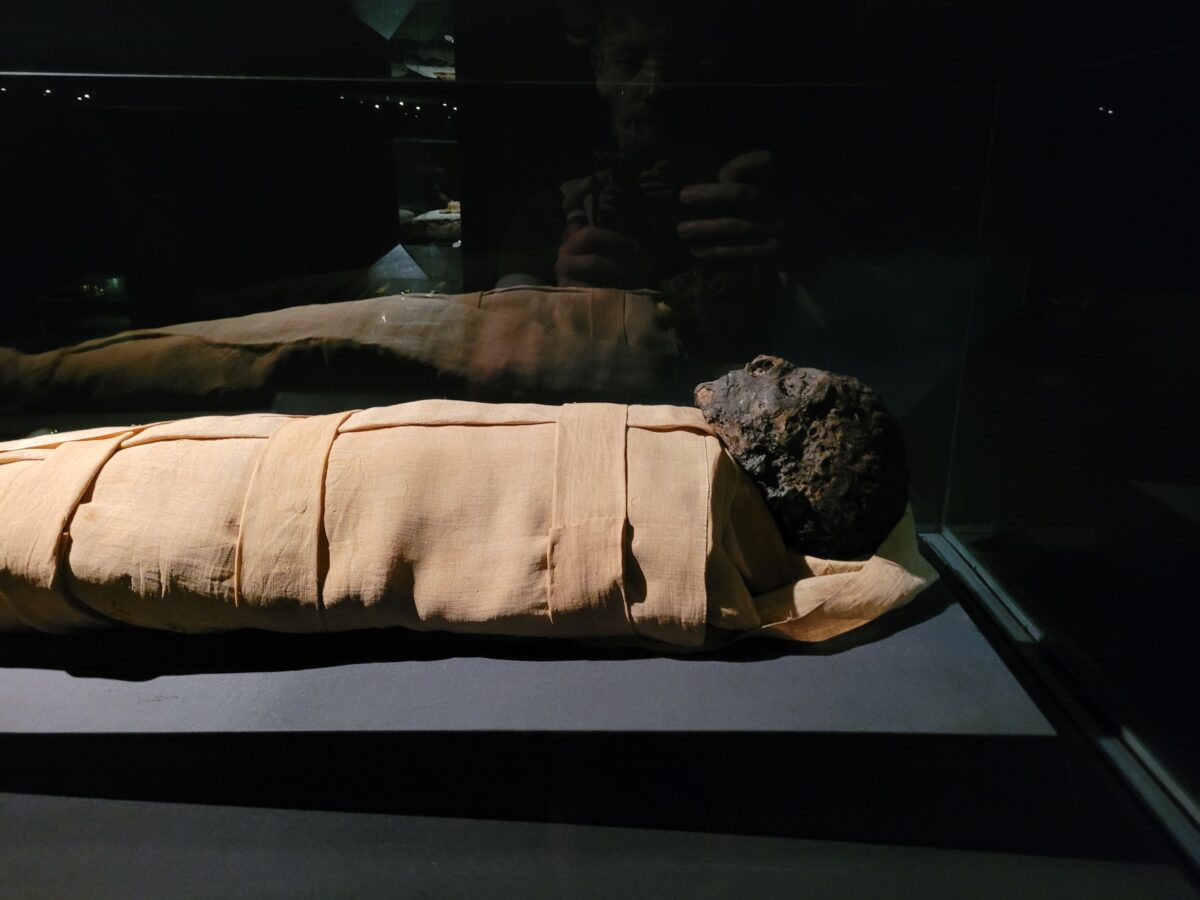
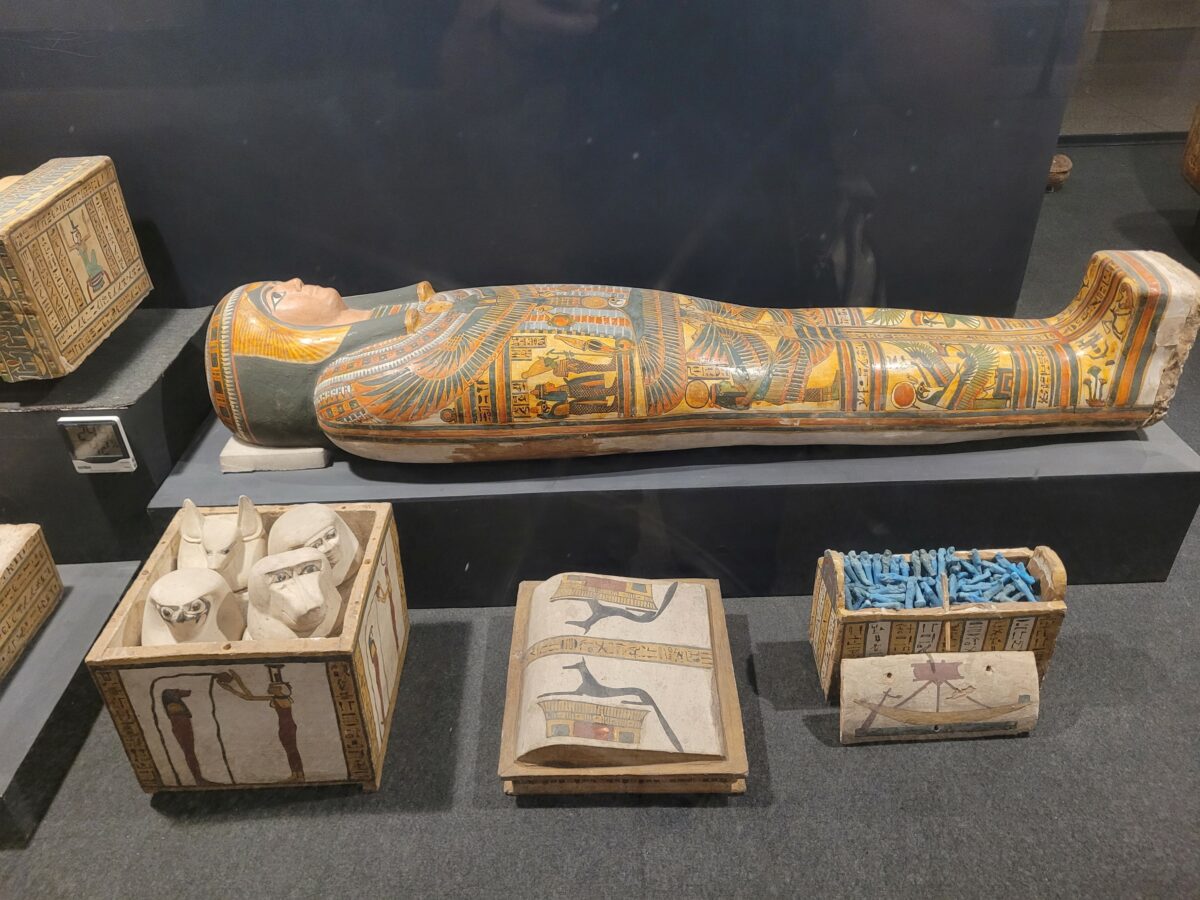
Hot Air Balloon
For a truly unforgettable experience, visitors can take to the skies with a hot air balloon ride over Luxor’s iconic landmarks. From high above, passengers can enjoy breathtaking panoramic views of the Nile River, the Valley of the Kings and Queens, the temples of Karnak and Luxor, and the surrounding desert landscape. It’s a magical way to experience the beauty and grandeur of Luxor from a unique perspective.
